Welcome!
I’m an architectural photographer.
On my van-life travels through the British Isles I’m building up a word and photo-hoard of material culture that celebrates our built heritage and contributes to a sense of place.
My van is my time-machine, it gives me fresh perspectives on our remarkable places, shared here on a weekly basis.📸🚐🏛
Your email might cut off this digest. You can go online to view it all.
Photo-hoard
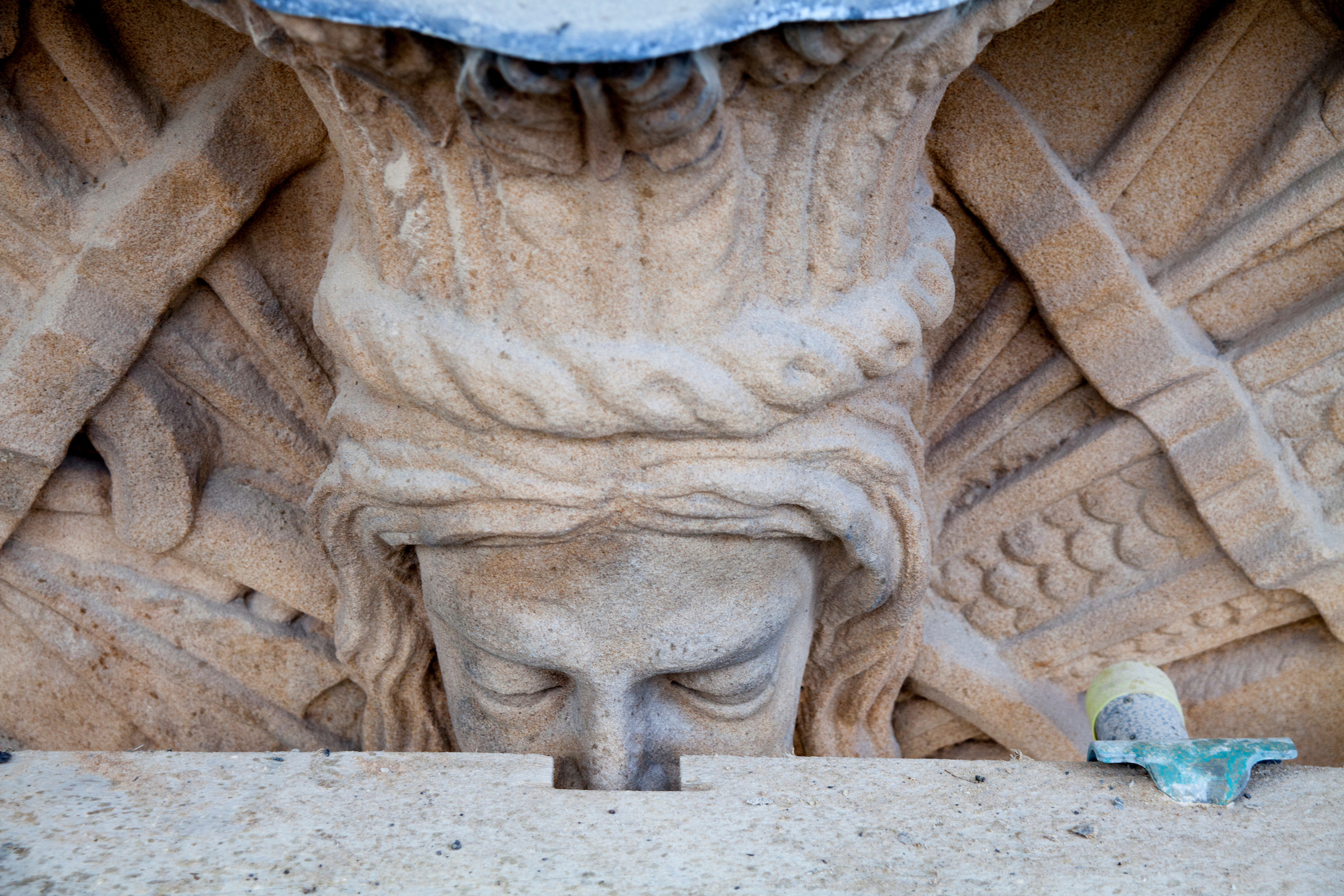
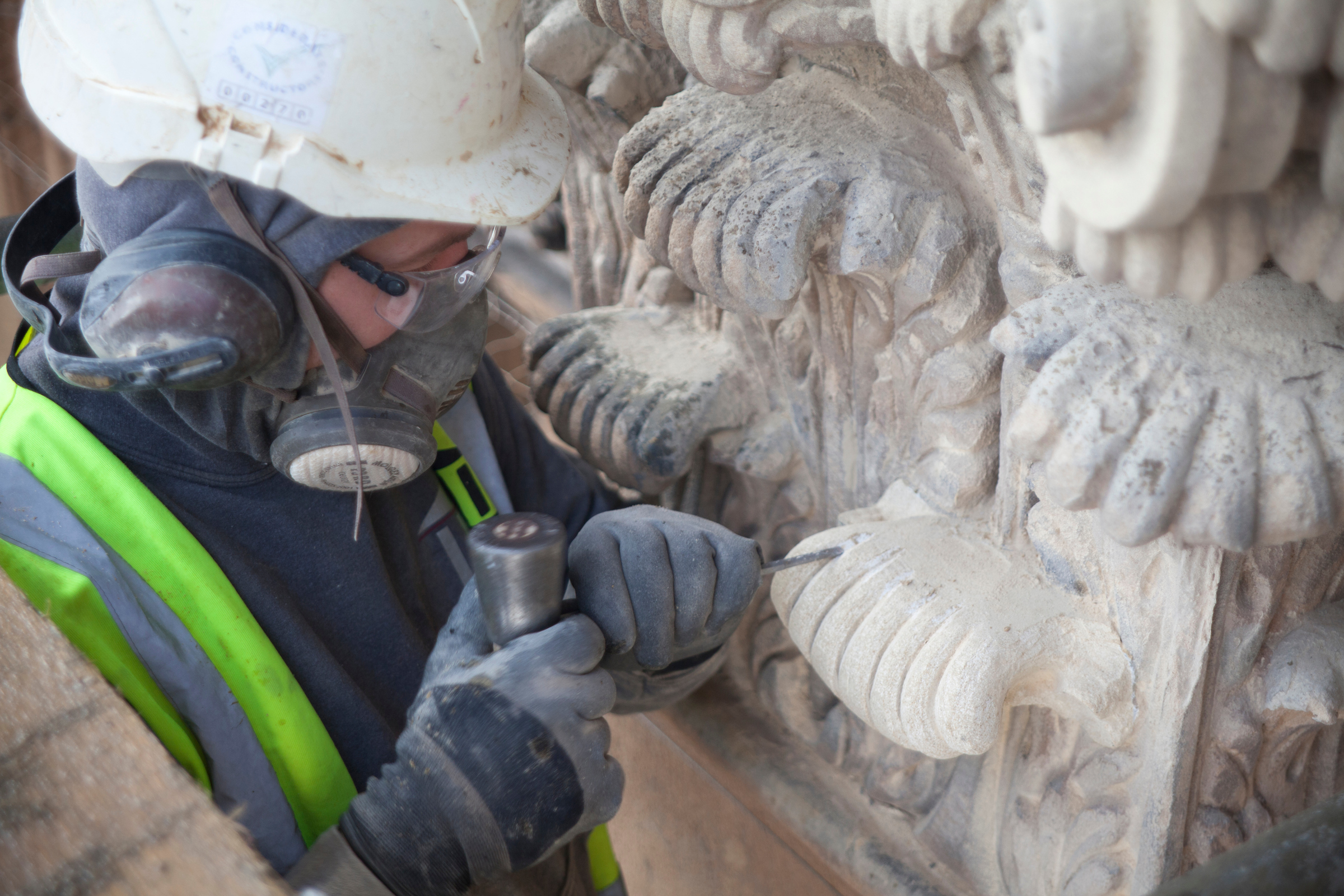
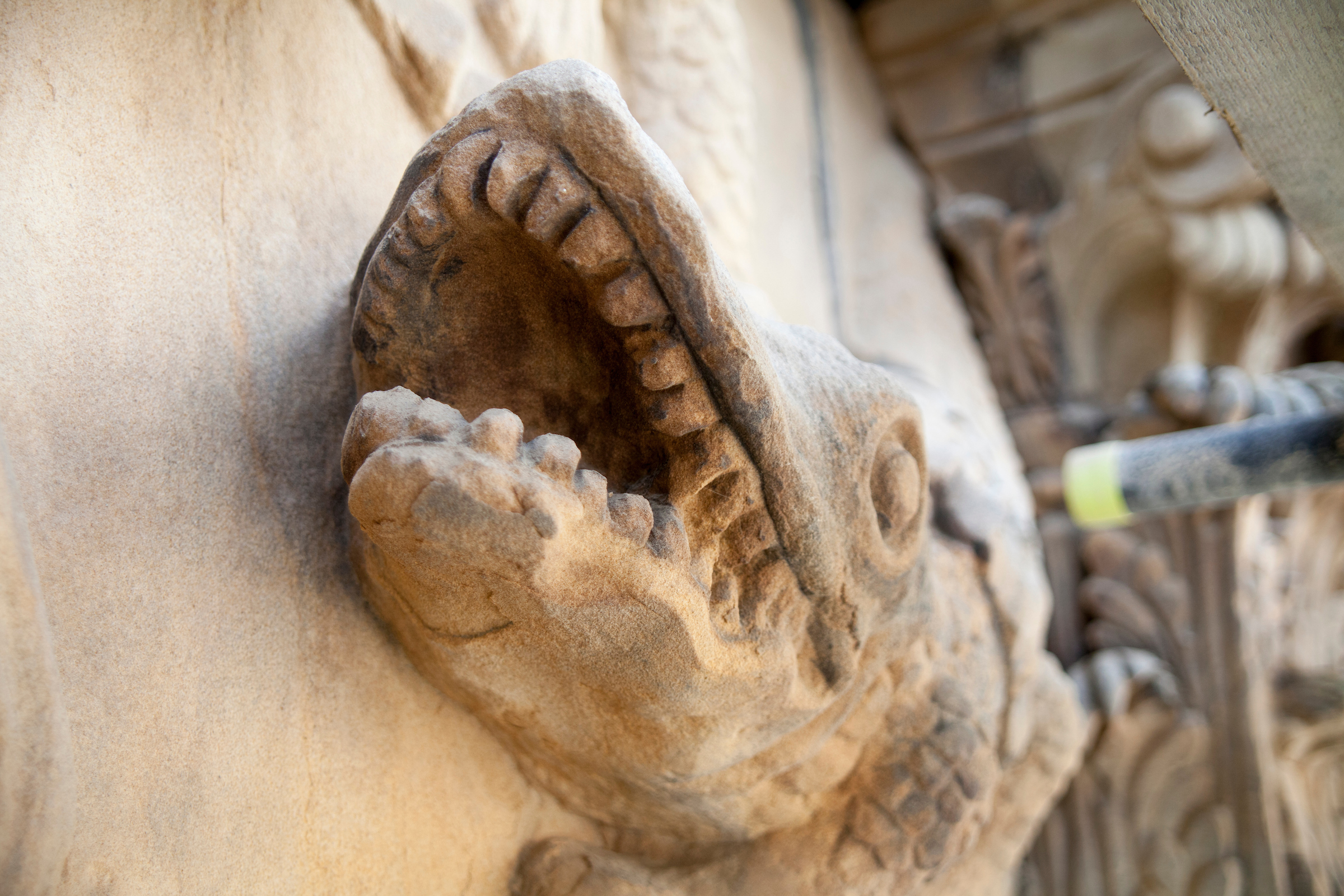
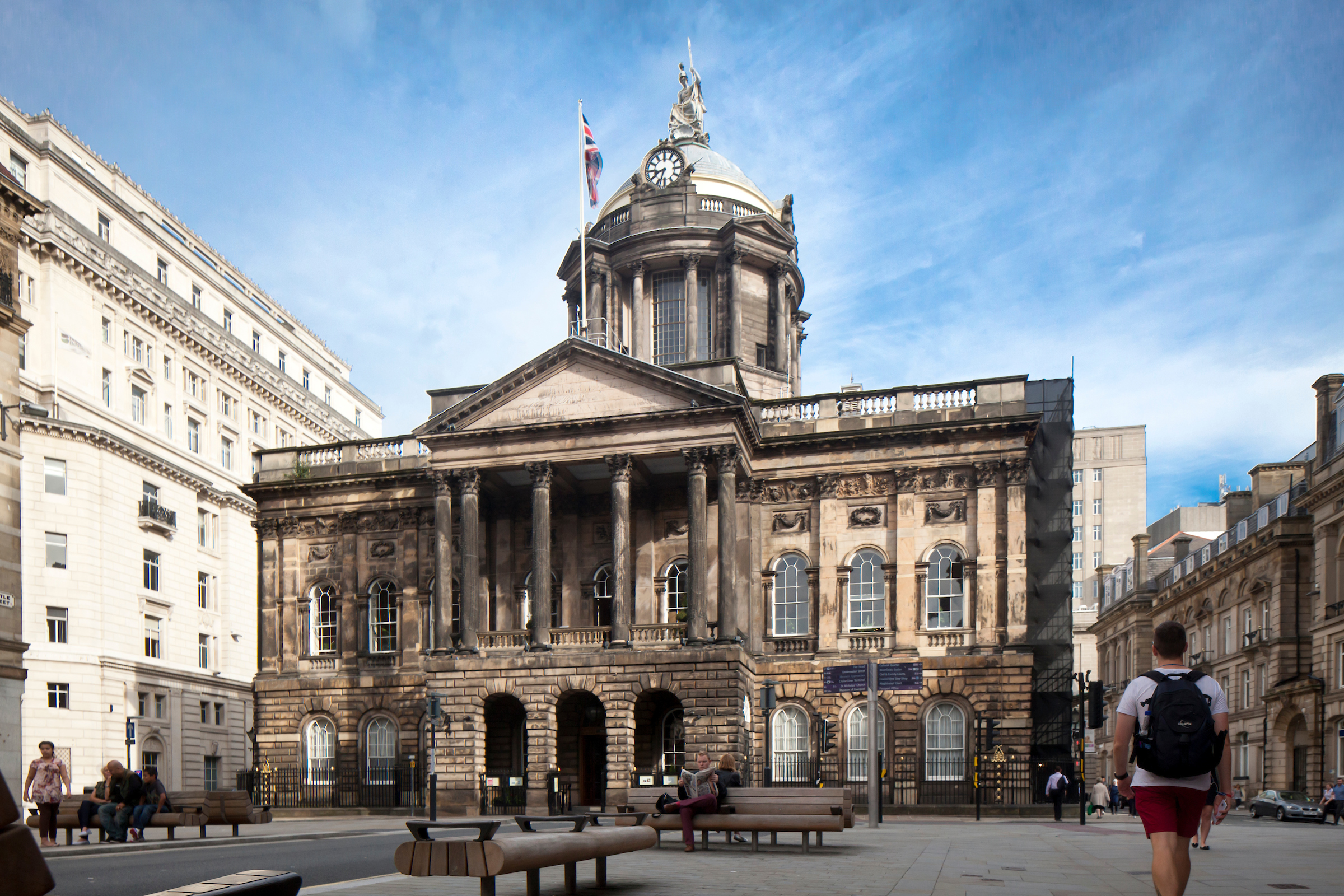
Conservation work at Liverpool Town Hall (4 years ago).
The aim was to review and conserve some of the friable stone work on the east side of the Town Hall. Remarkably they found evidence of shrapnel marks from the bombing raids of WWII. I think the image of the face with the scaffolding board cut out around her nose is one of my all time favourite images. There's a heap load of humanity in the act.
Words
"Let no one says the past is dead.
The past is all about us and within’"
Oodgeroo Noonuccal, The Past
Observations
The Leaves of Southwell
“..the leaves of Southwell assume a significance as one of the purest symbols surviving in Britain of Western thought, our thought, in its loftiest mood.”
Nikolaus Pevsner, The Leaves of Southwell.
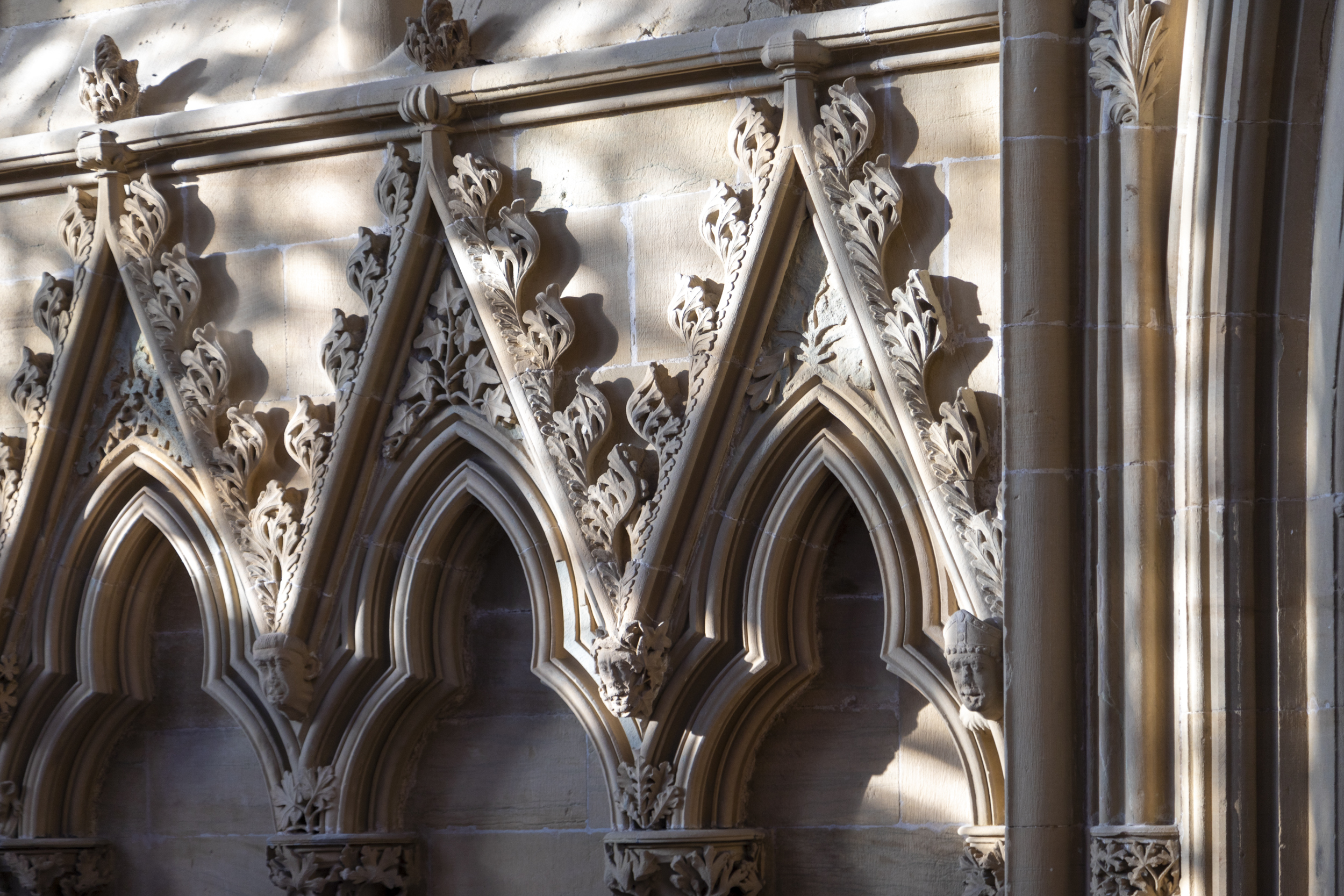
I arrive at Southwell and head straight for the Chapter House.
The early morning light is dancing around the stone carvings. It’s the foliate sculpture that renders this space a marvel of the Gothic genre. On looking at the carvings in this softened light, my first thoughts are of the skill, dedication and craftsmanship that has gone into the work. But, there’s something else - I can’t quite put my finger on it. I let it go and take in the marvel by walking around the circumference of the chapter house. I savour the moment by tracing a line of foliate intricacy; my eyes move from leaves that flicker like the flame of a candle, to delicate bracts that cup and pool the light within their concave forms. And then it hits me: beyond the marvel of the craftsmanship is the complex and profound connection with nature - an understanding that must have been based upon a lifetime’s observation of natural forms.
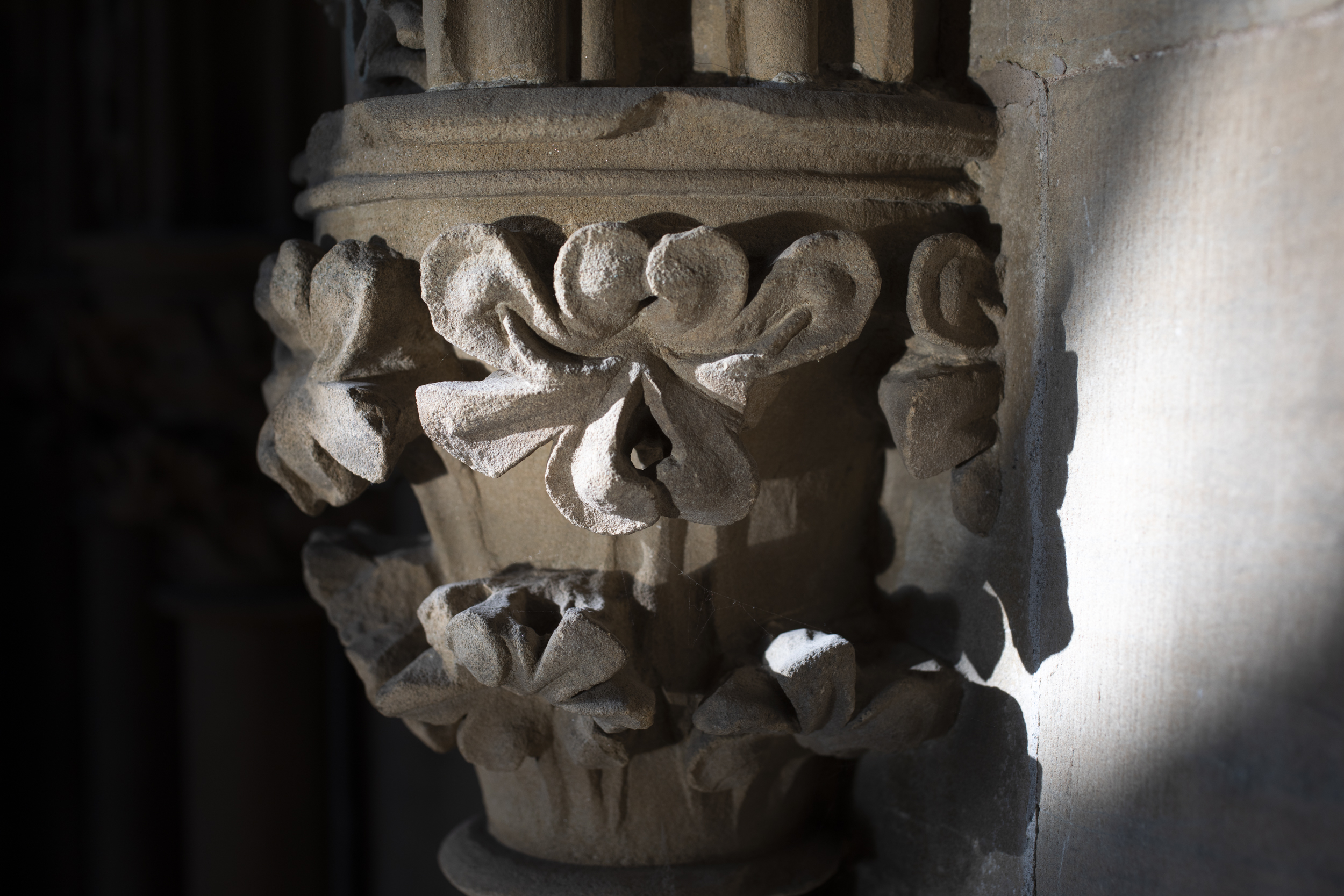
And then I think again. I think of the stone. I think of how these lifeless lumps have been gifted a plasticity that proffers up the curl of a frond. There is a state where the artist becomes so immersed in their task that they become the object of their interest - they become the subject matter. It is a way of understanding by association and immersion rather than objective comprehension. It gifts the carvings an authenticity that breaks through the shackles of stone and mortar.
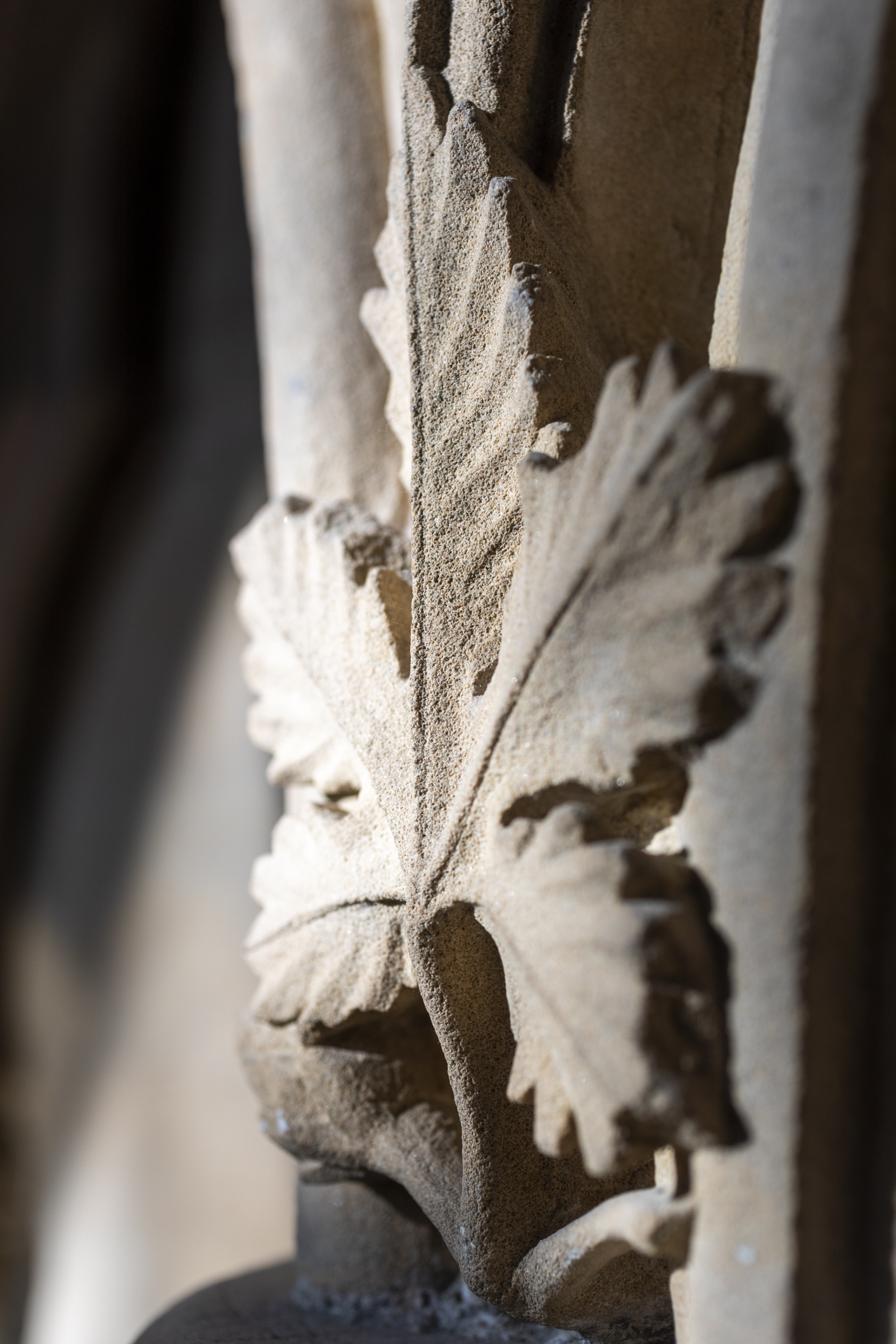
I think of how much time and patience it must take to make such a thing. I’m told that the people who made it had a life expectancy of 40 years, but without our digital fast-paced world and their slow absorption of their own environment, their lives must have felt twice as long as our three score and ten.
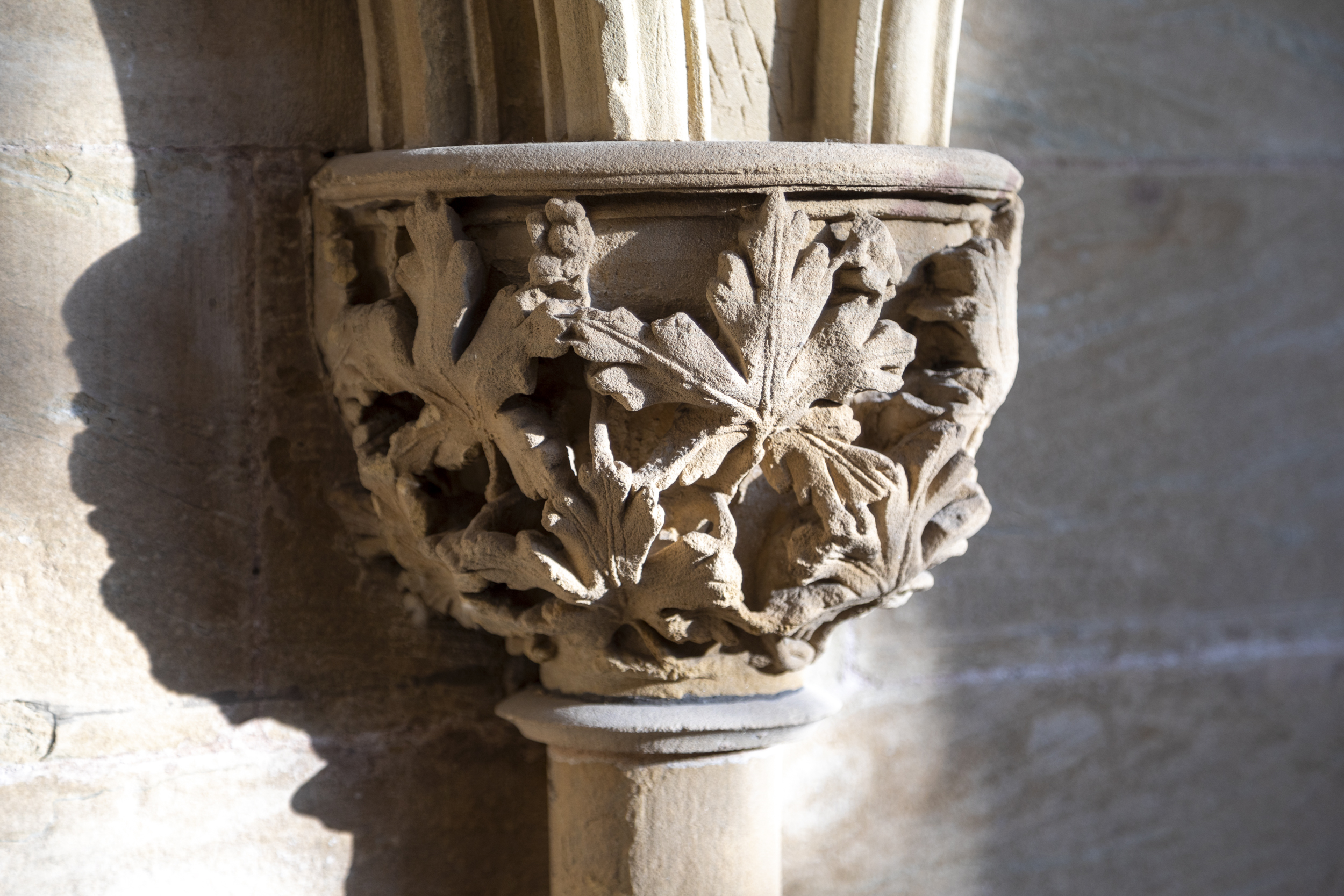
Hotspots
A walk around Grimwith Reservoir leads to a cruck framed delight. I head down to Lincolnshire again for some more photography at Southwell Minster, but not before visiting a hidden gem at Stow.
All photos shot on iPhone.
The Monastic Barn at Grimwith Reservoir, Yorkshire Dales.
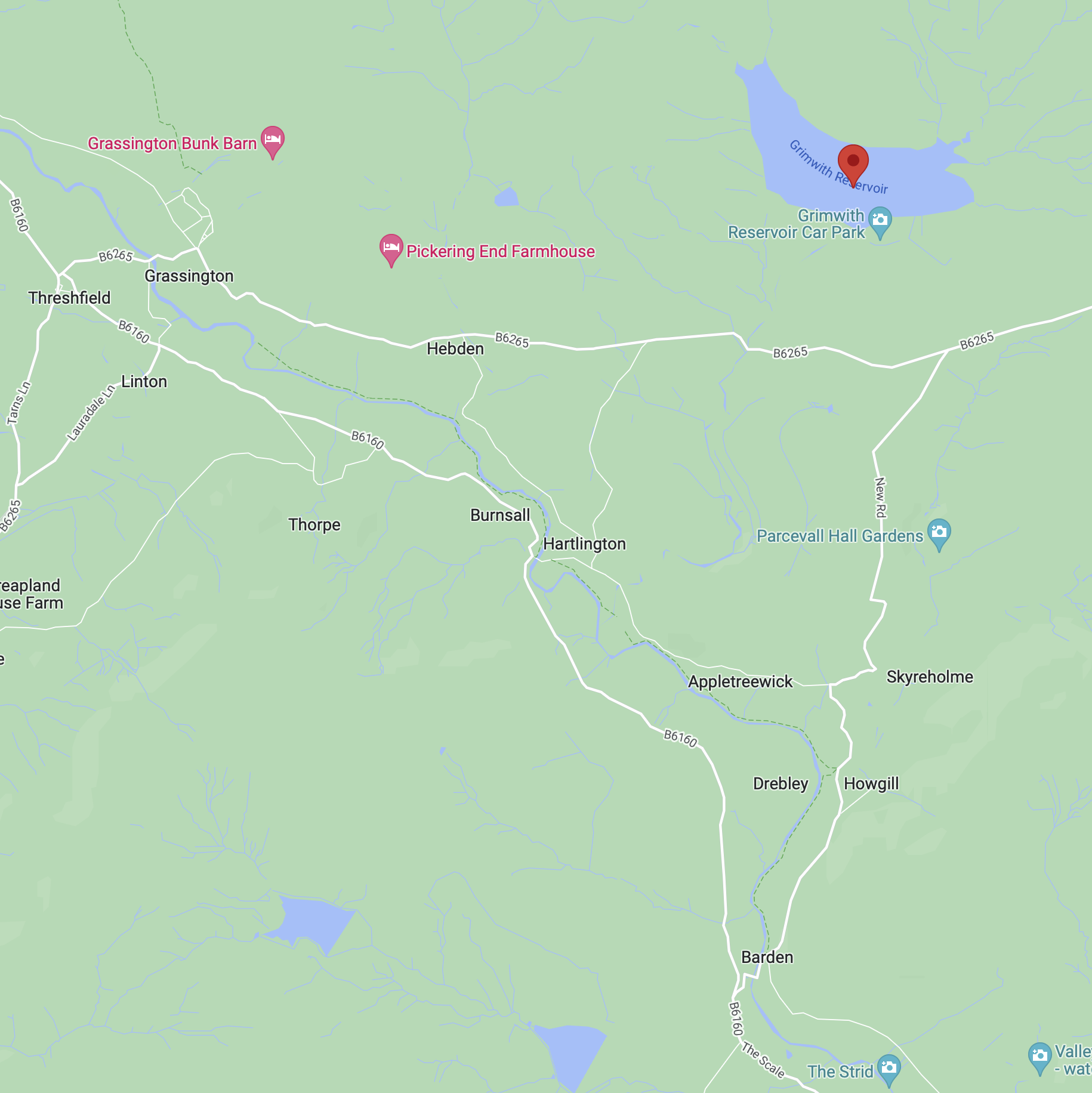
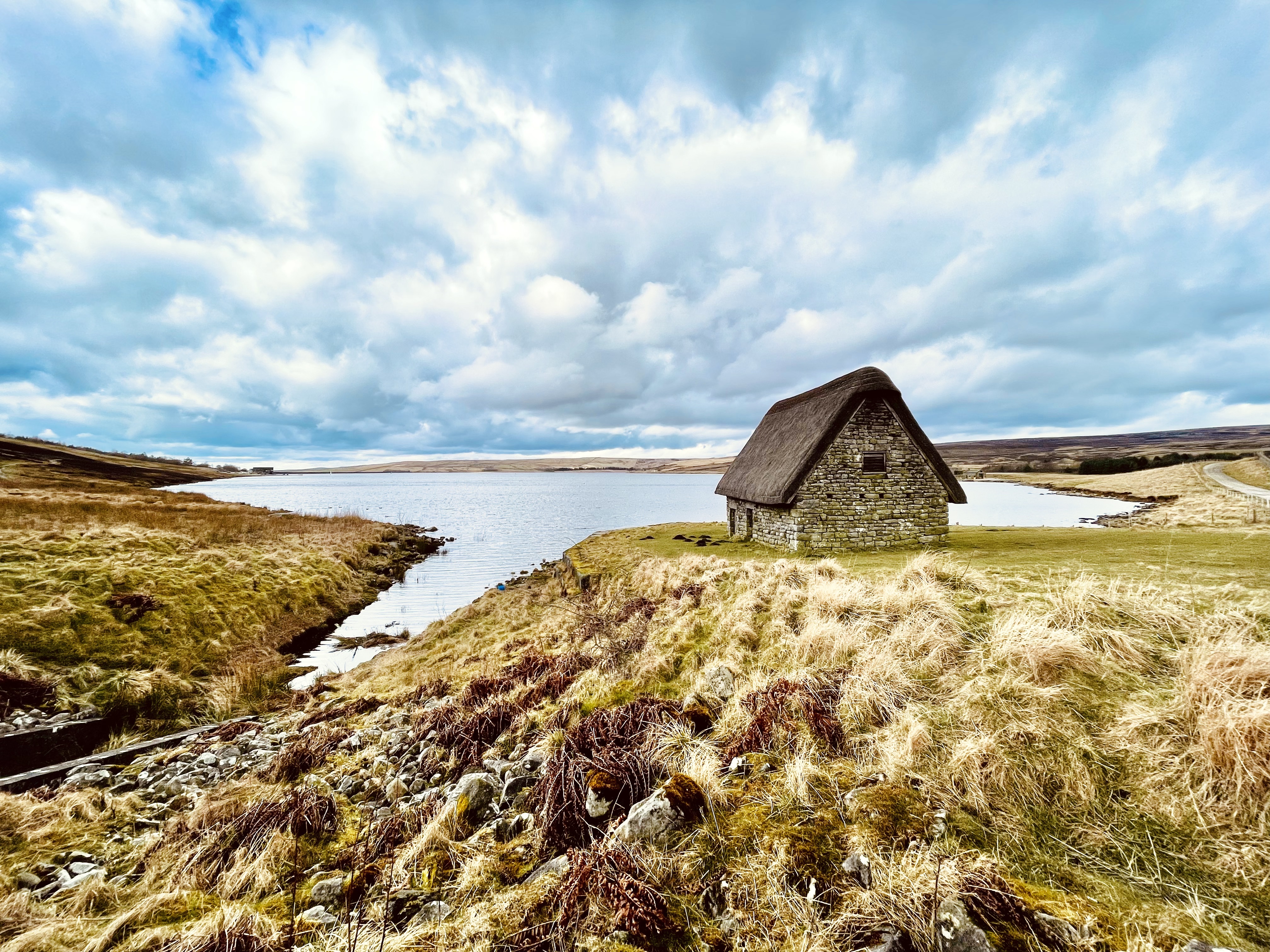
Notes from my diary.
Went to Grimwith Reservoir, near Hebden. Saw the monastic barn (which was re-built in the 80’s). The roof is of heather thatch - locally known as lin. These roofs are memory banks. Without this roof, places like this would decay and their words with them, taproots to the diversity of our heritage, words shaped by Viking mouths. Words that hold within their syntax hooks that keep us rooted. The roof holds all that.
I notice the ridge finial detail - it curves downwards and cups the gable - it reminds me of Sir Basil Spence’s Coventry Cathedral. The covered entrance at Coventry echoes the protective curve of the barn finial. It has rooted within its geometry a caring curve of protection - like a hand shading the eyes of a newborn. At Coventry the roof’s strength is not in its waterproof capabilities, but in a powerful sense of healing - bridging the break between the bombed out old cathedral and the hope encompassed in the new. The best new architecture is rooted in the old.
I’m reminded of some words by Alain de Botton: “So refined is our skill at detecting parallels to human beings in forms, textures and colours that we can interpret a character from the humblest shape. A line is eloquent enough. A straight example will signal someone stable and dull, a wavy one will appear foppish and calm, a jagged one angry and confused.” Architecture of Happiness
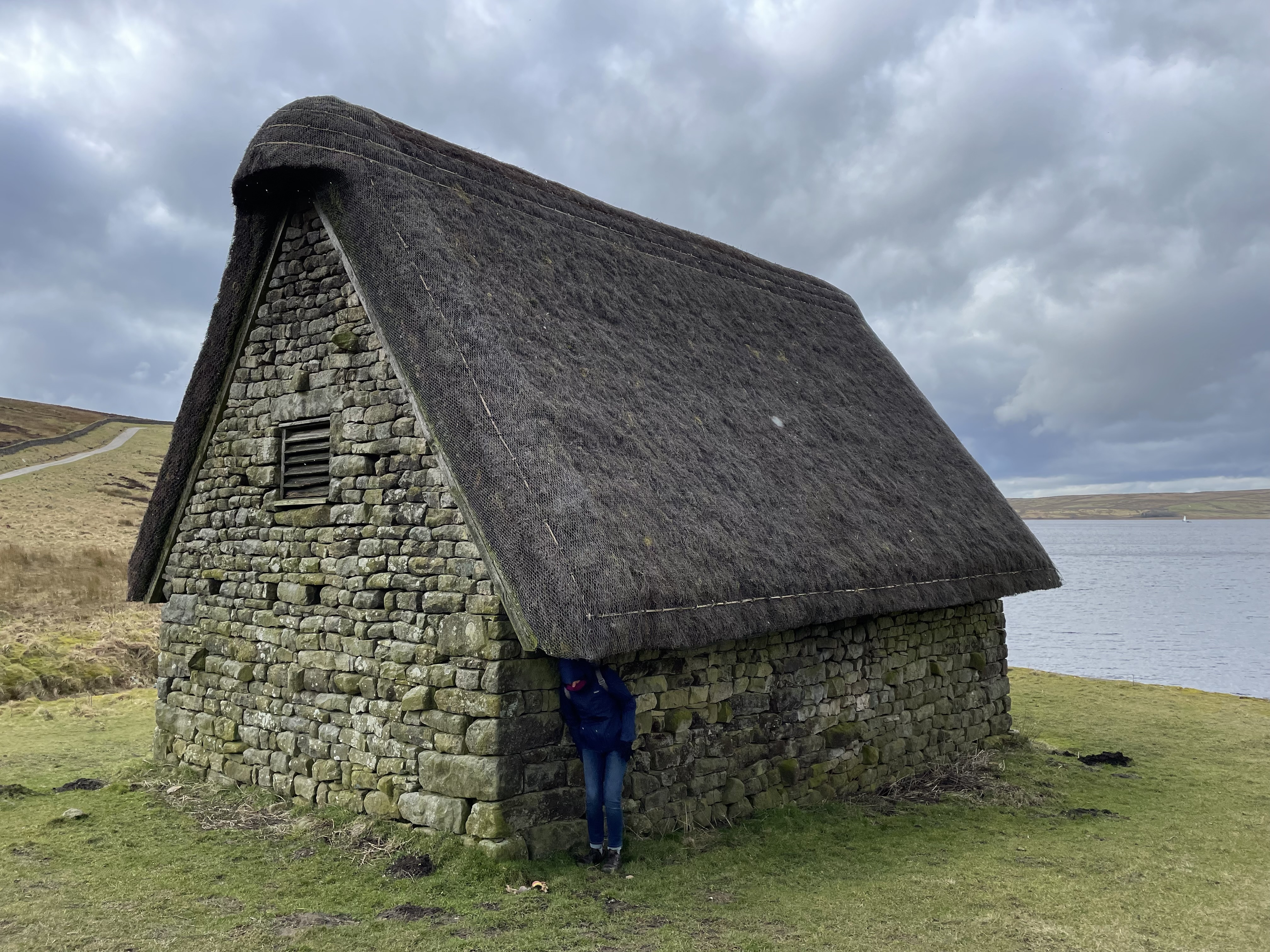
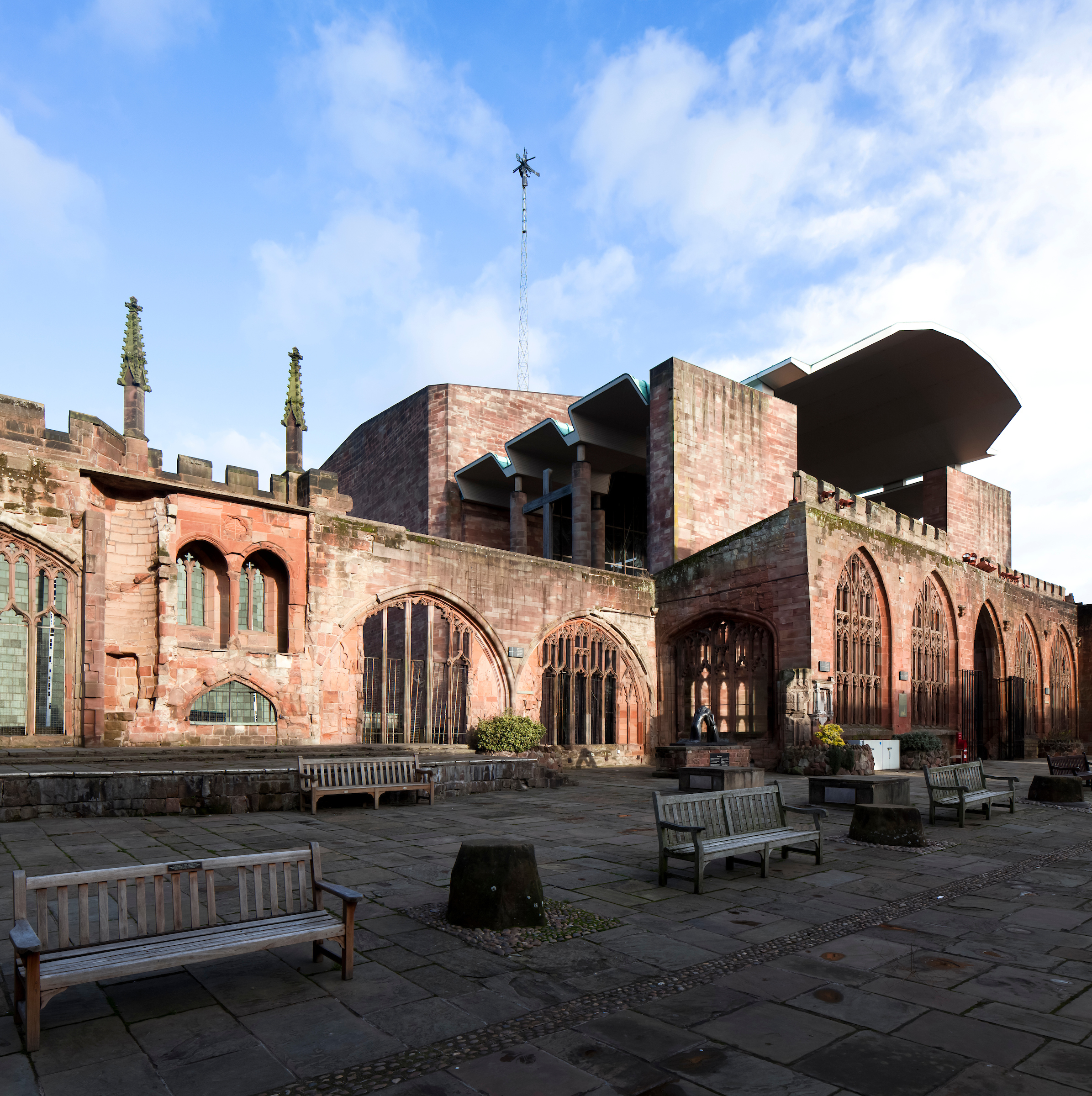
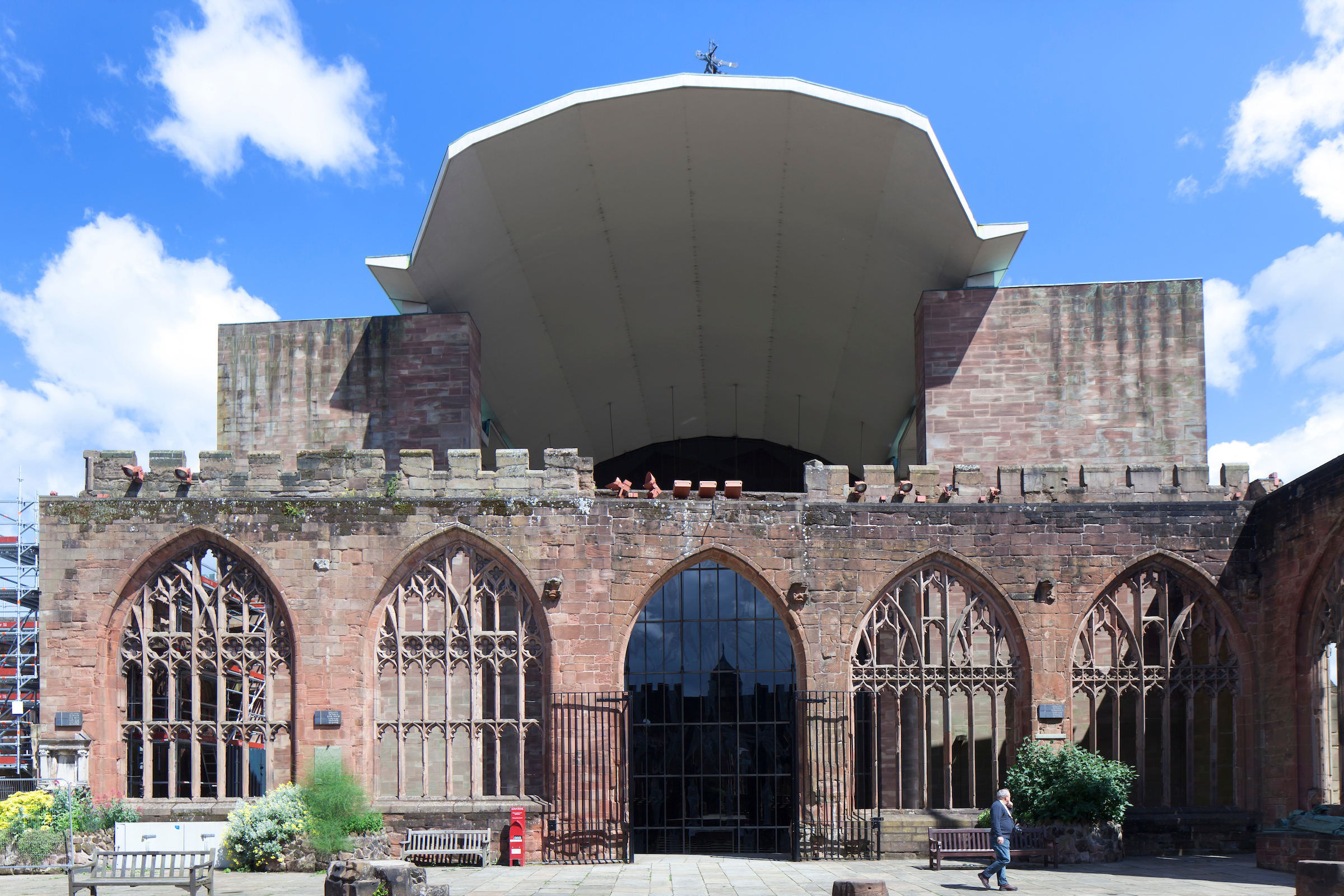
St. Mary's Church, Stow (Stow Minster)
The earliest depiction of a Viking ship in England (C10th graffito) can be found on the crossing wall at the minster church of St. Mary, Stow in the former wapentake of Lawress, West Lindsey (Lincolnshire).
If ever there was a hidden gem - a must see place - it has to be St. Mary's Stow. Its precise history is lost in the fog of time, but its archaeology tells of a time when this building was of great importance, perhaps a former cathedral.
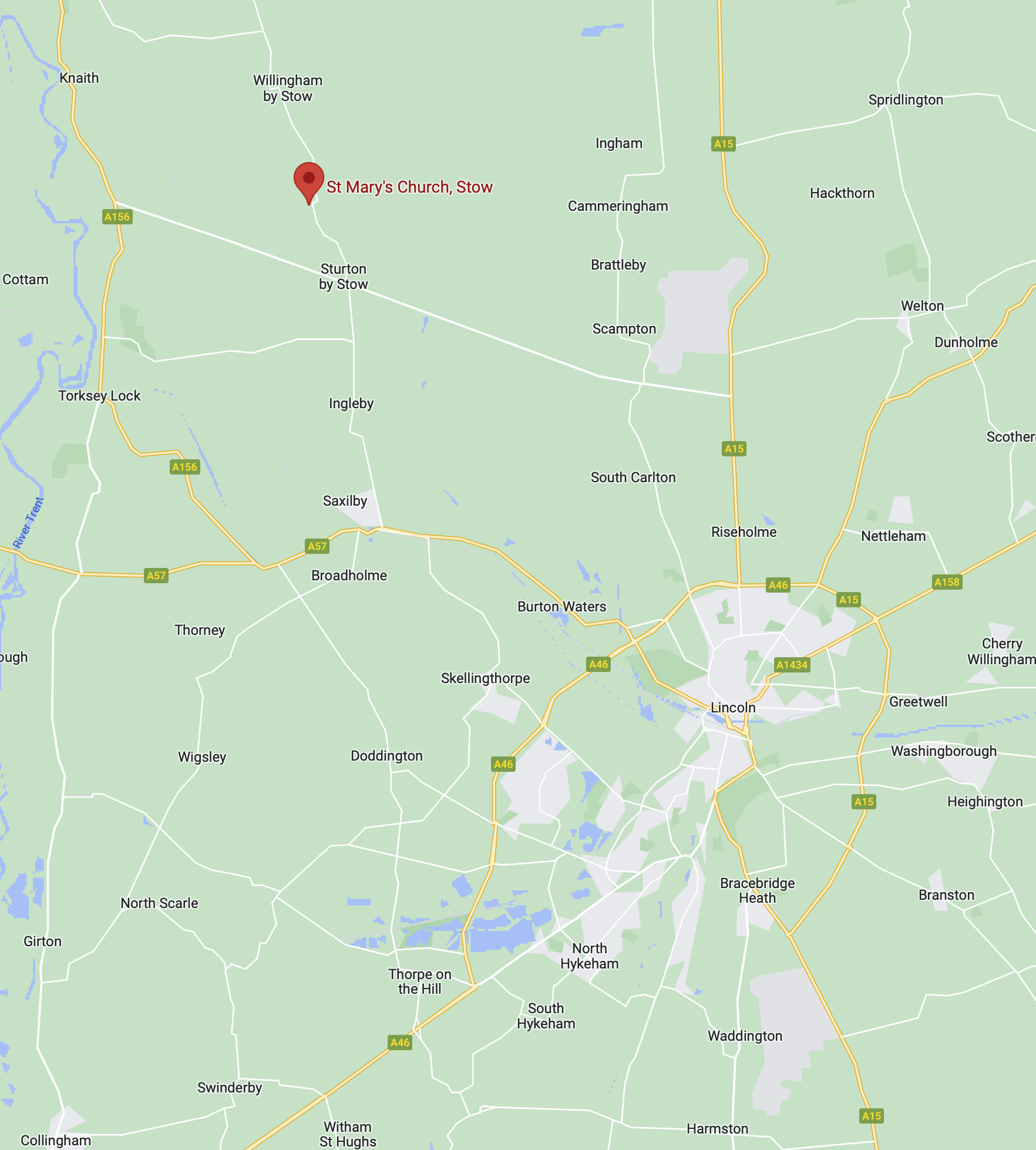
Exterior
The exterior is a mashup of Anglo Saxon long and short work, and Romanesque chicanery and Early English insertions.
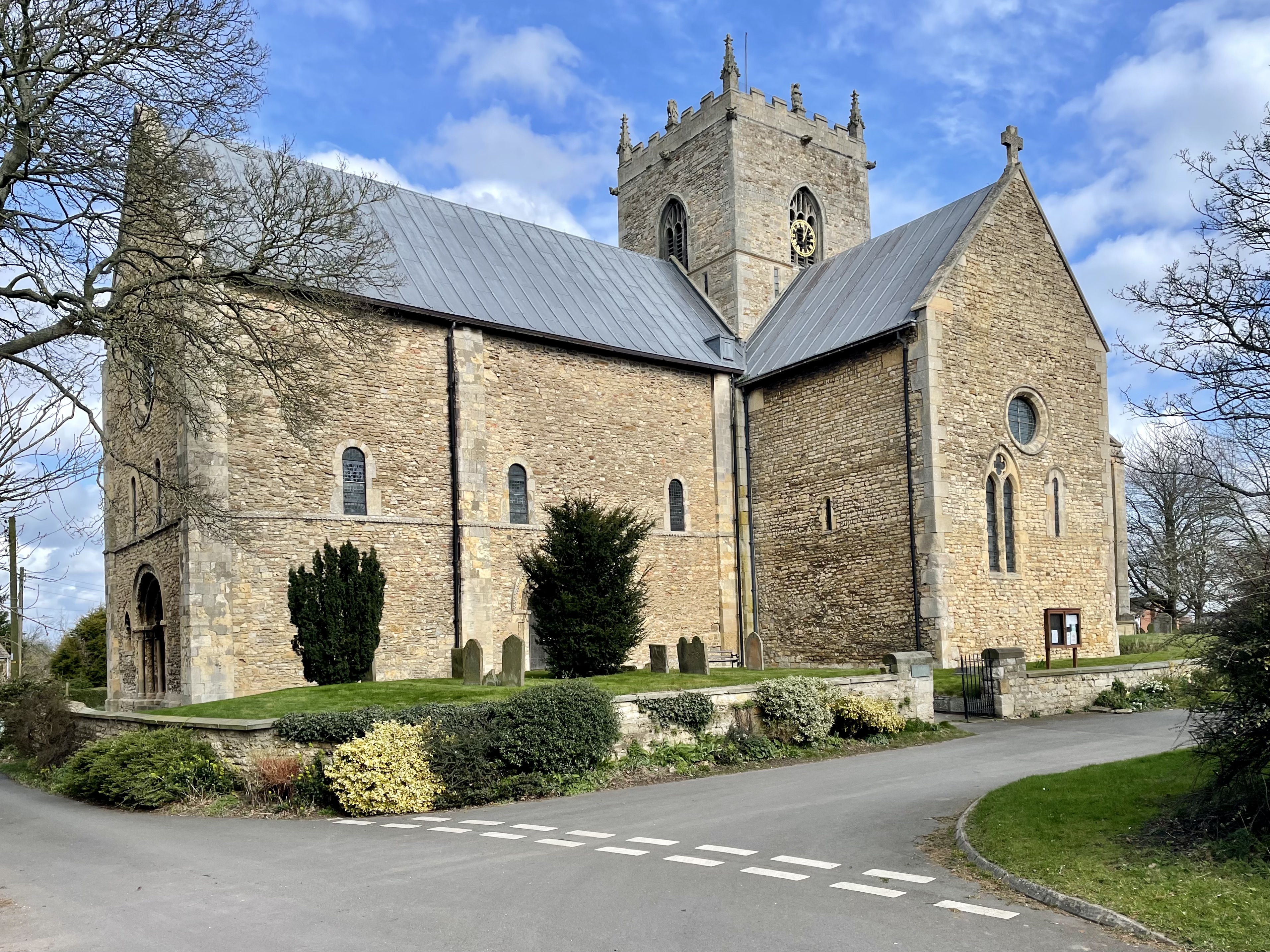
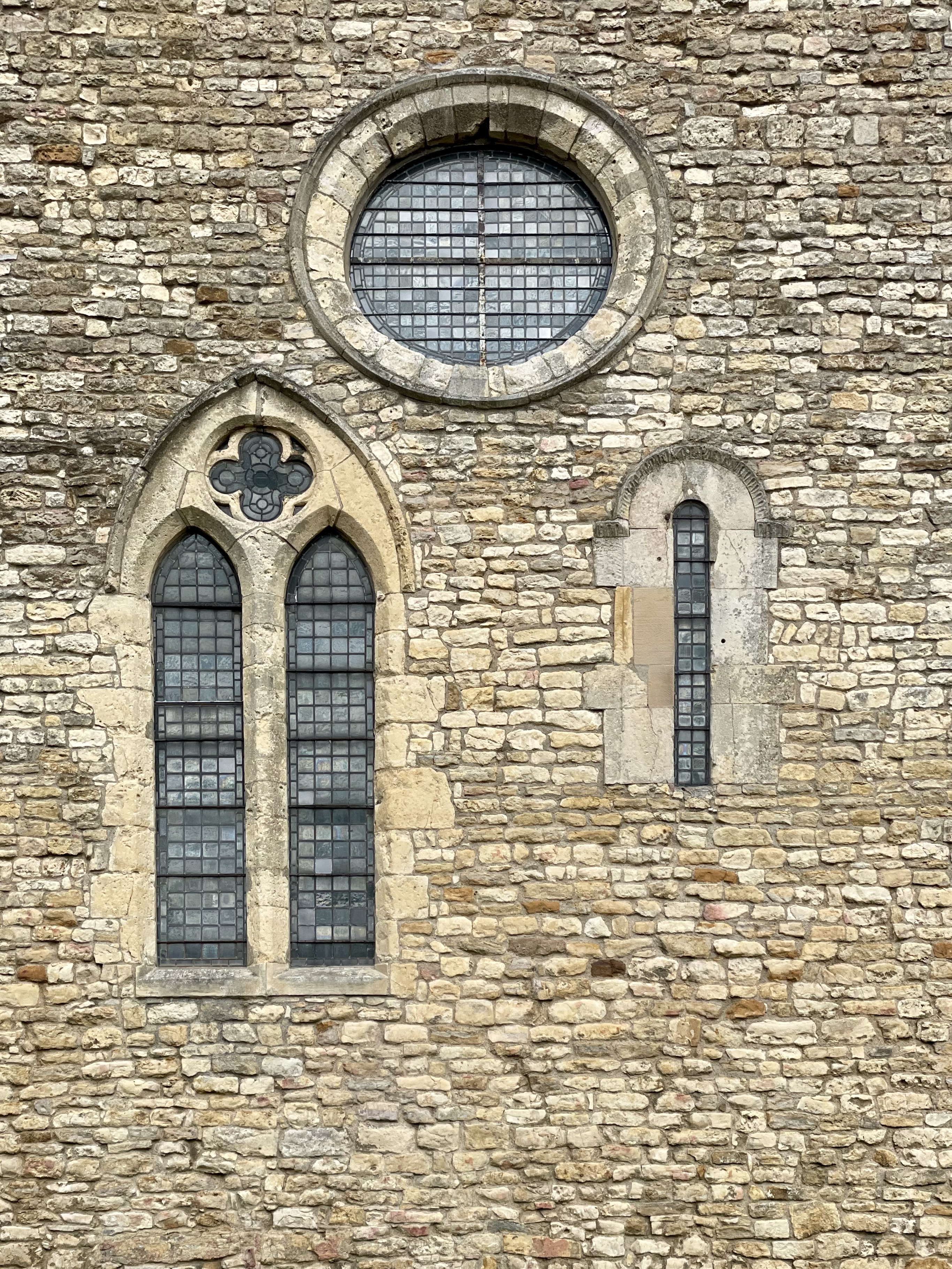
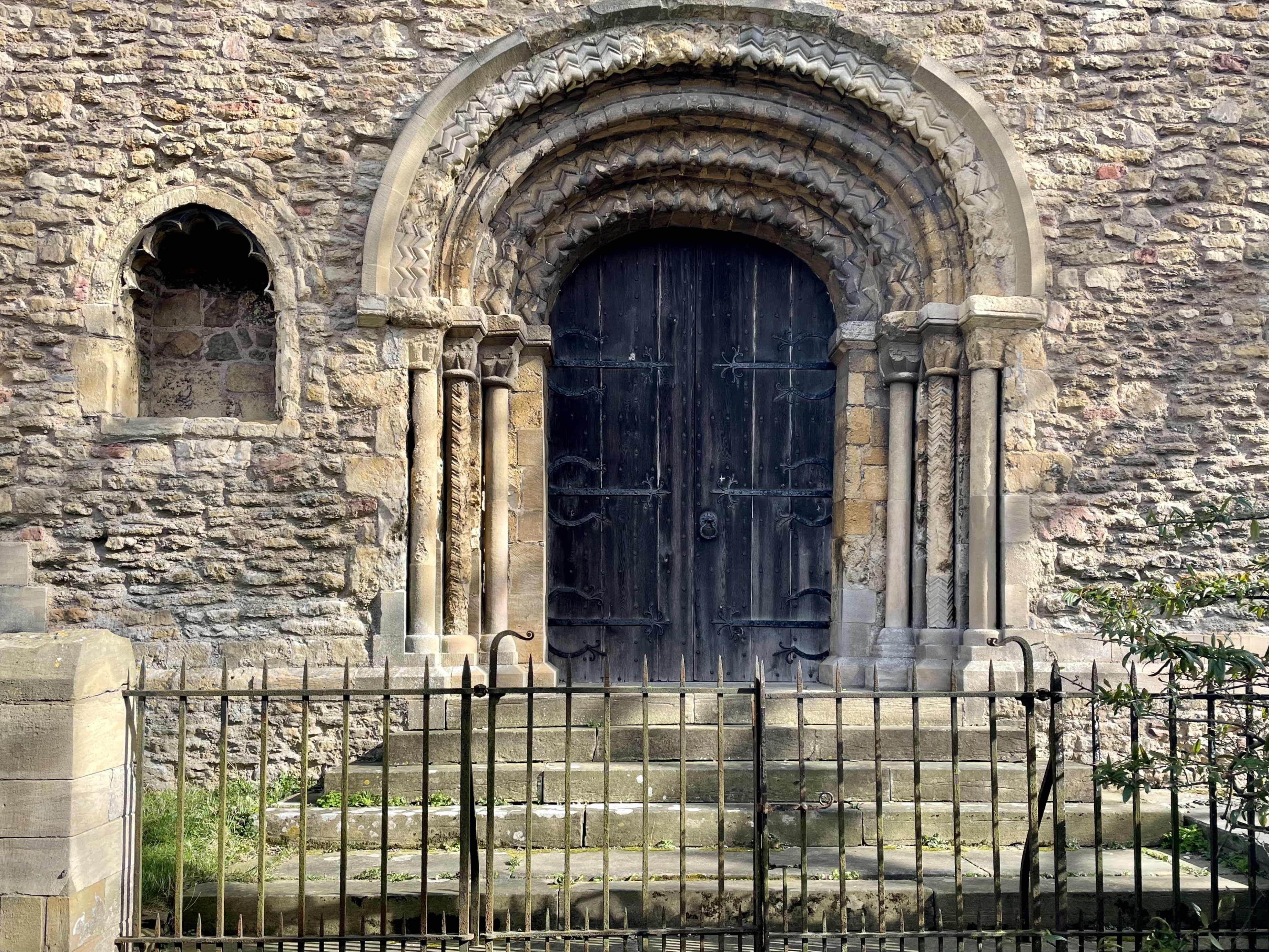
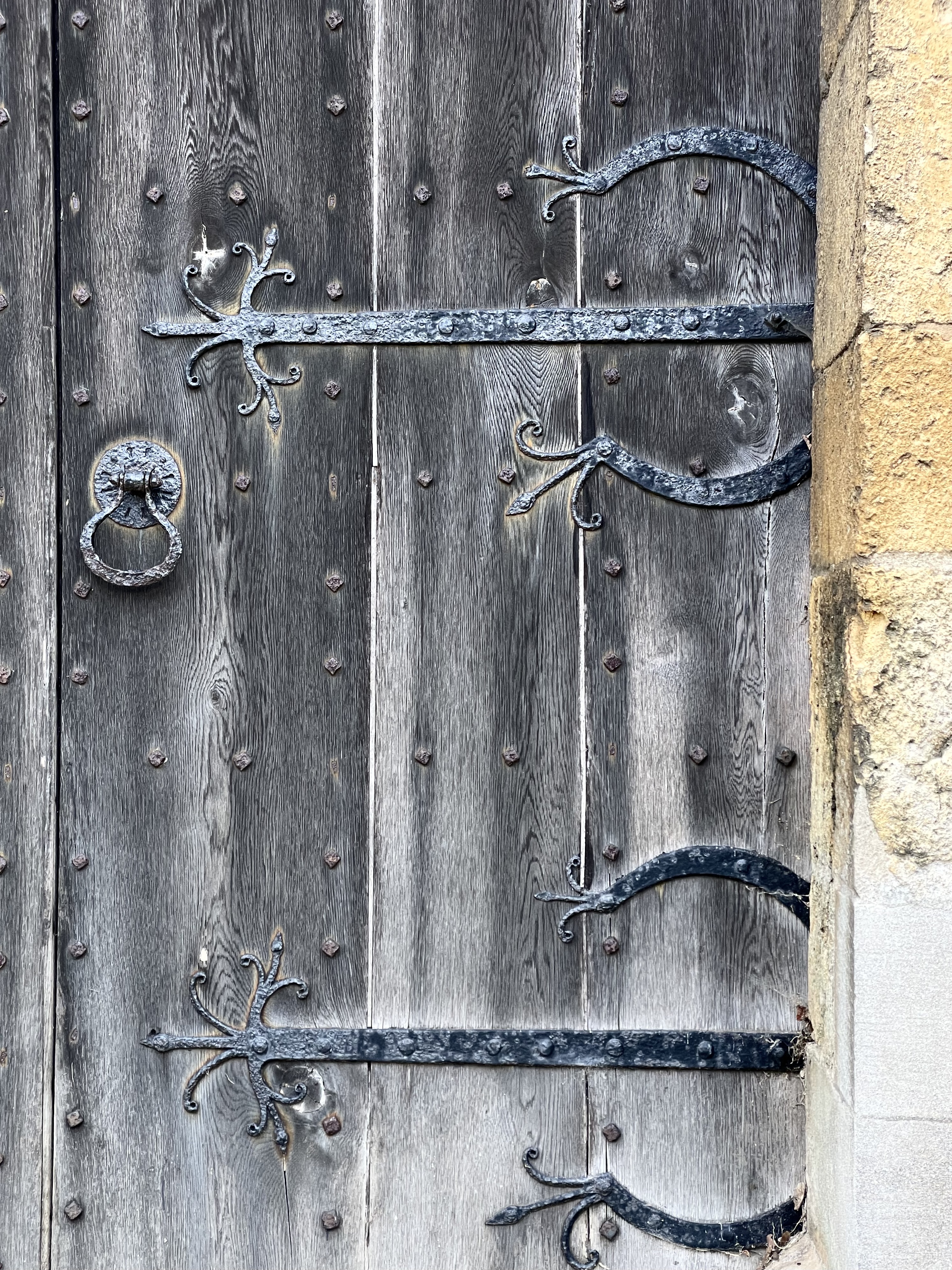
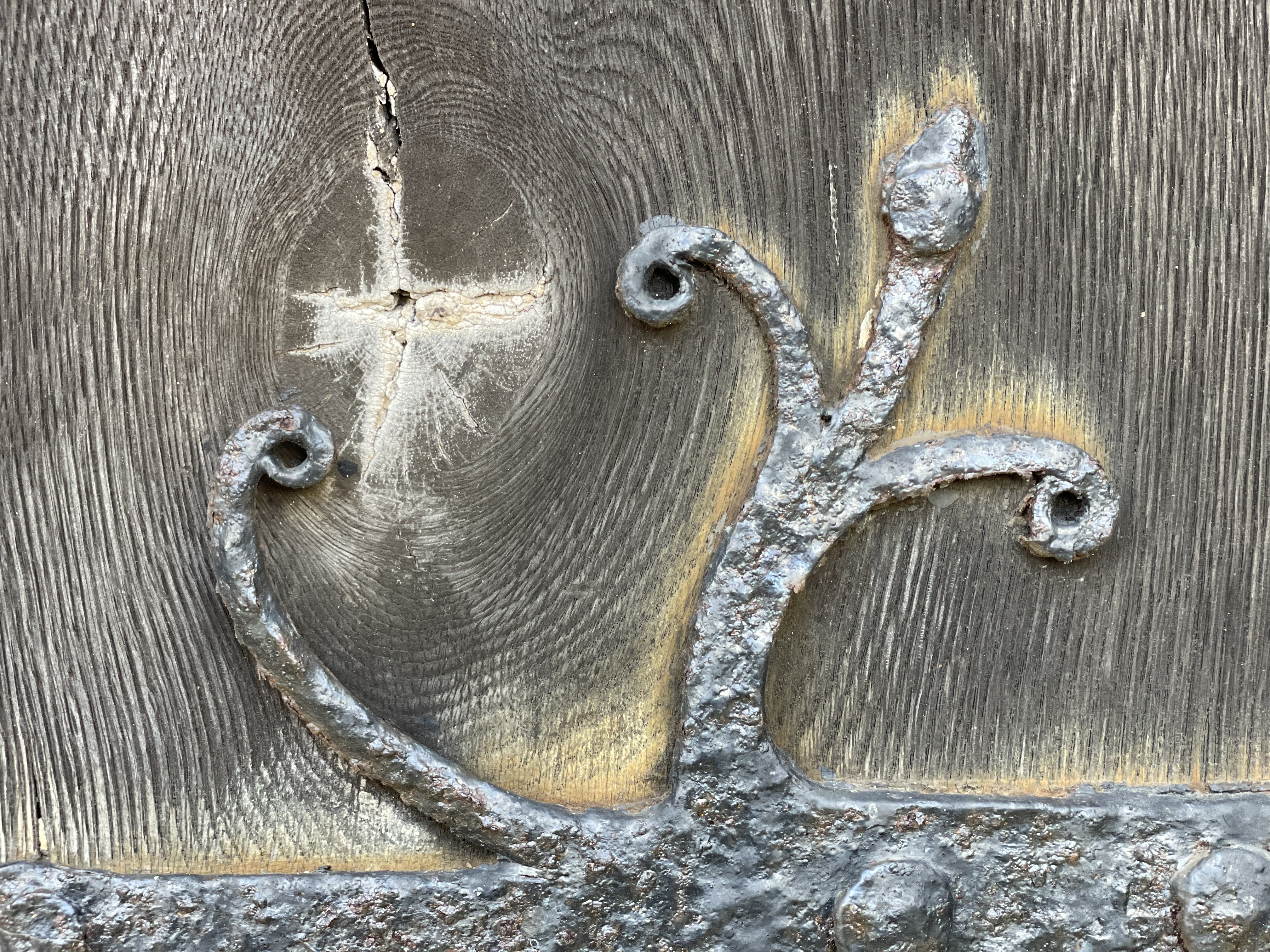
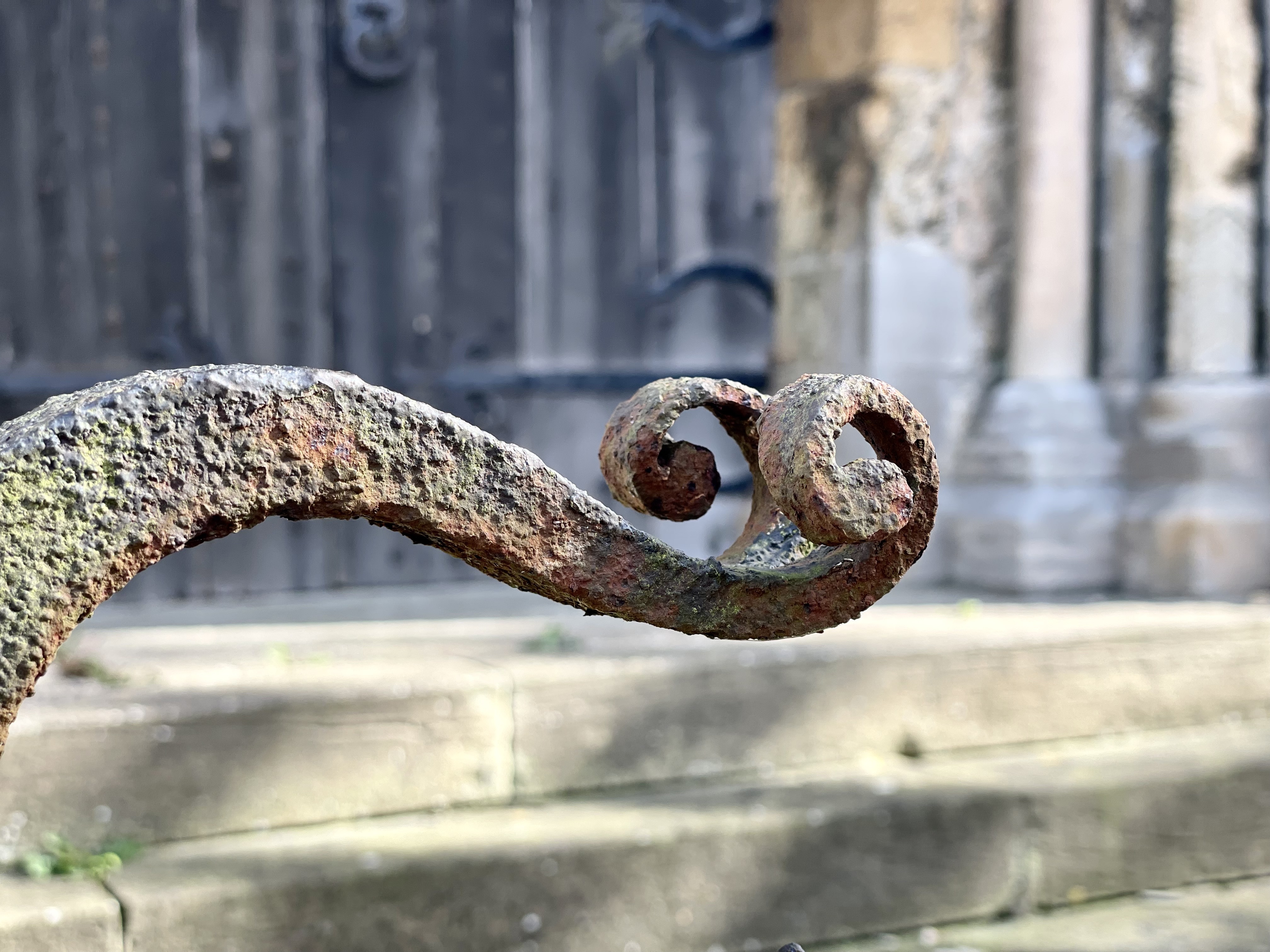
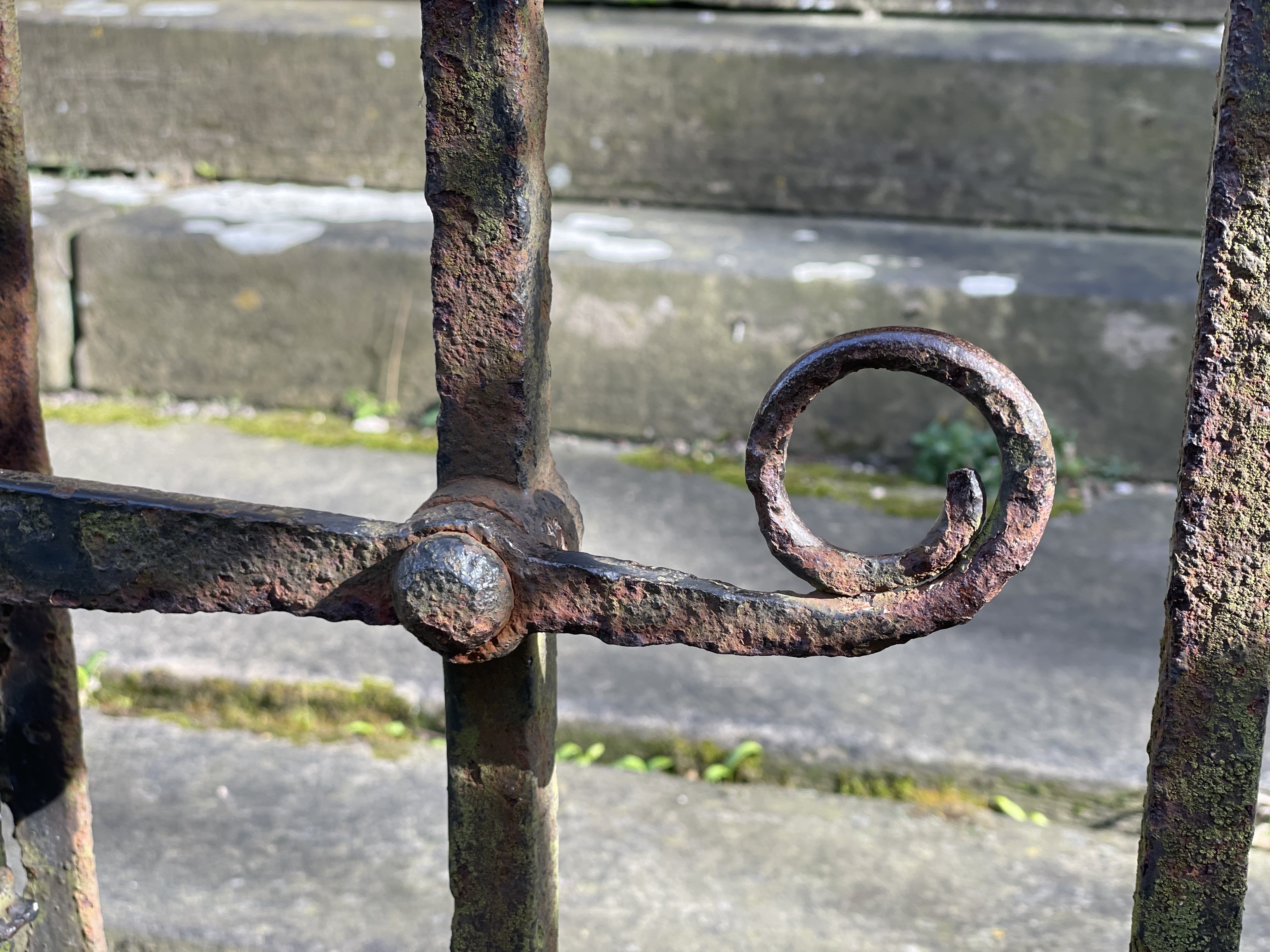
Interior
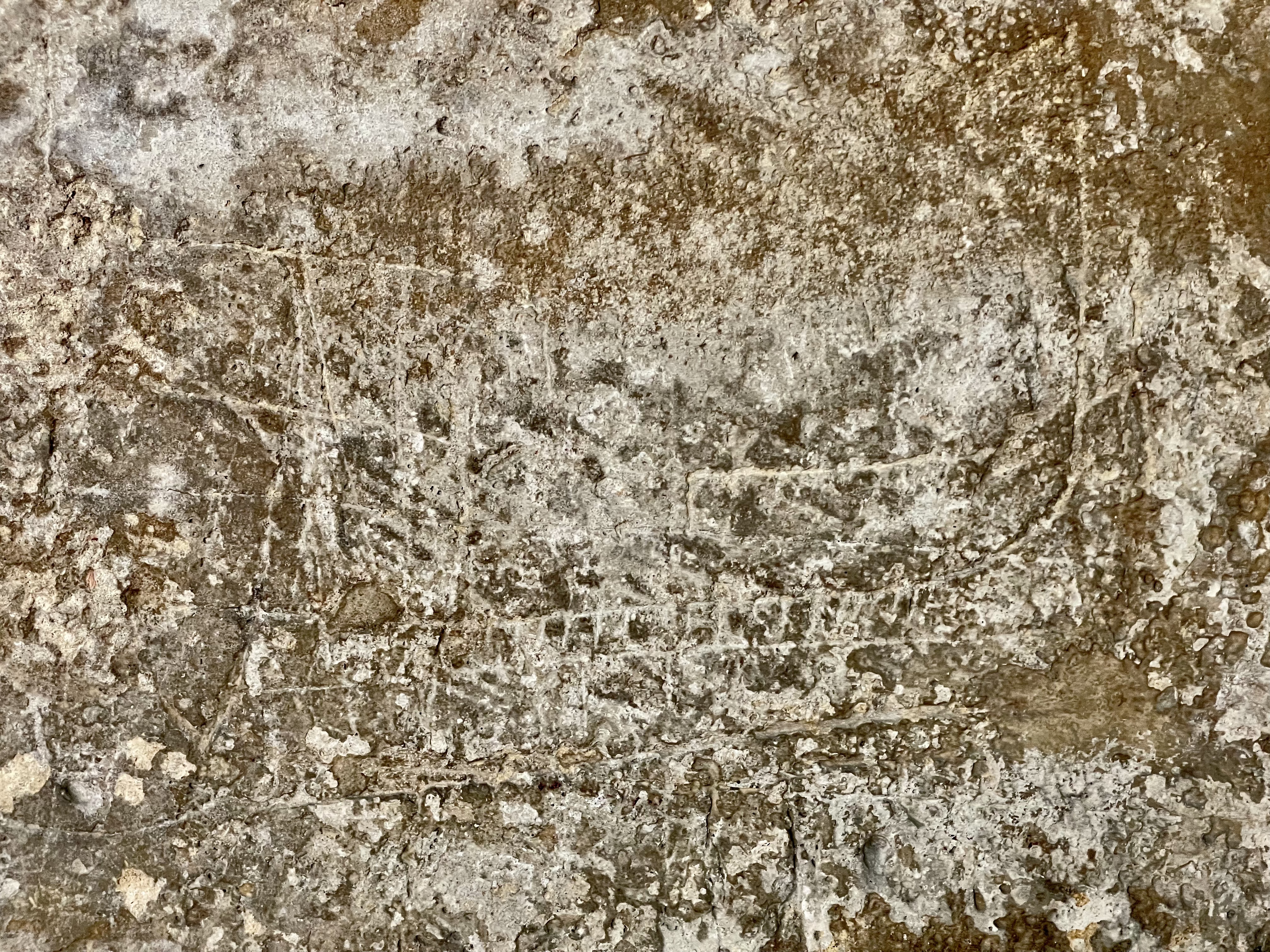
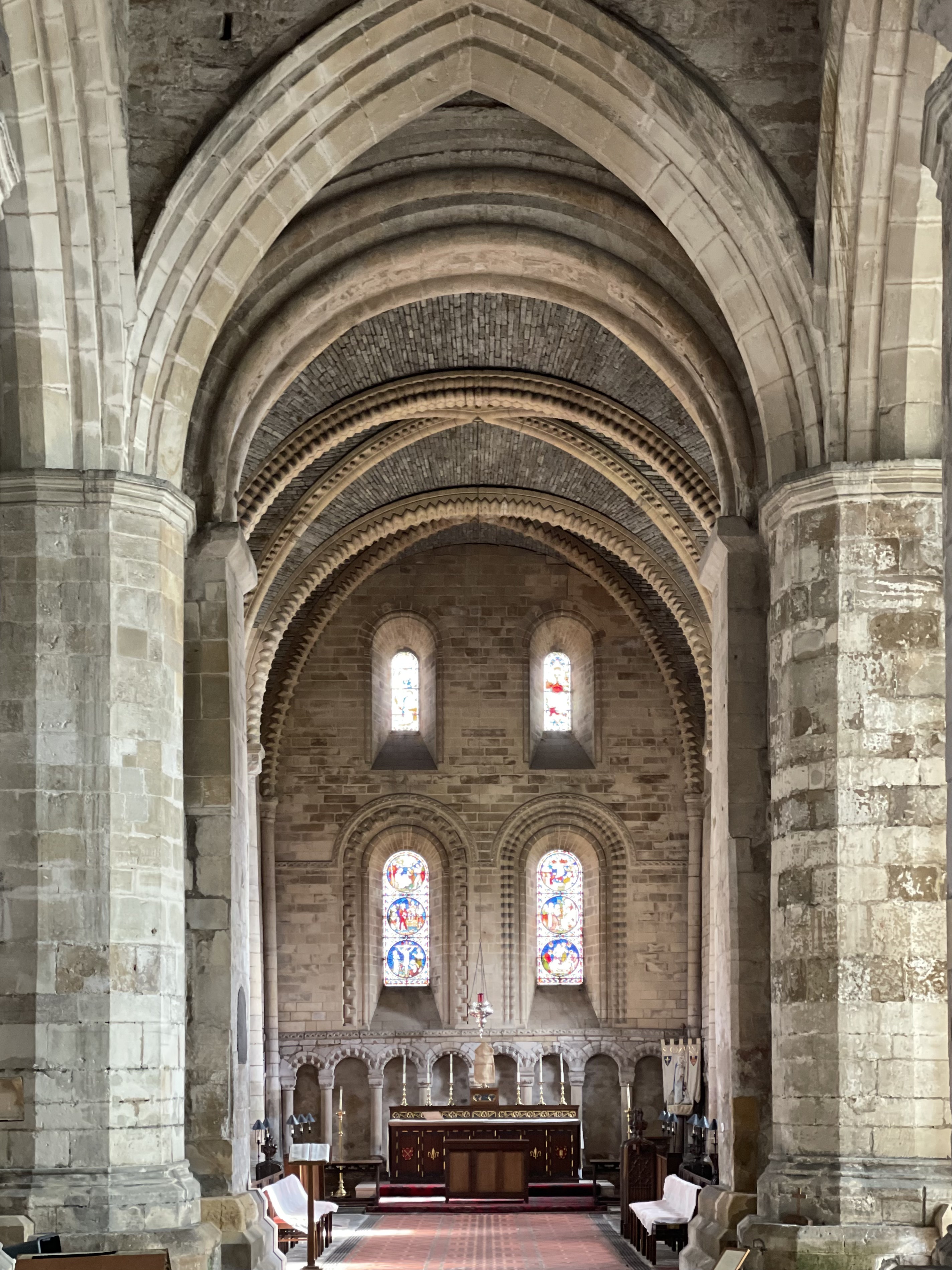
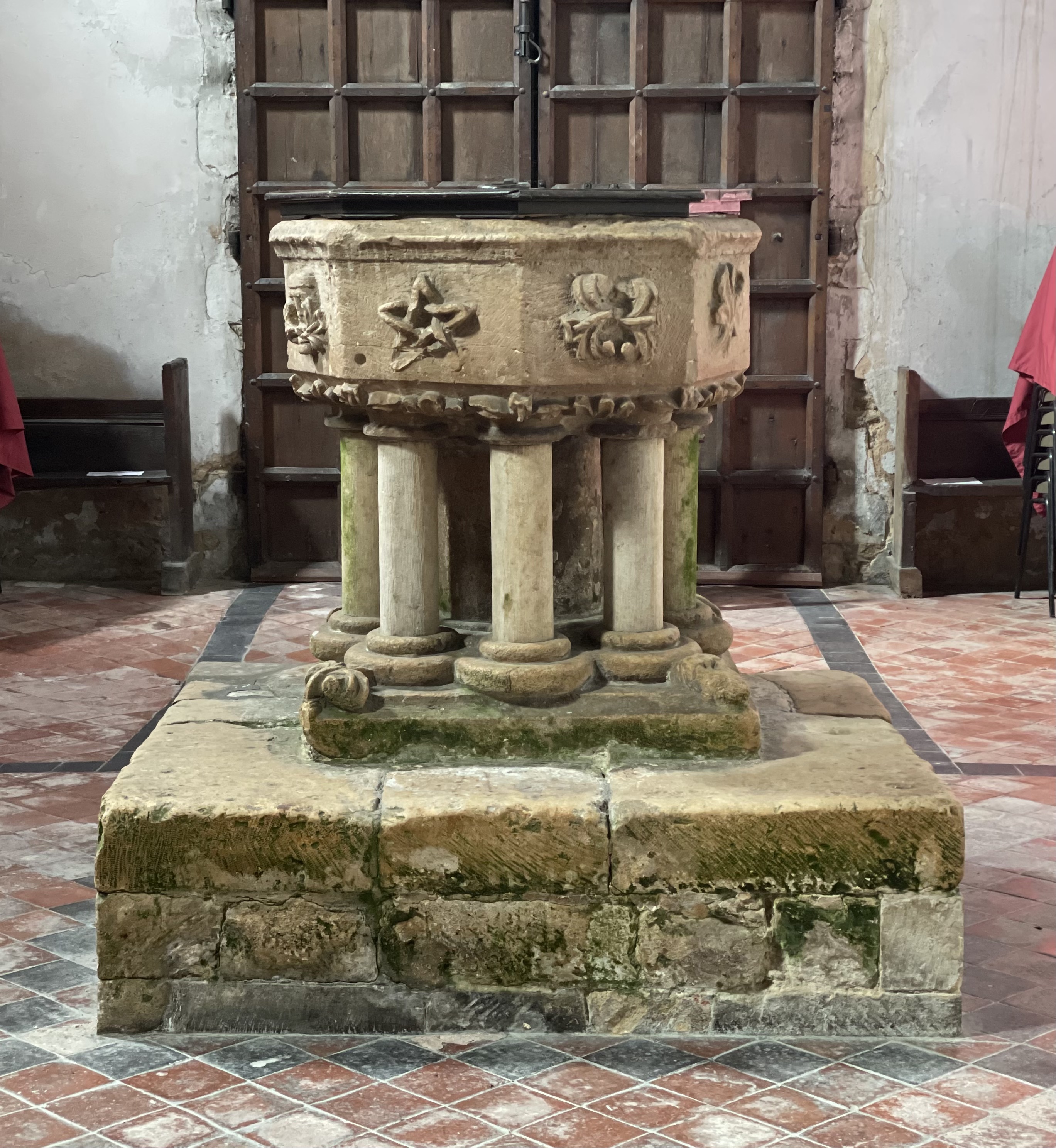
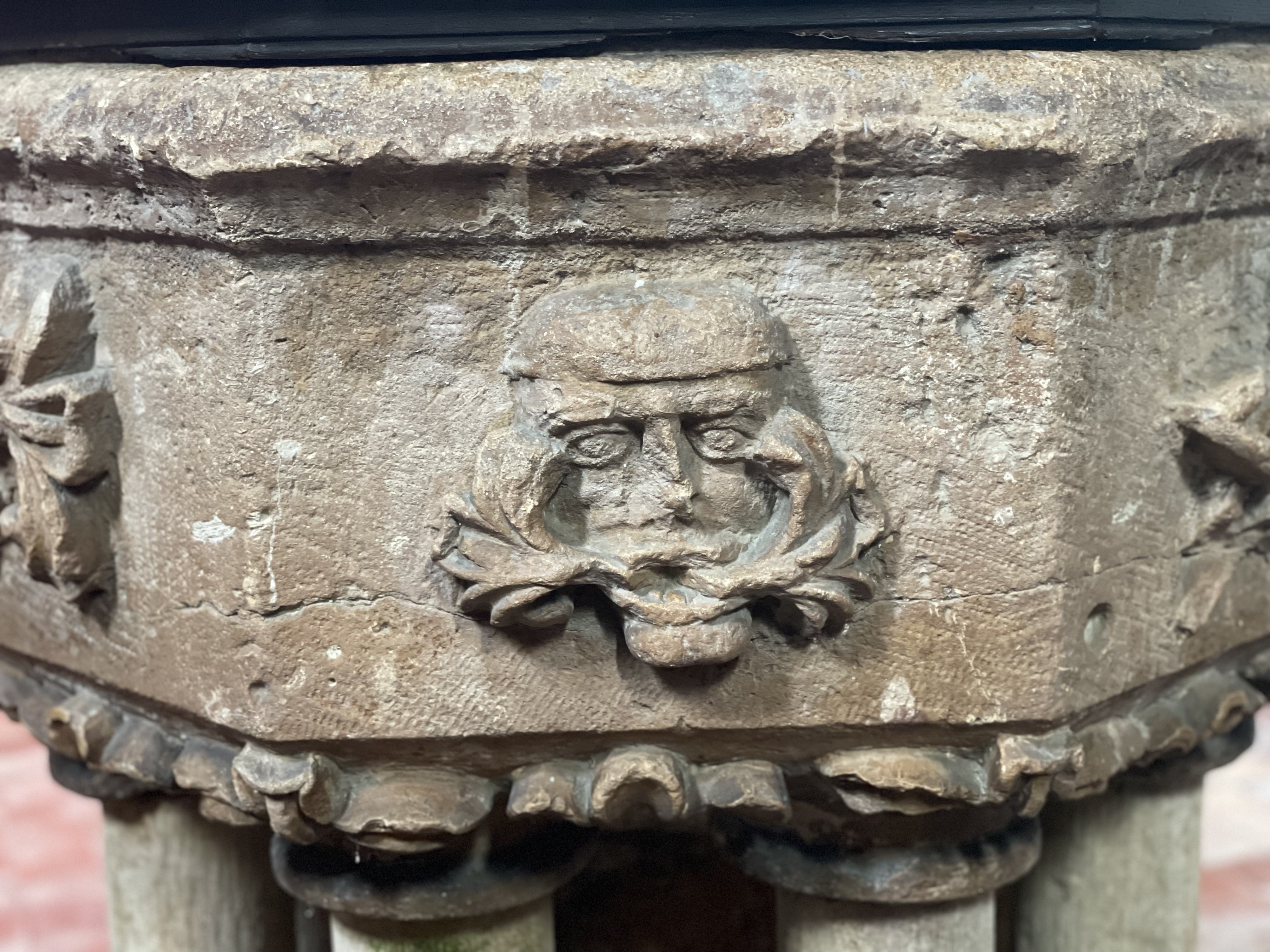
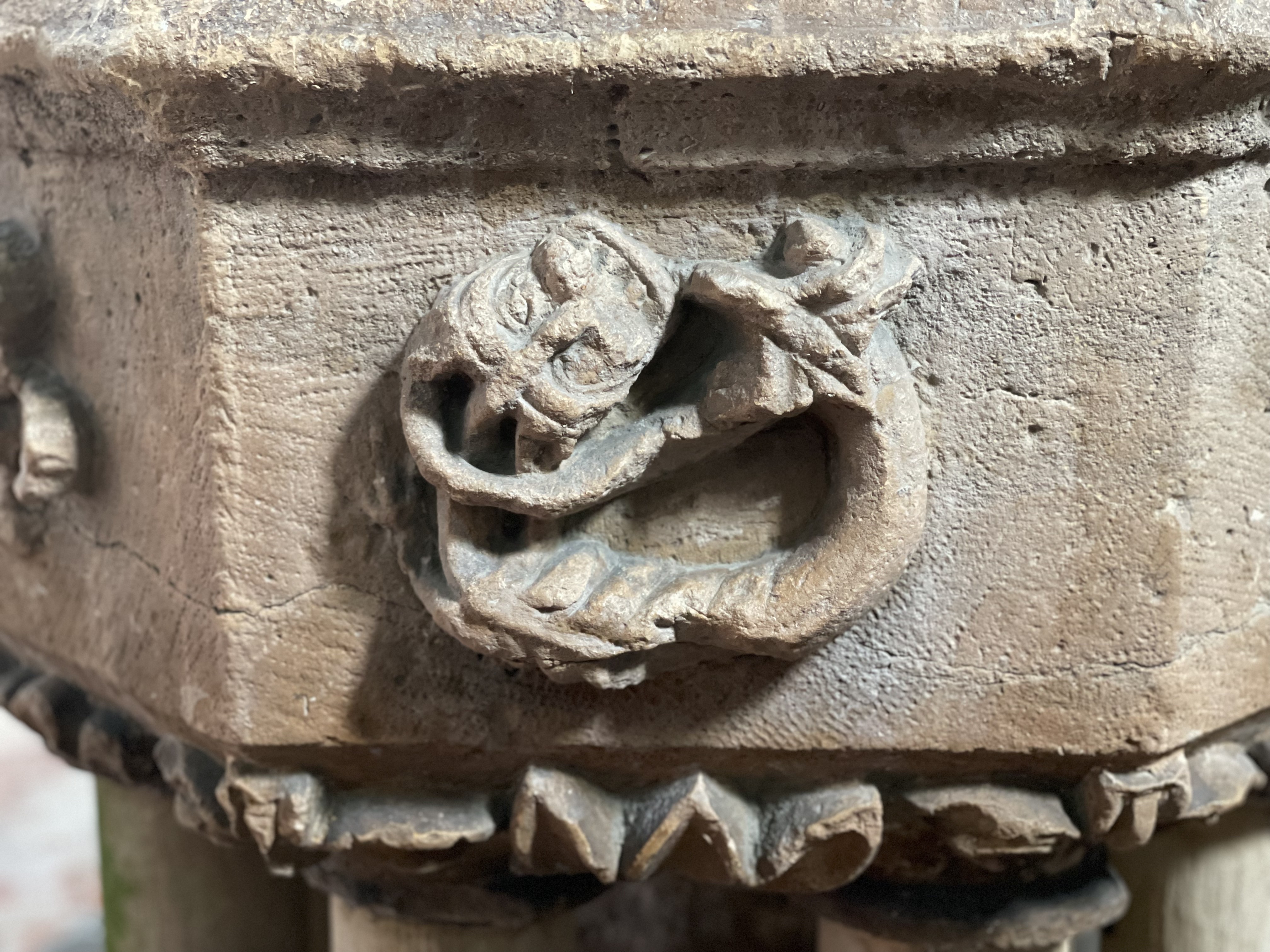
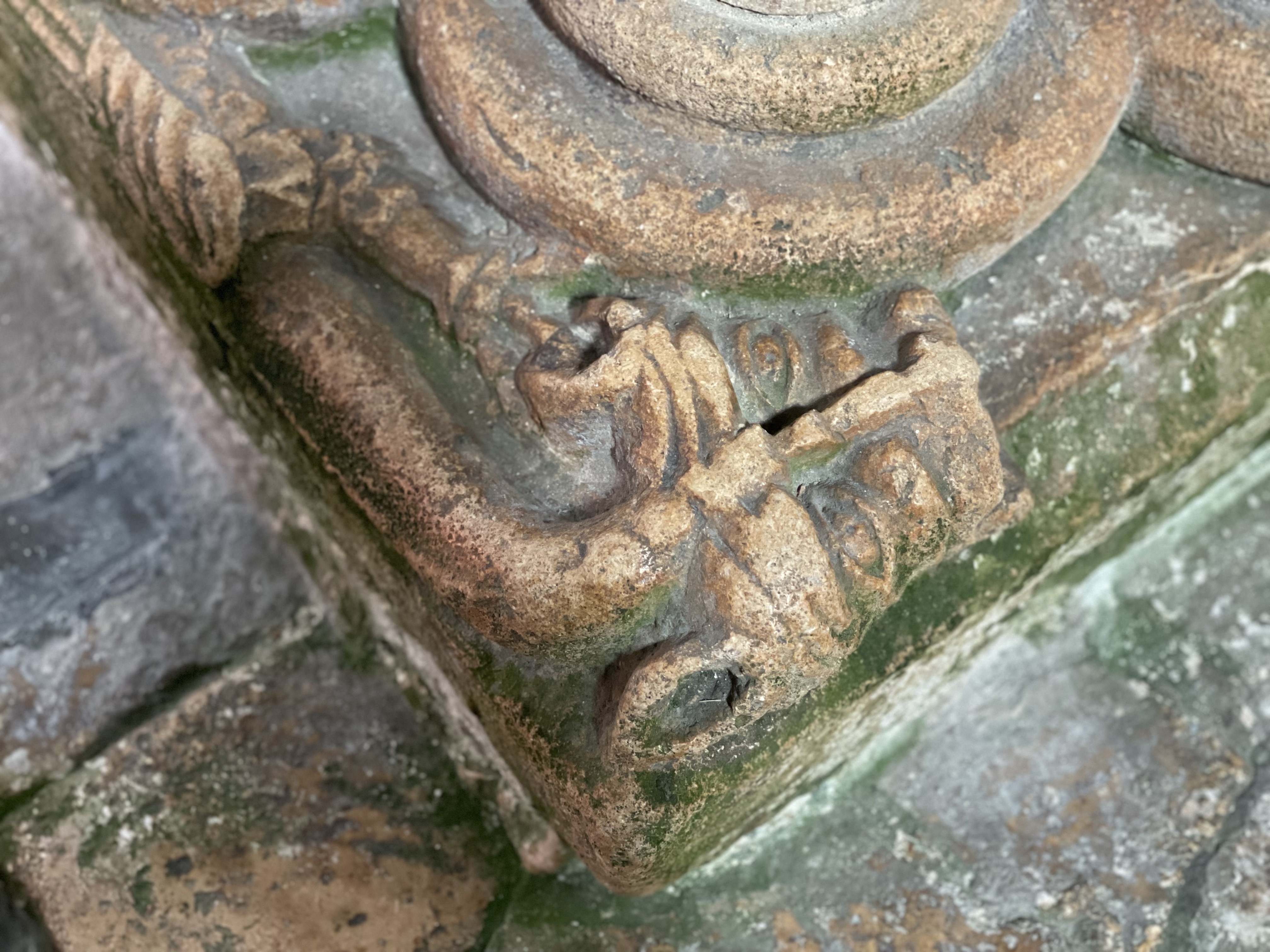
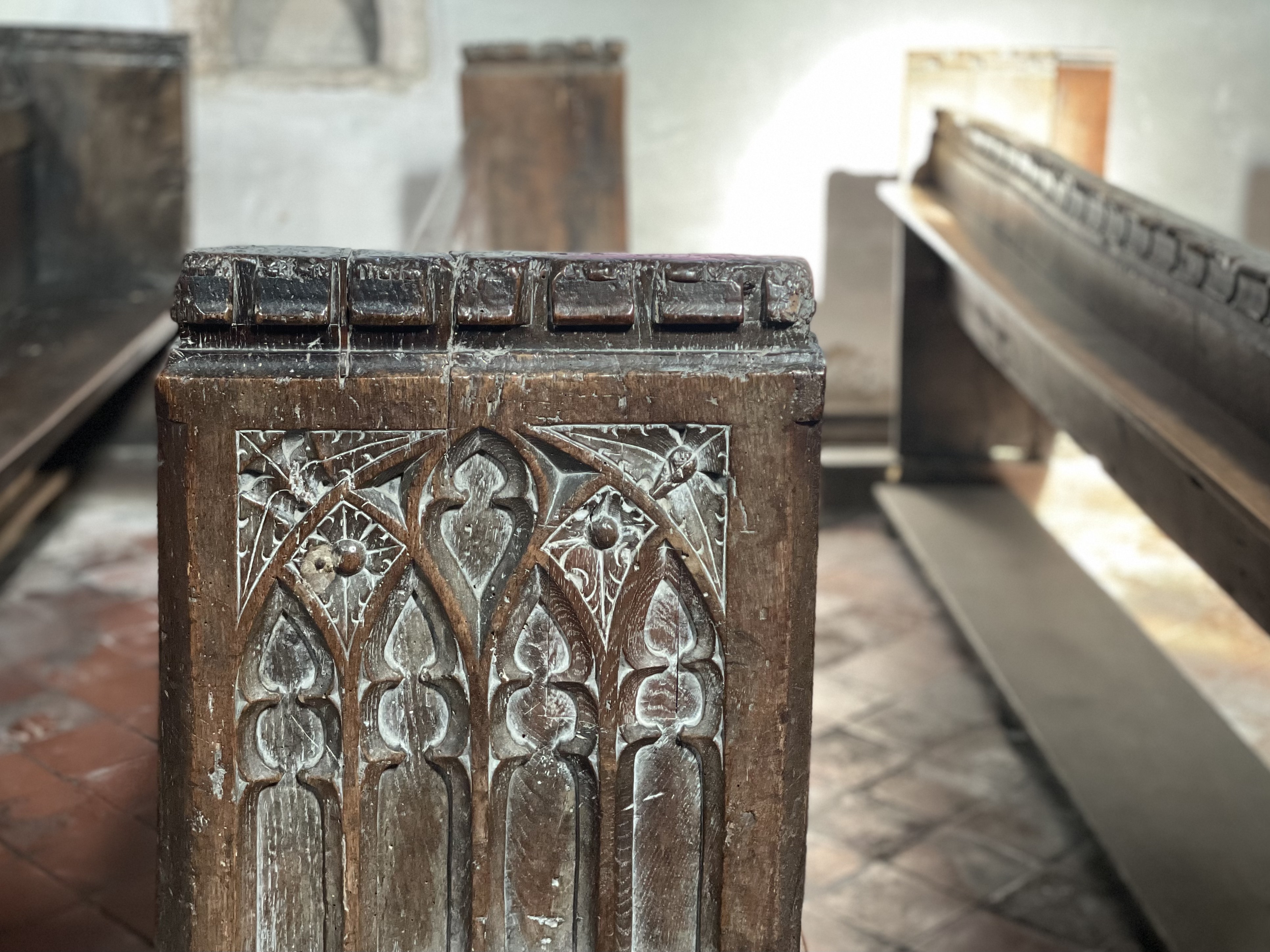
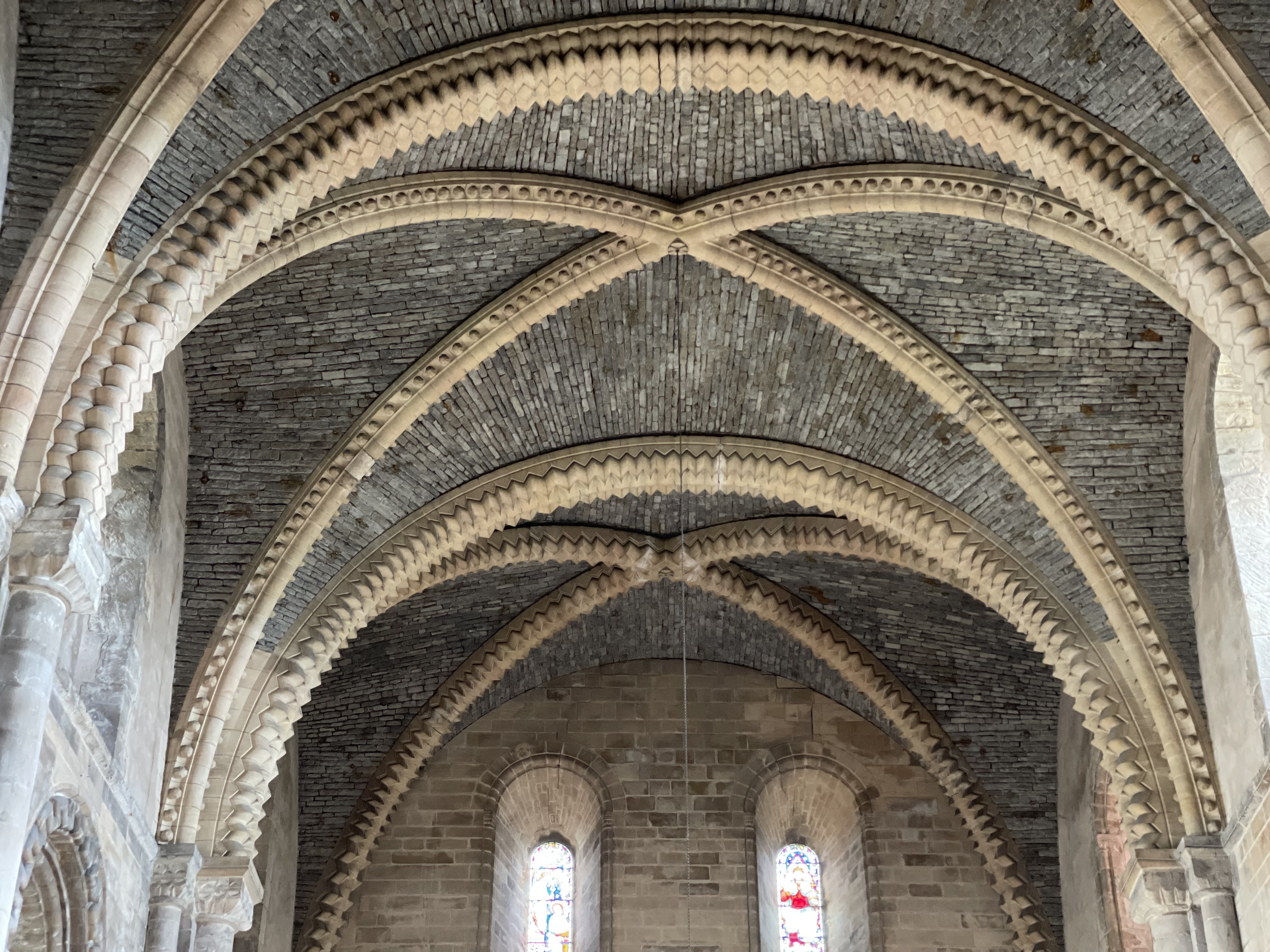
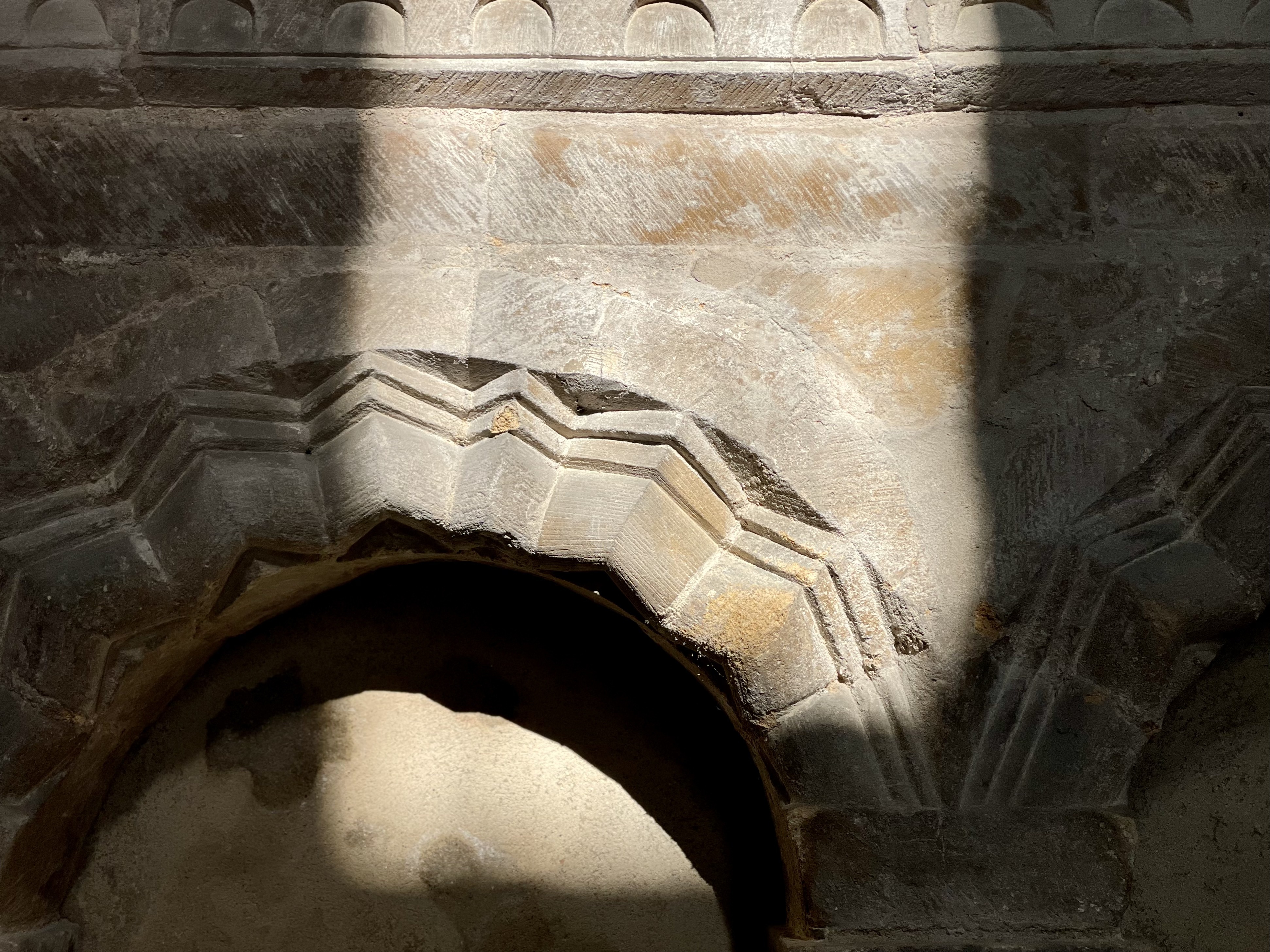
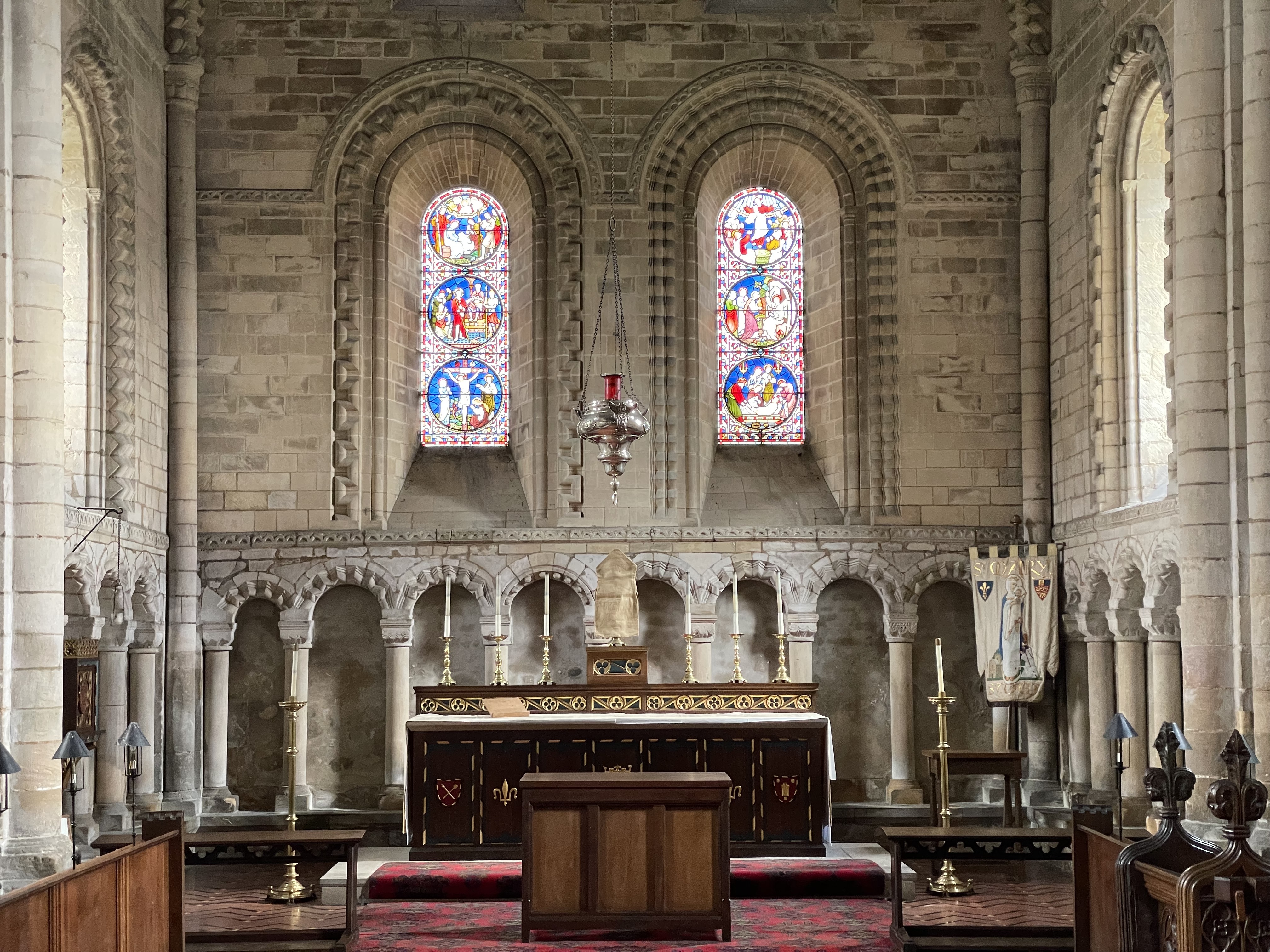
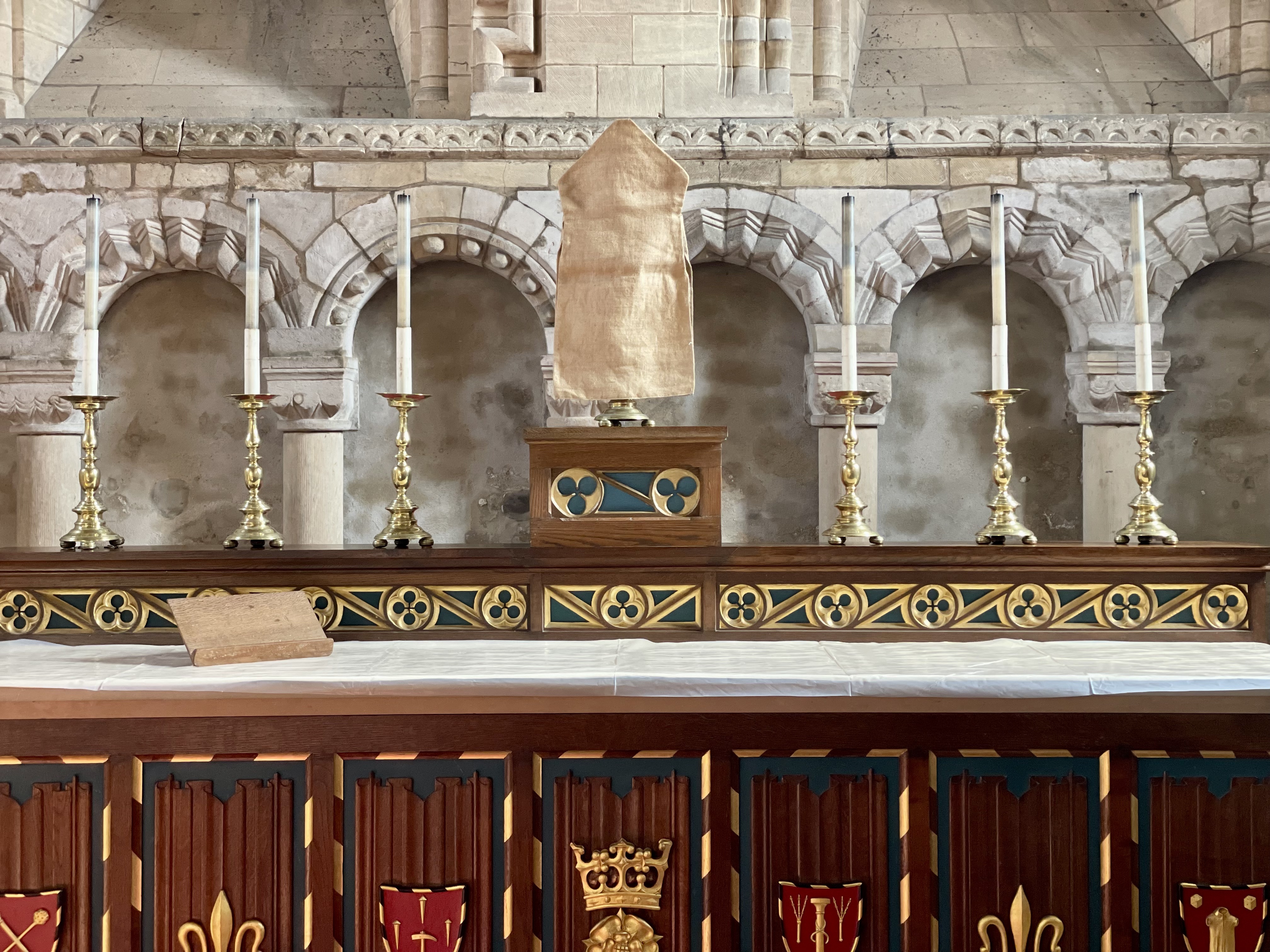
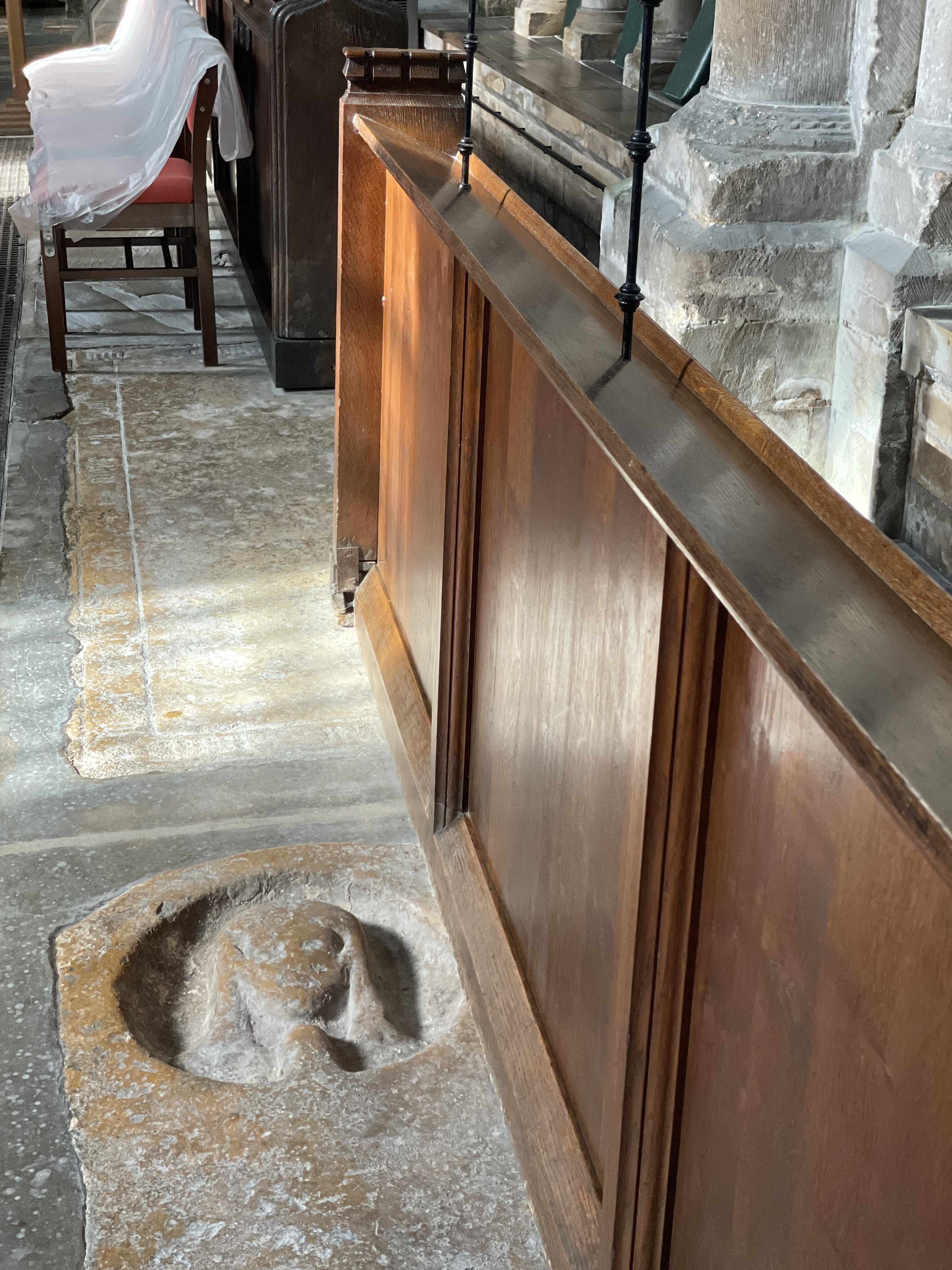
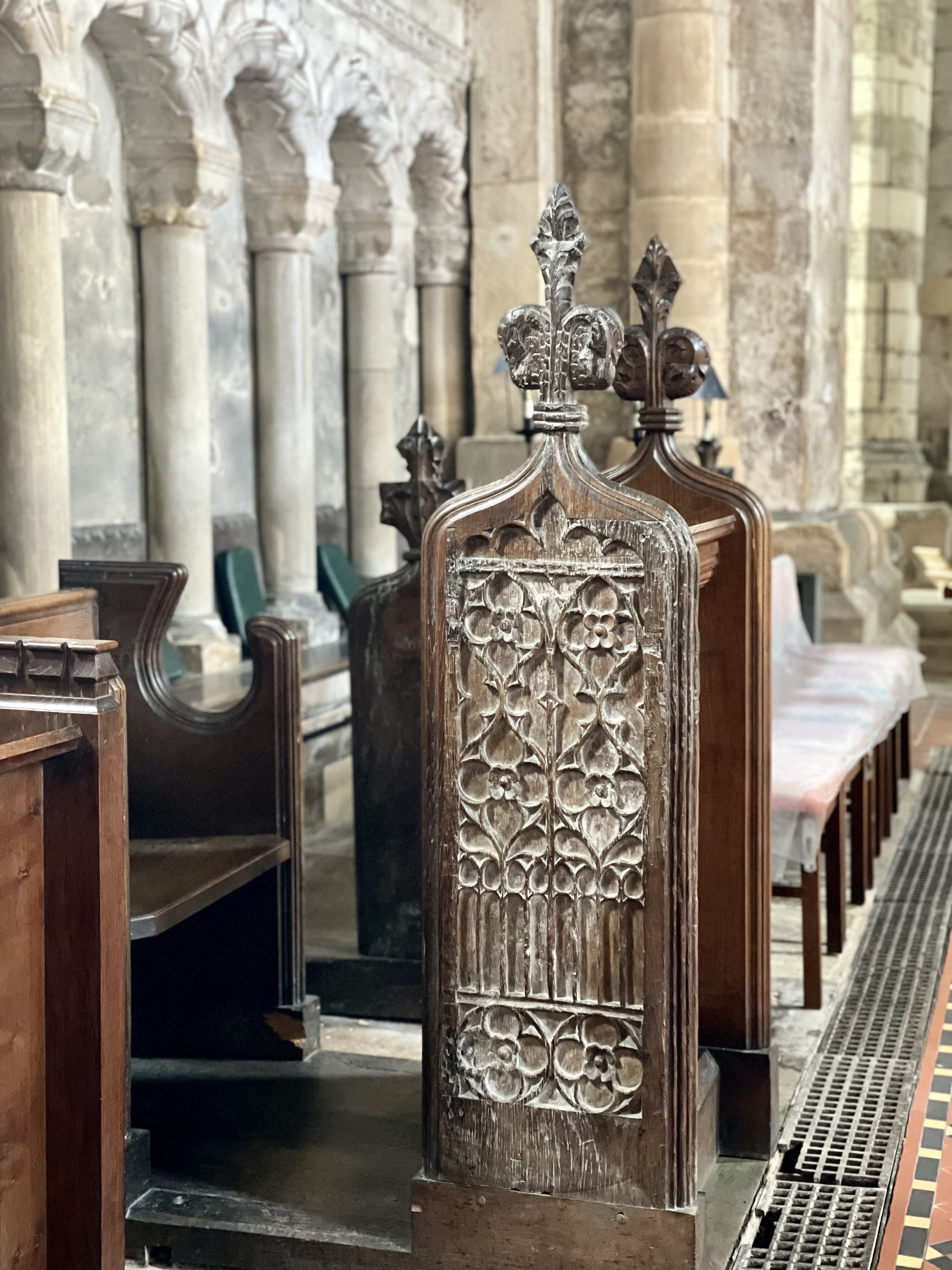
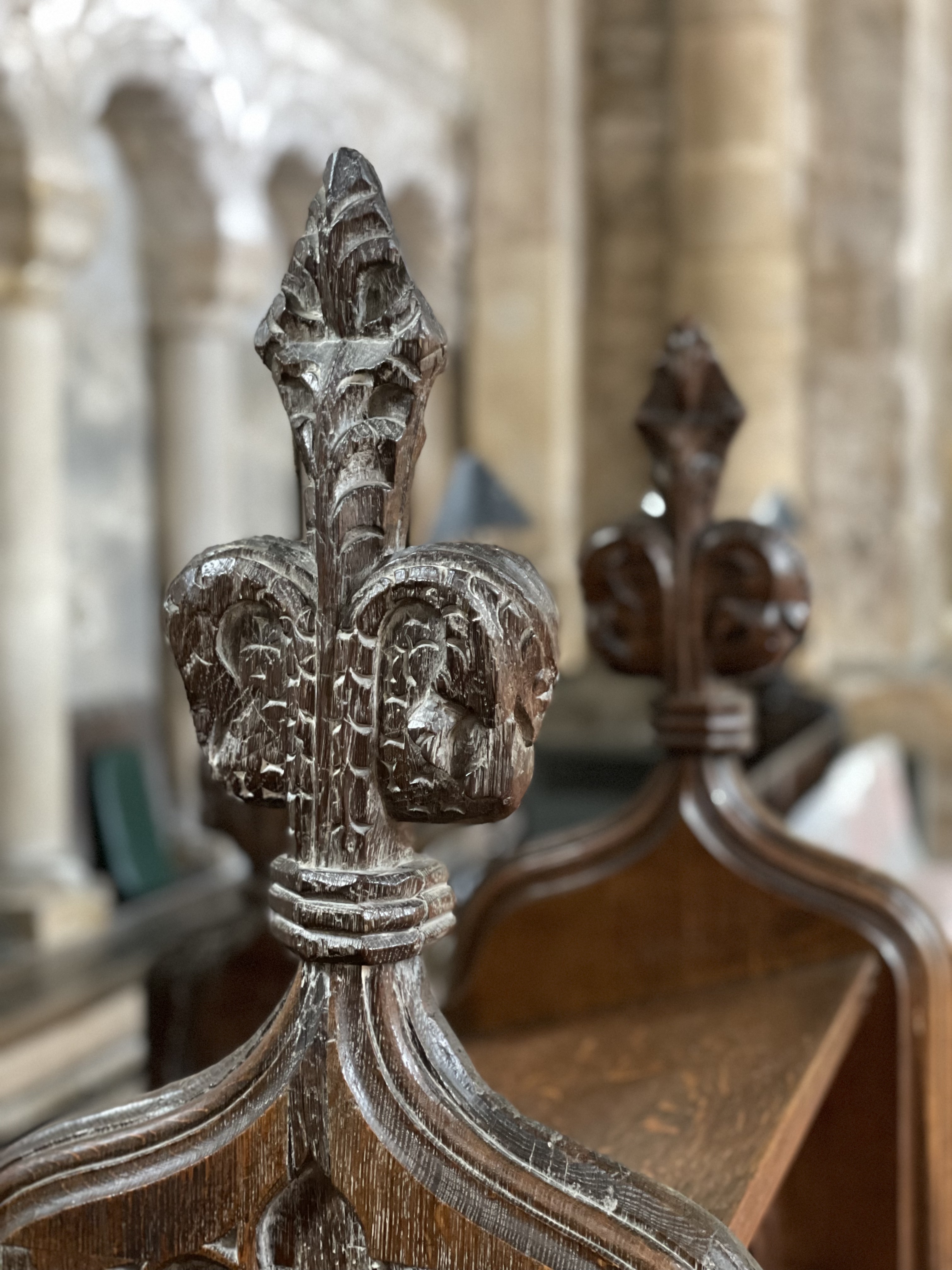
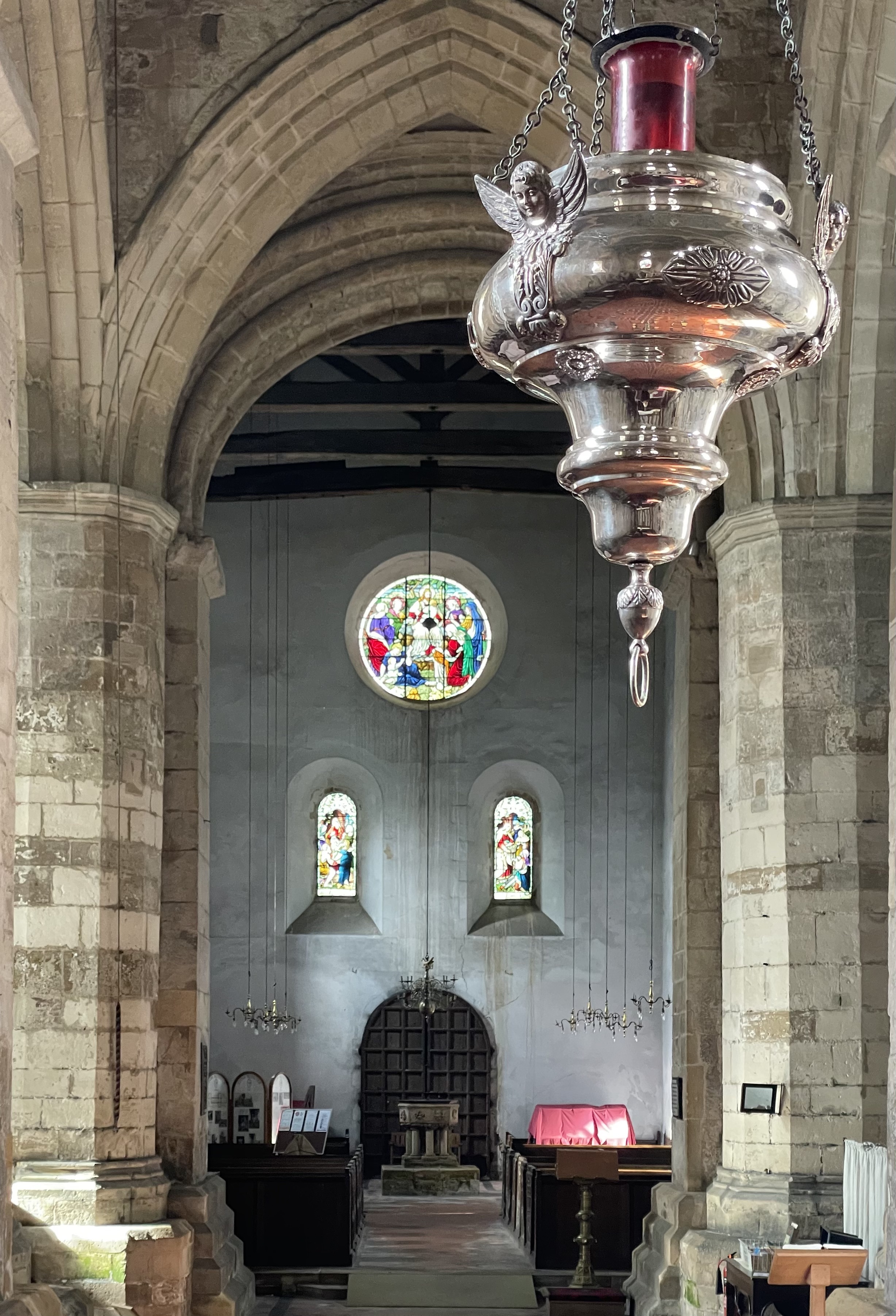
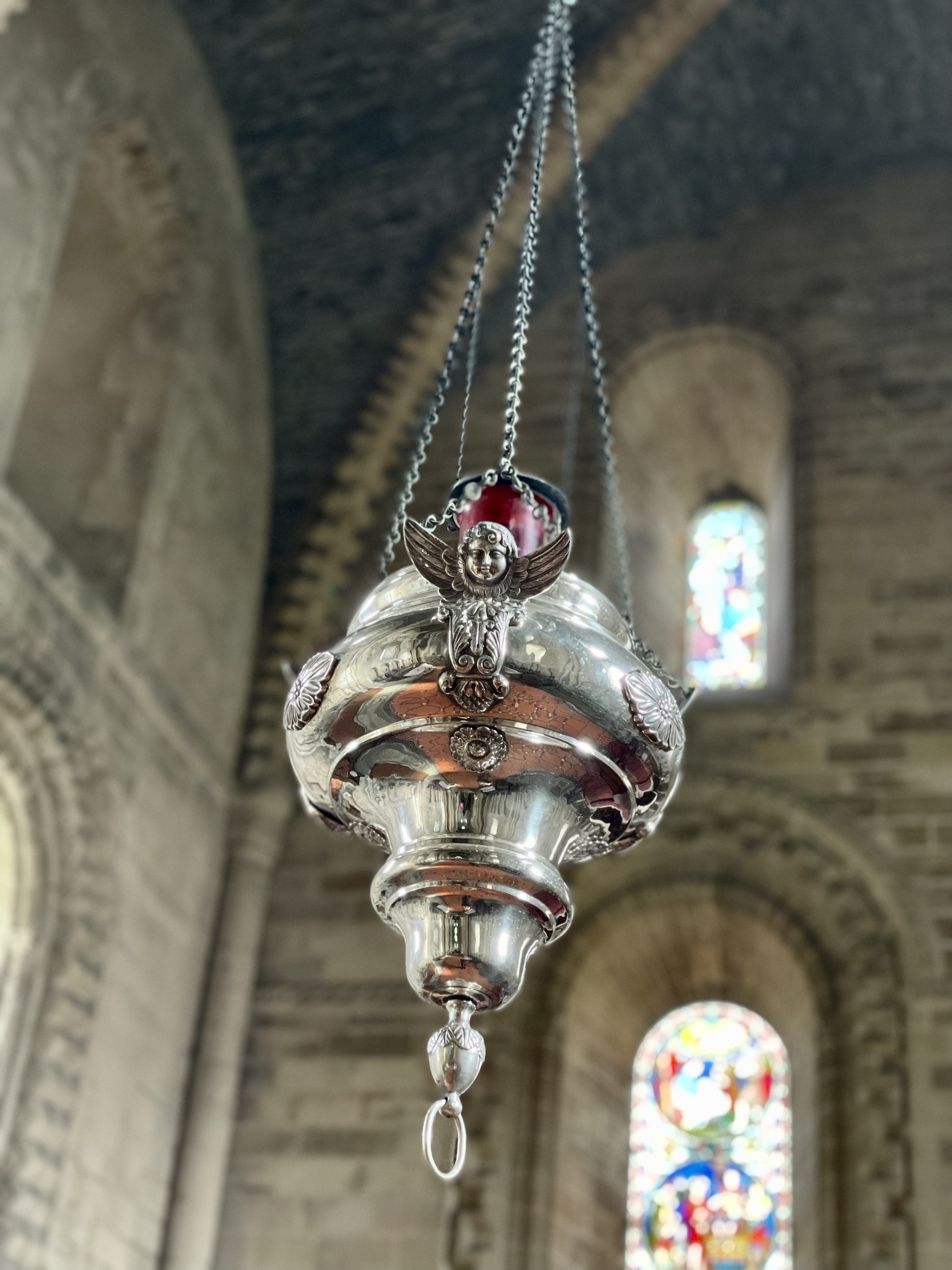
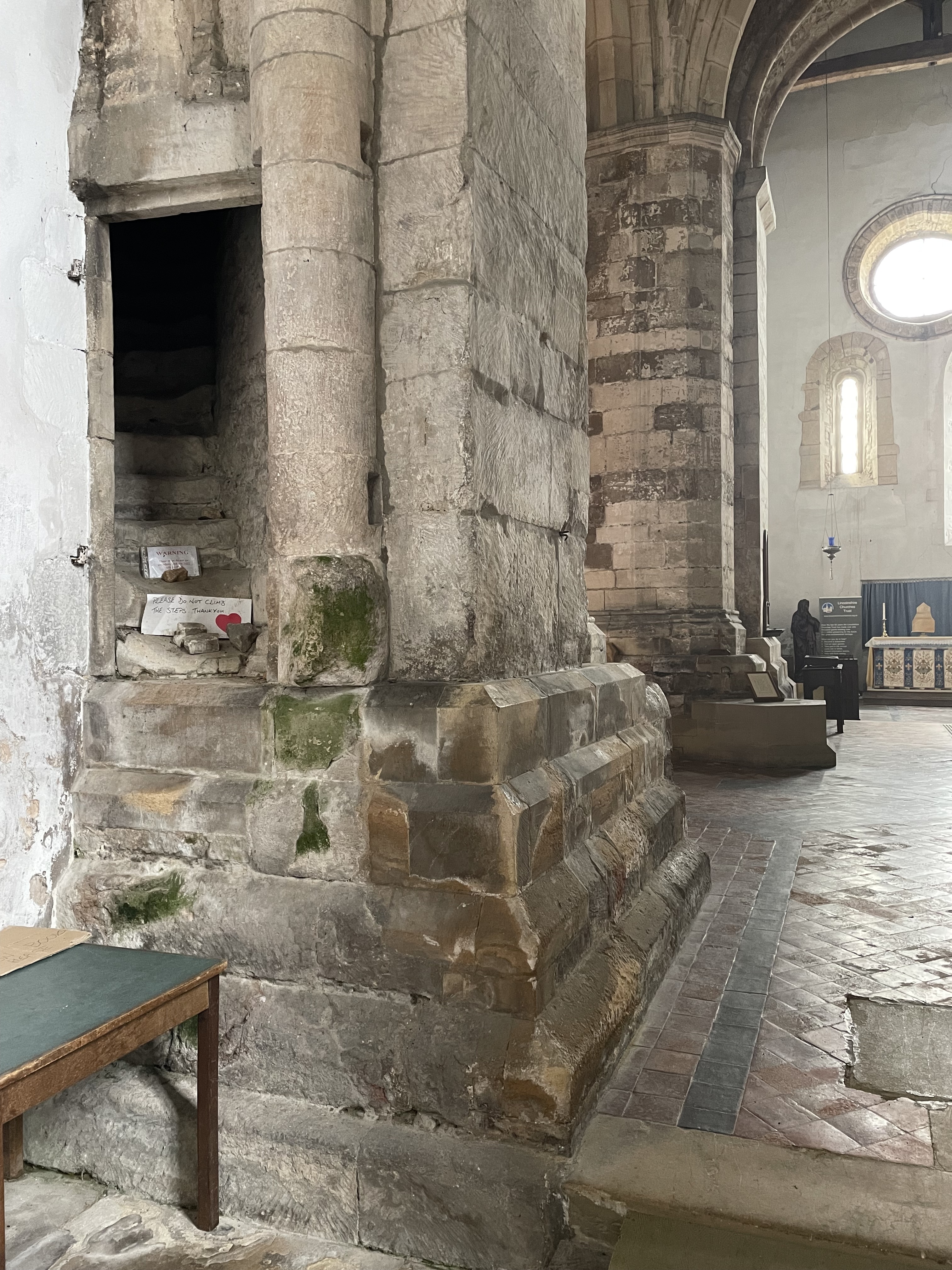
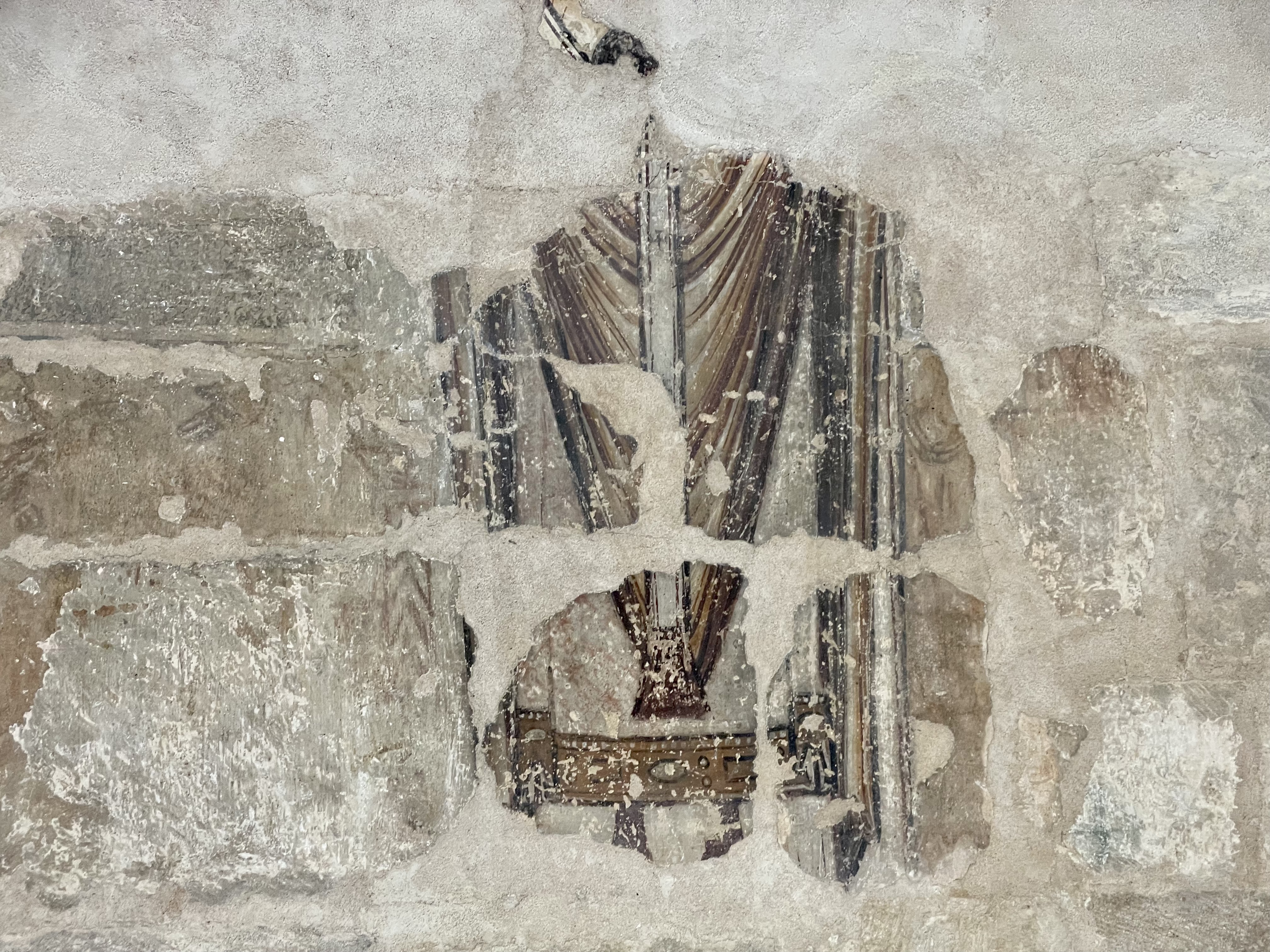
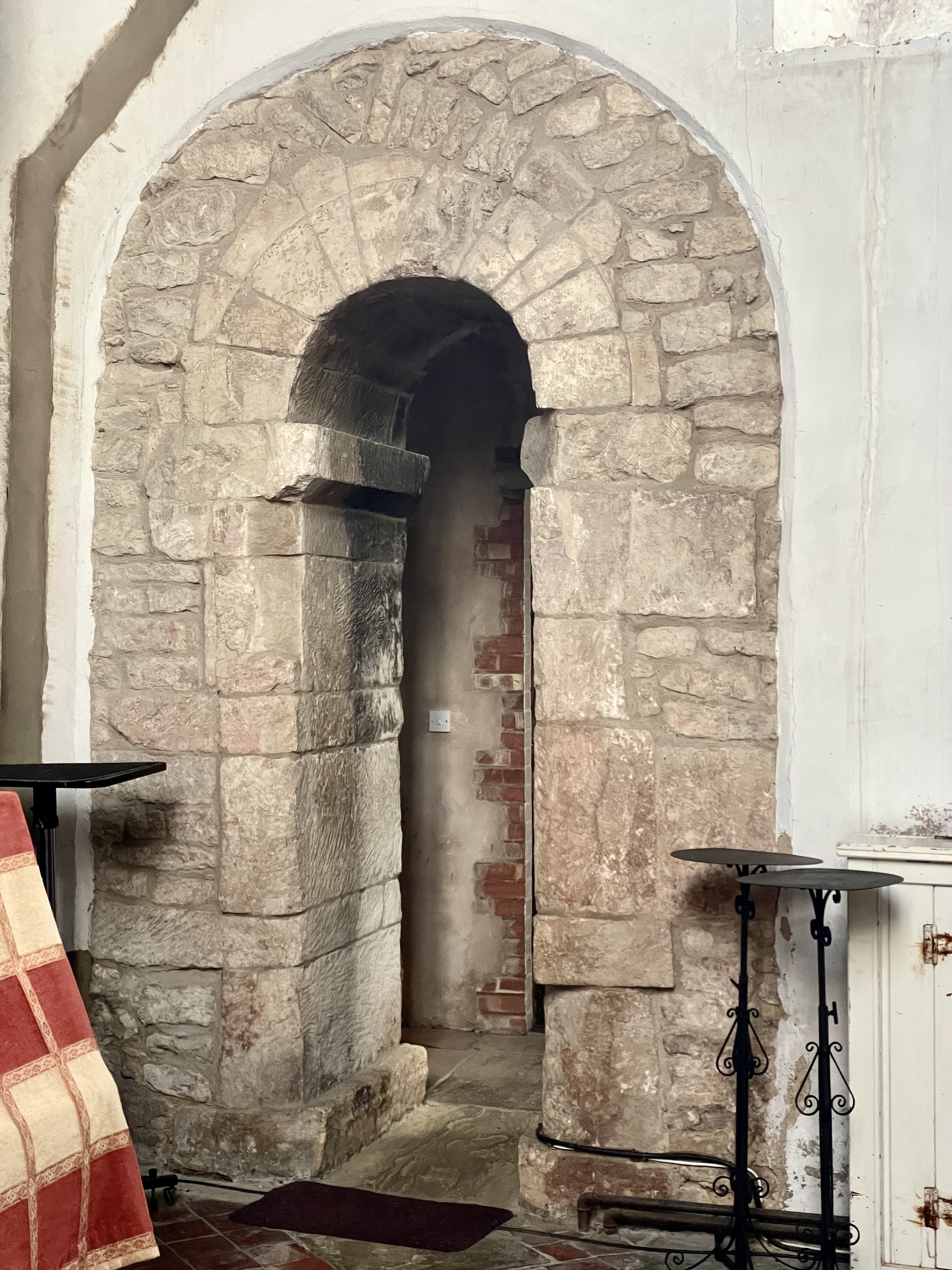
Below: A snot of stone thought to have molten and fallen in a fire during the Viking raids on the church in the late C9th
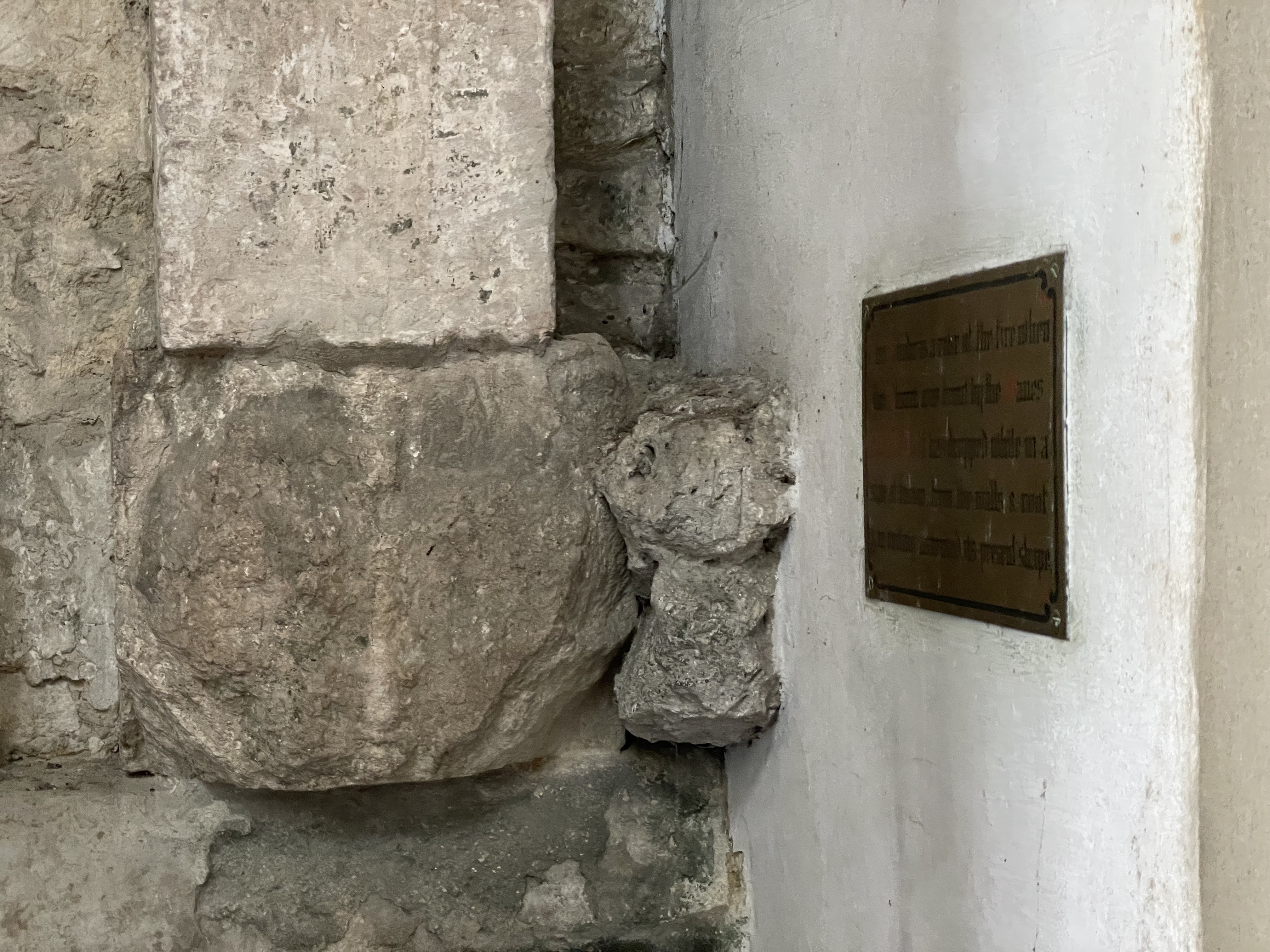
Southwell Minster
I arrived at Southwell before sunrise. Whilst waiting for the coffee to percolate in the van, I check my light chart and it tells me that there should be some sunlight on the north side first thing - for around 20 minutes.
All these photos were take on iPhone.
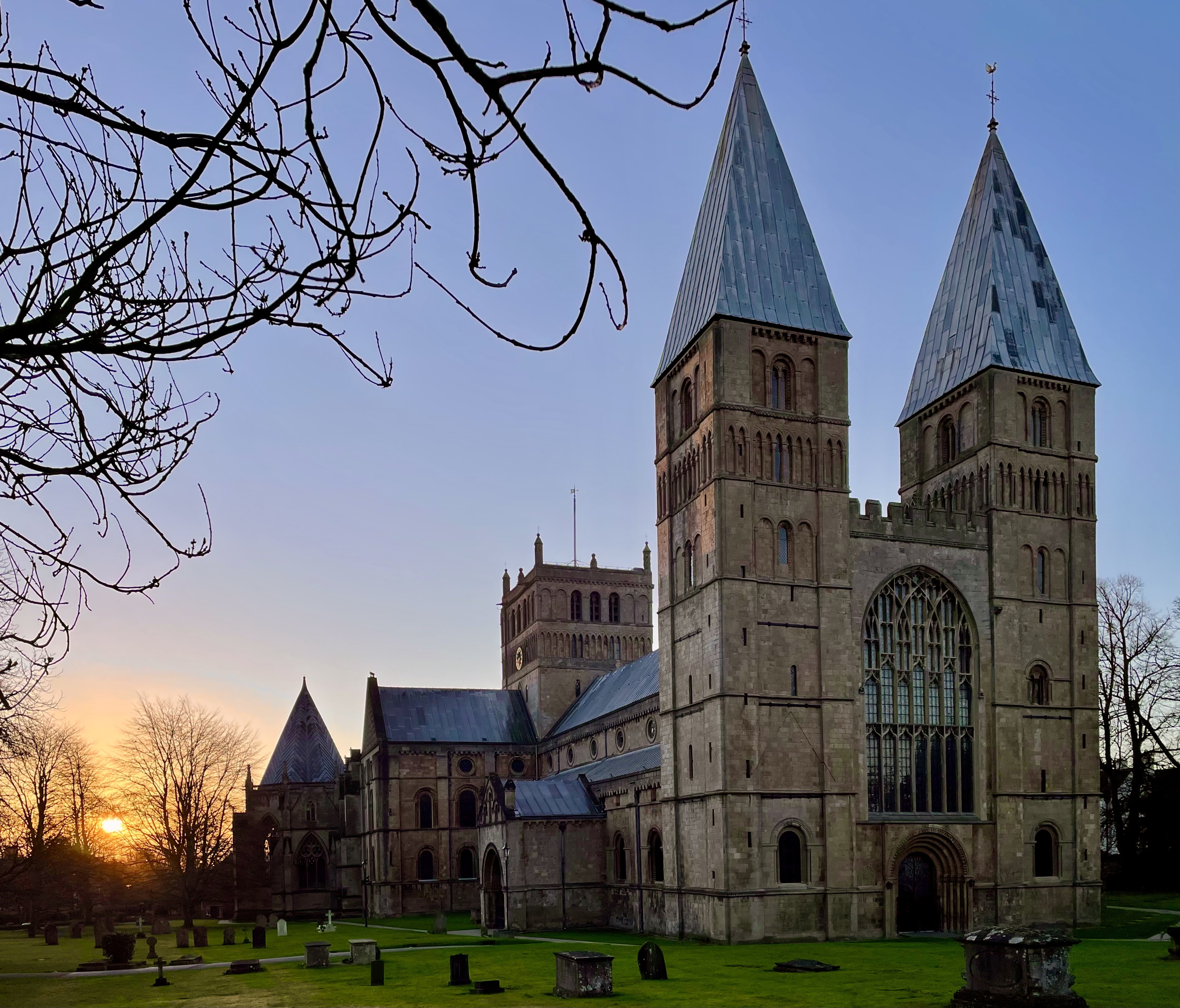
Later in the day, I ask the verger if we can use some incense to entrap the light.
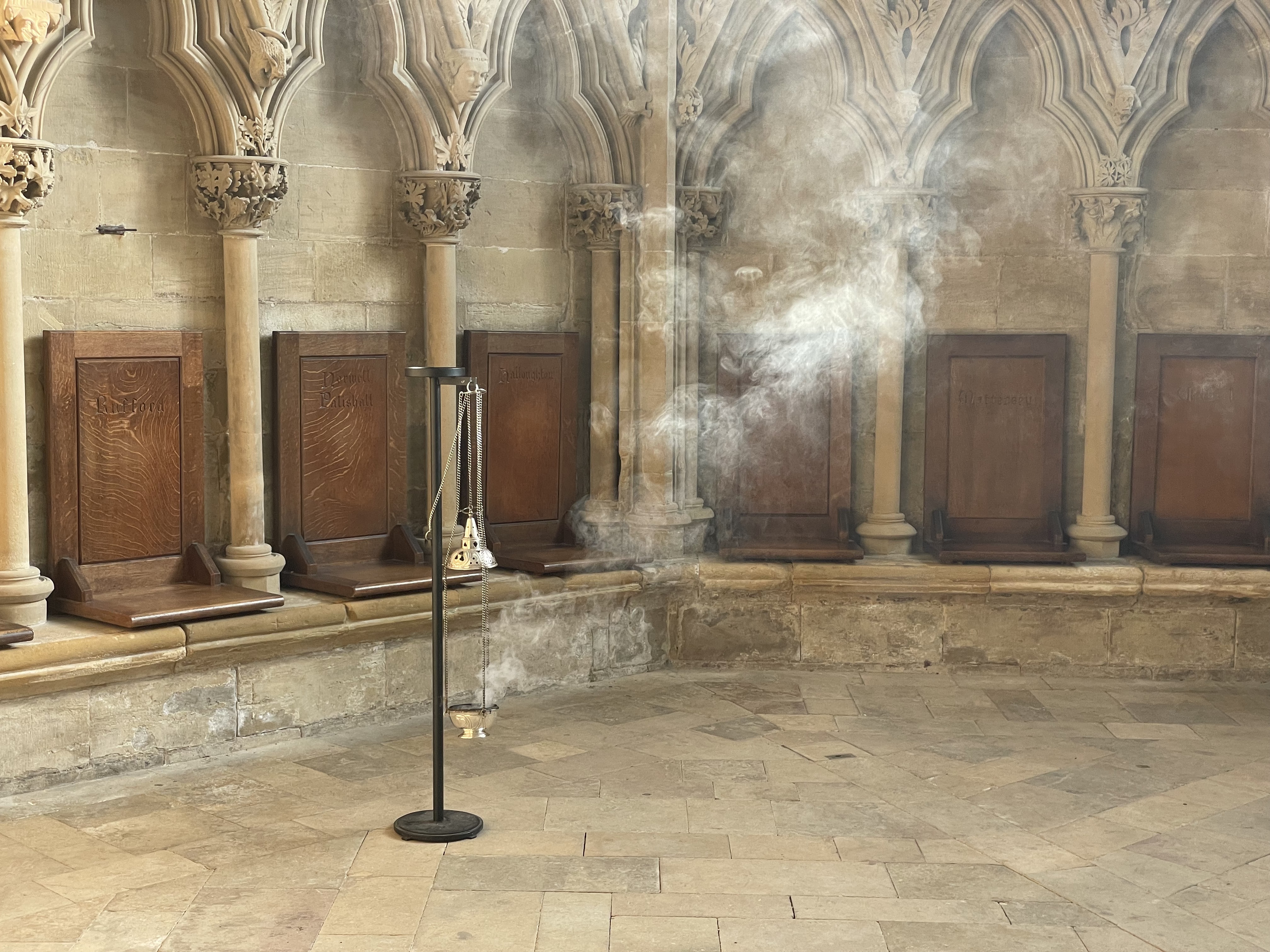
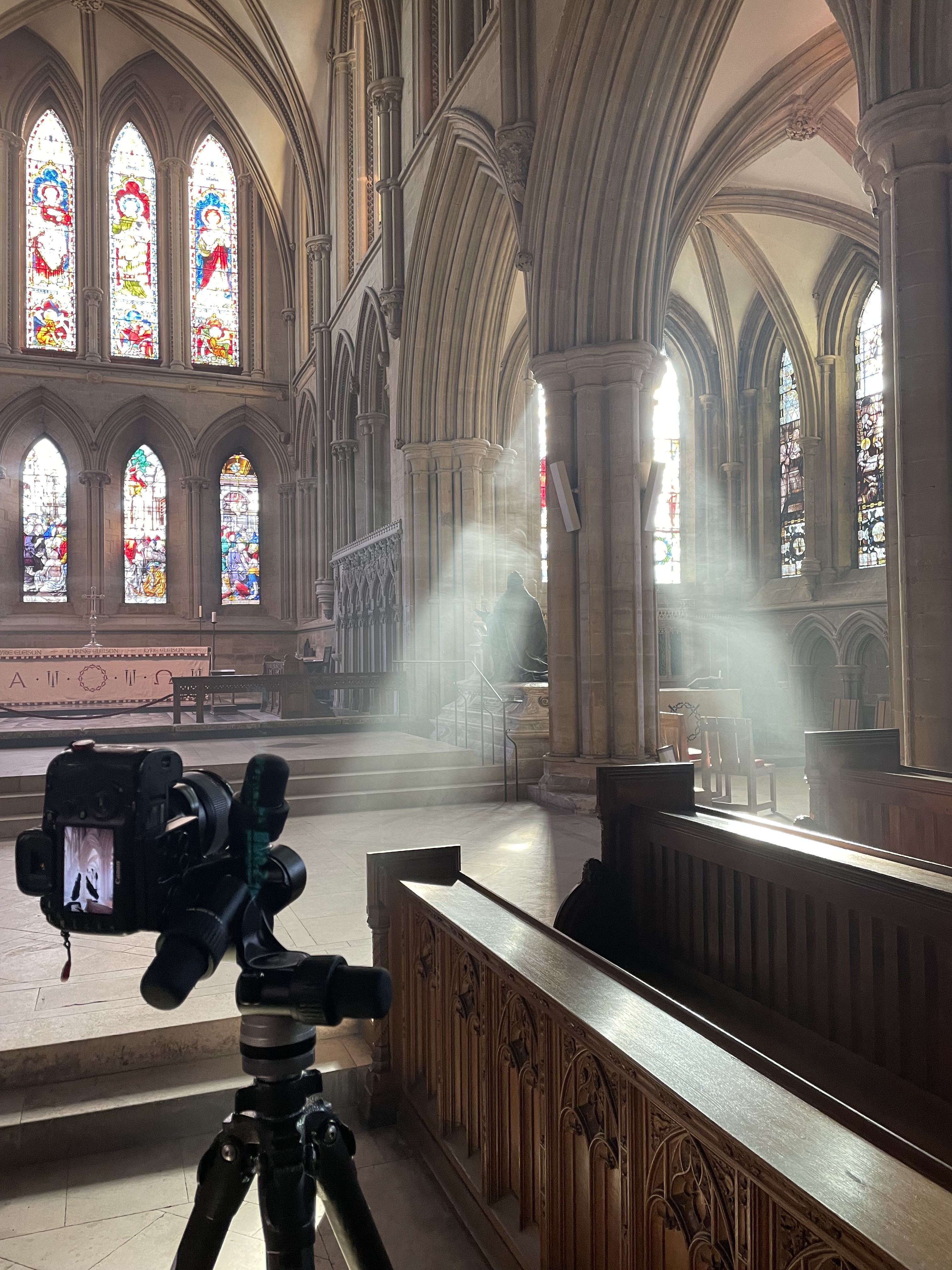

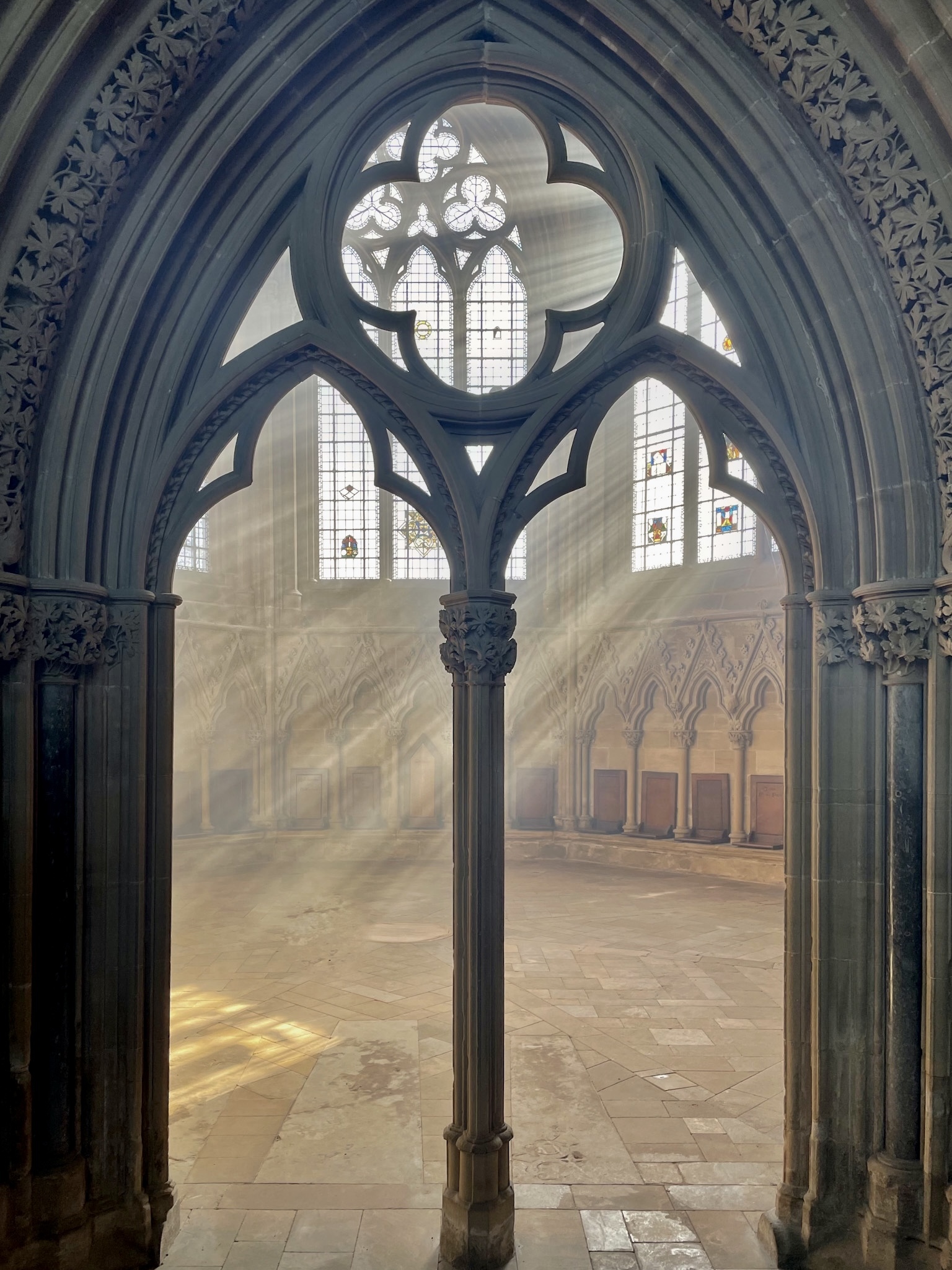
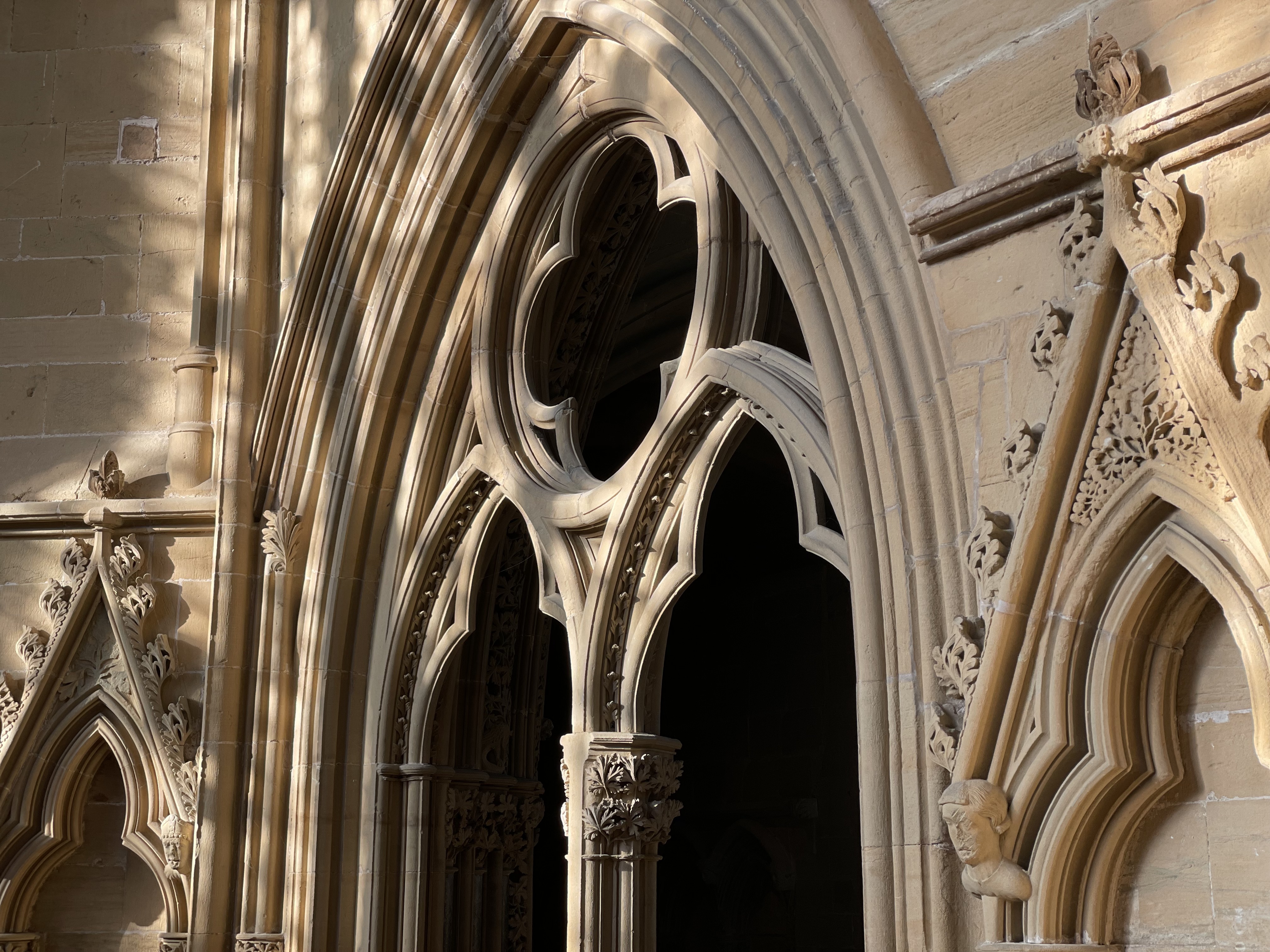
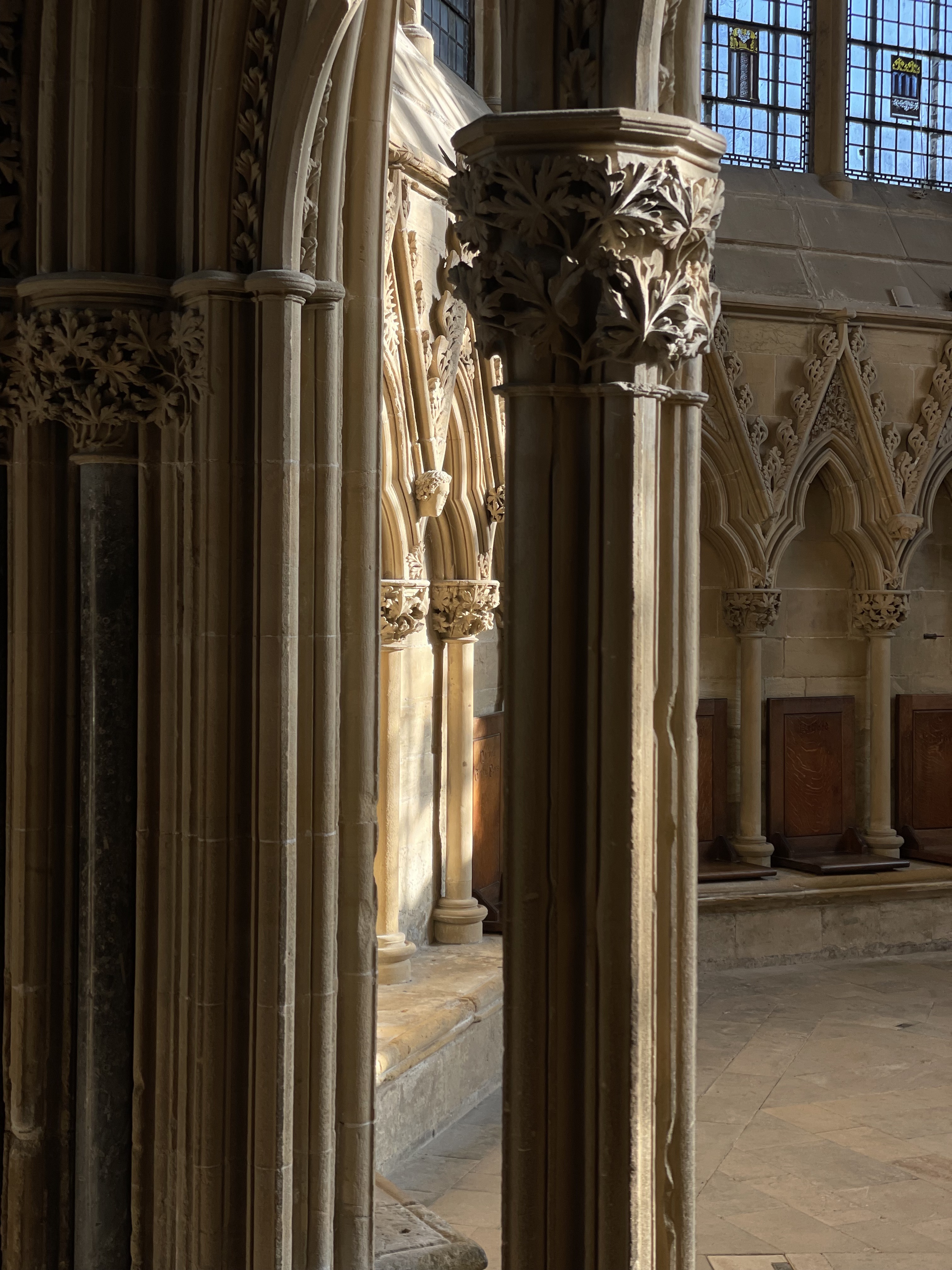
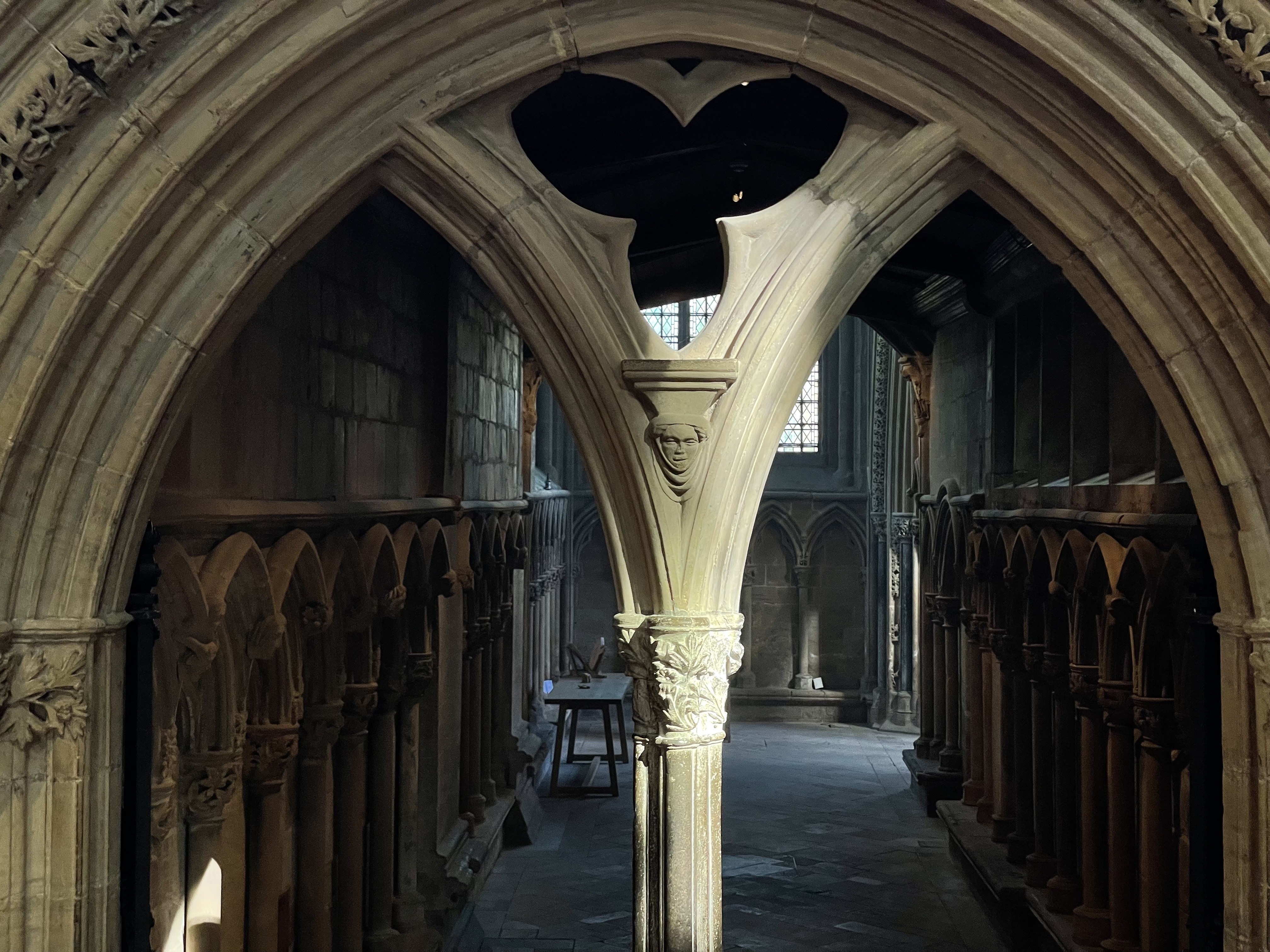
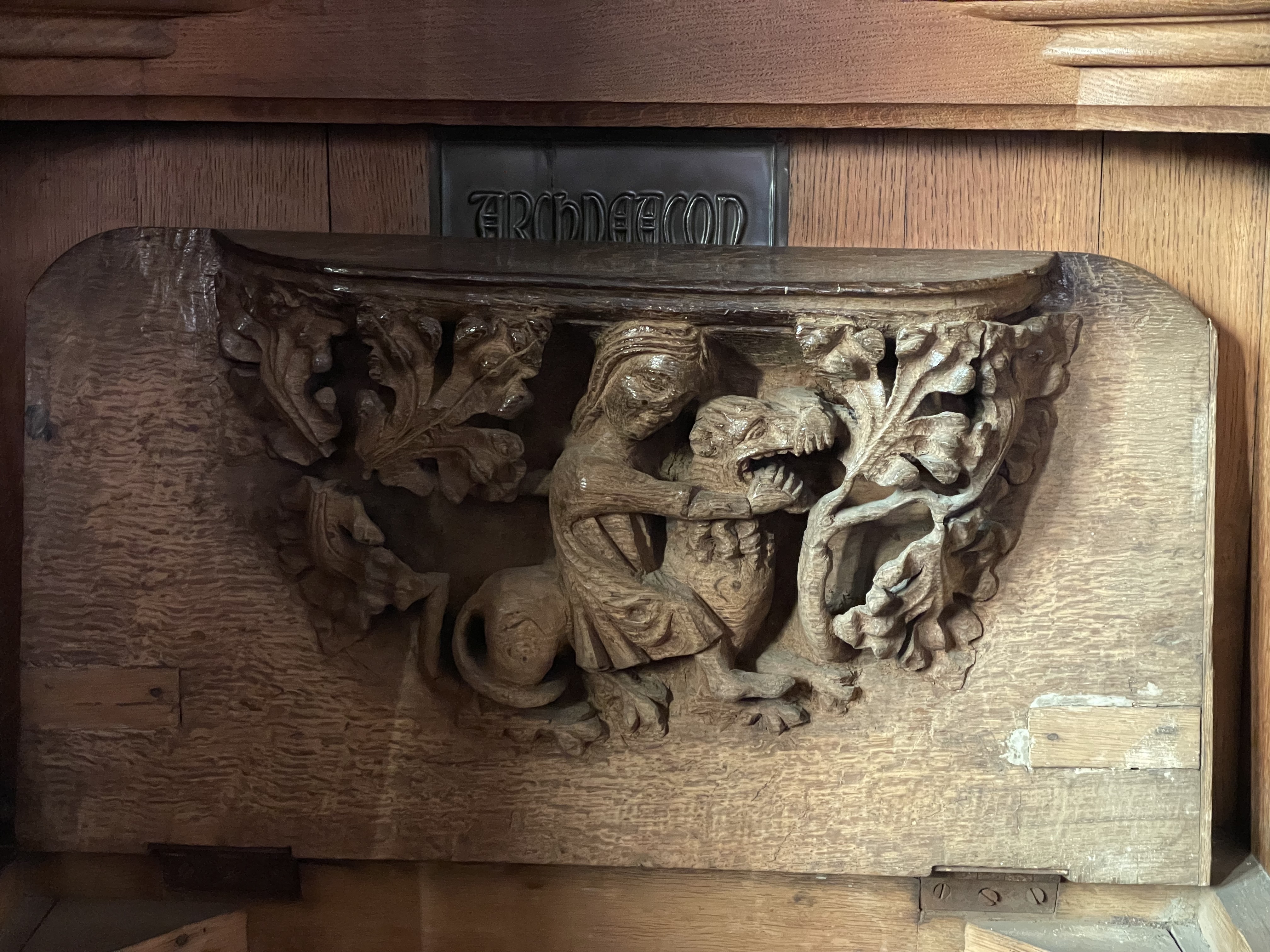
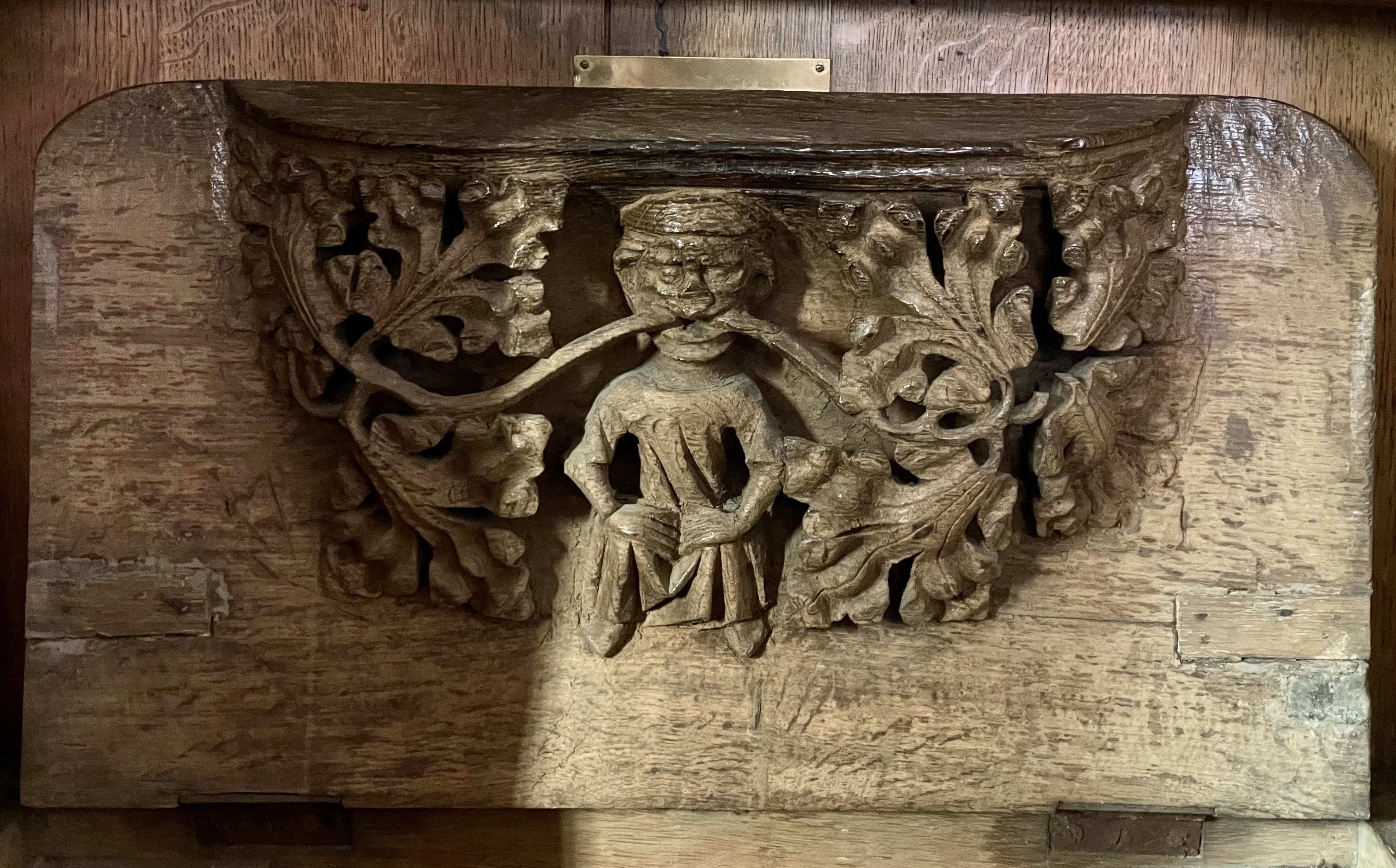
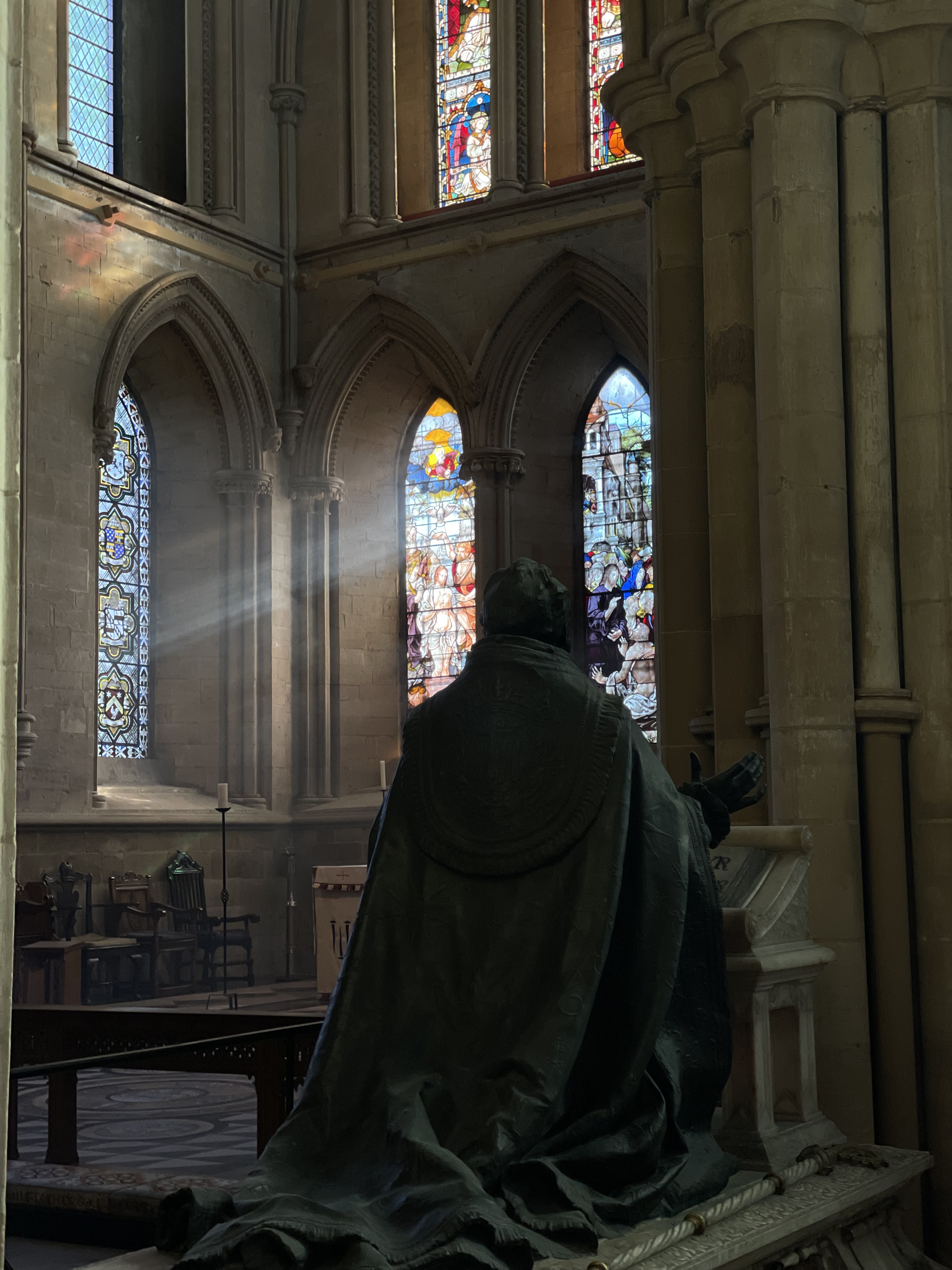
Vanlife
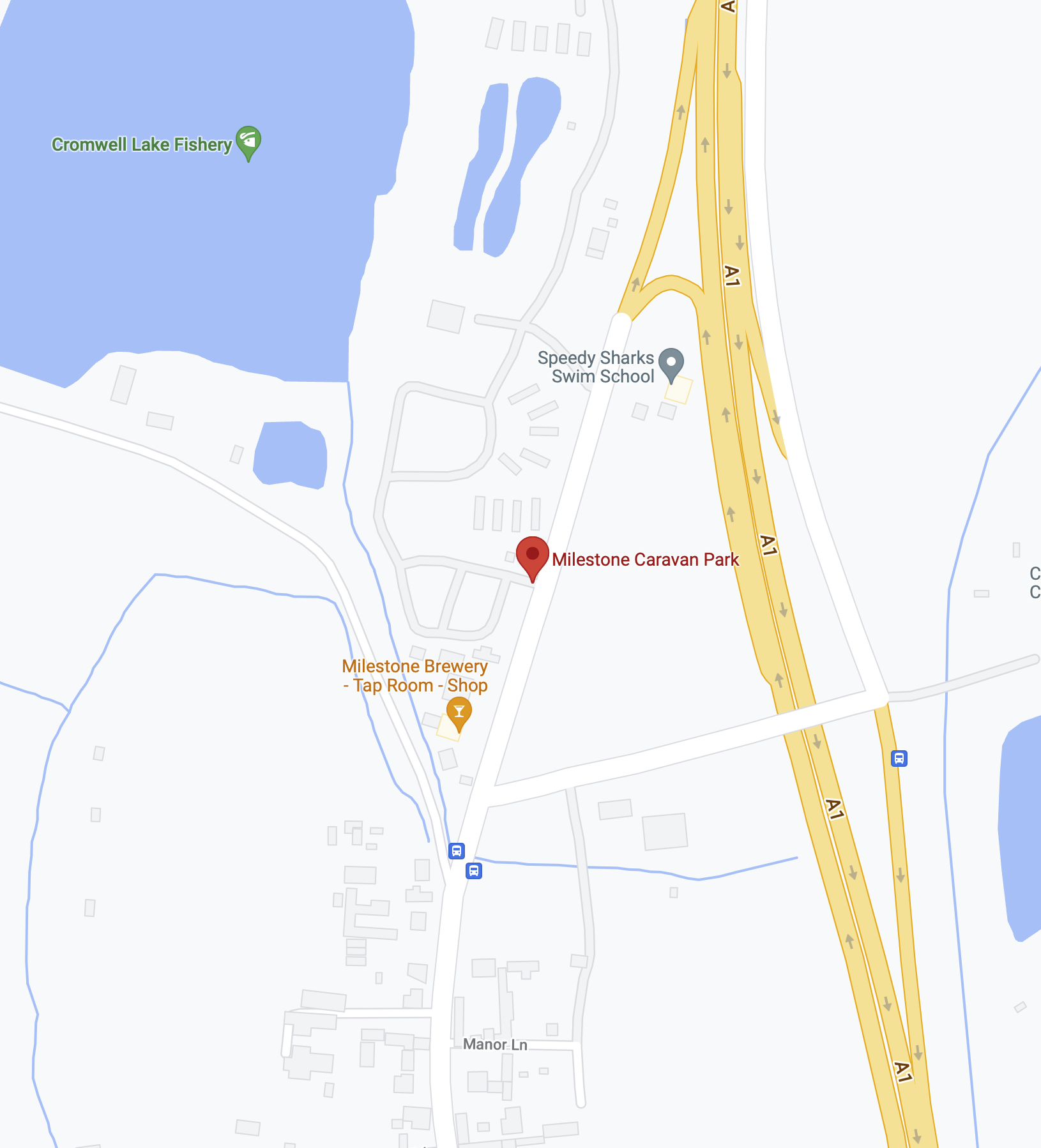
My overnight stay is at a campsite in Cromwell. The owner tells me that the local micro-brewery is open until 8pm - so I pay a visit and buy a few bottles of beer.
Milestone Brewery, Cromwell.
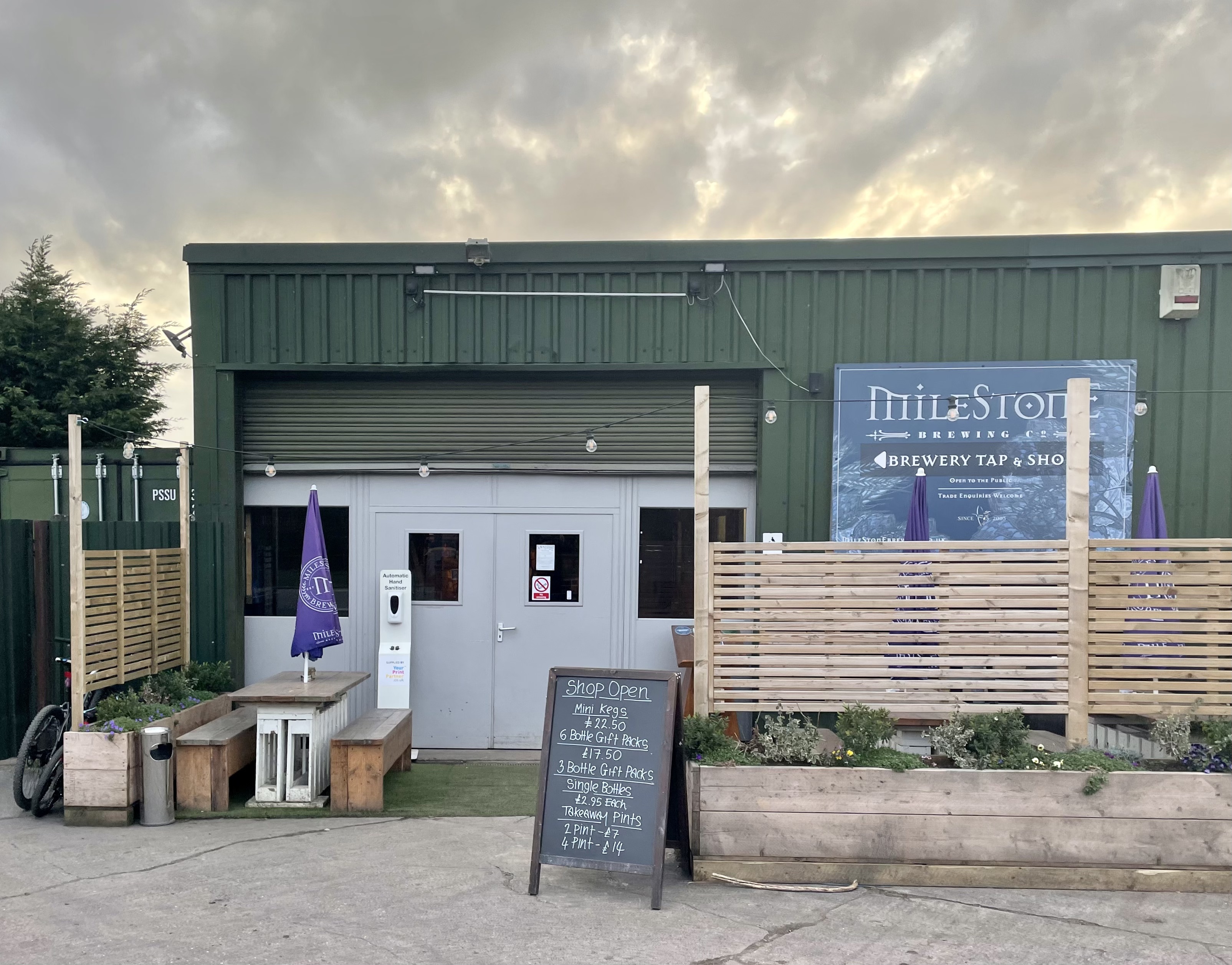

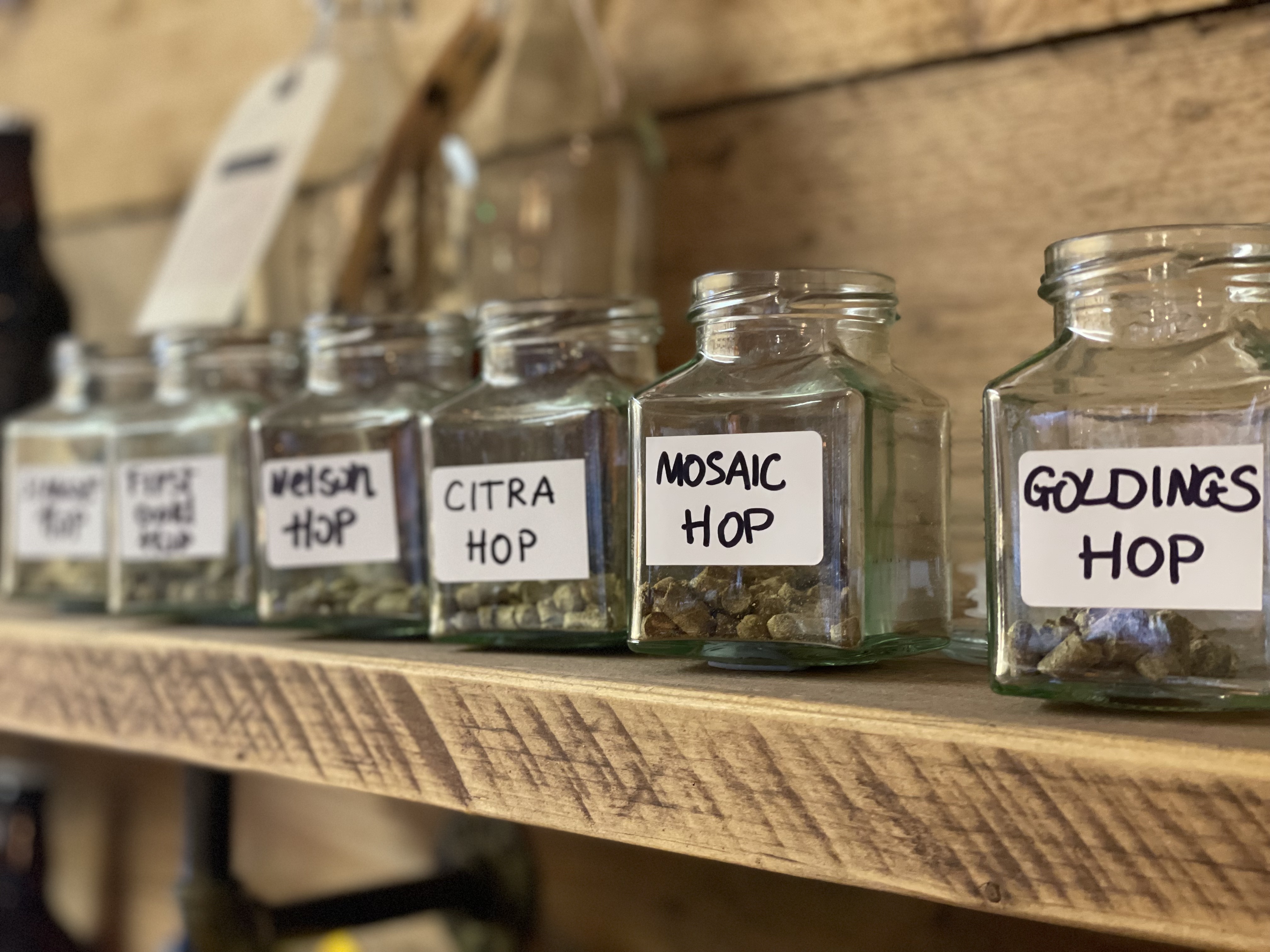
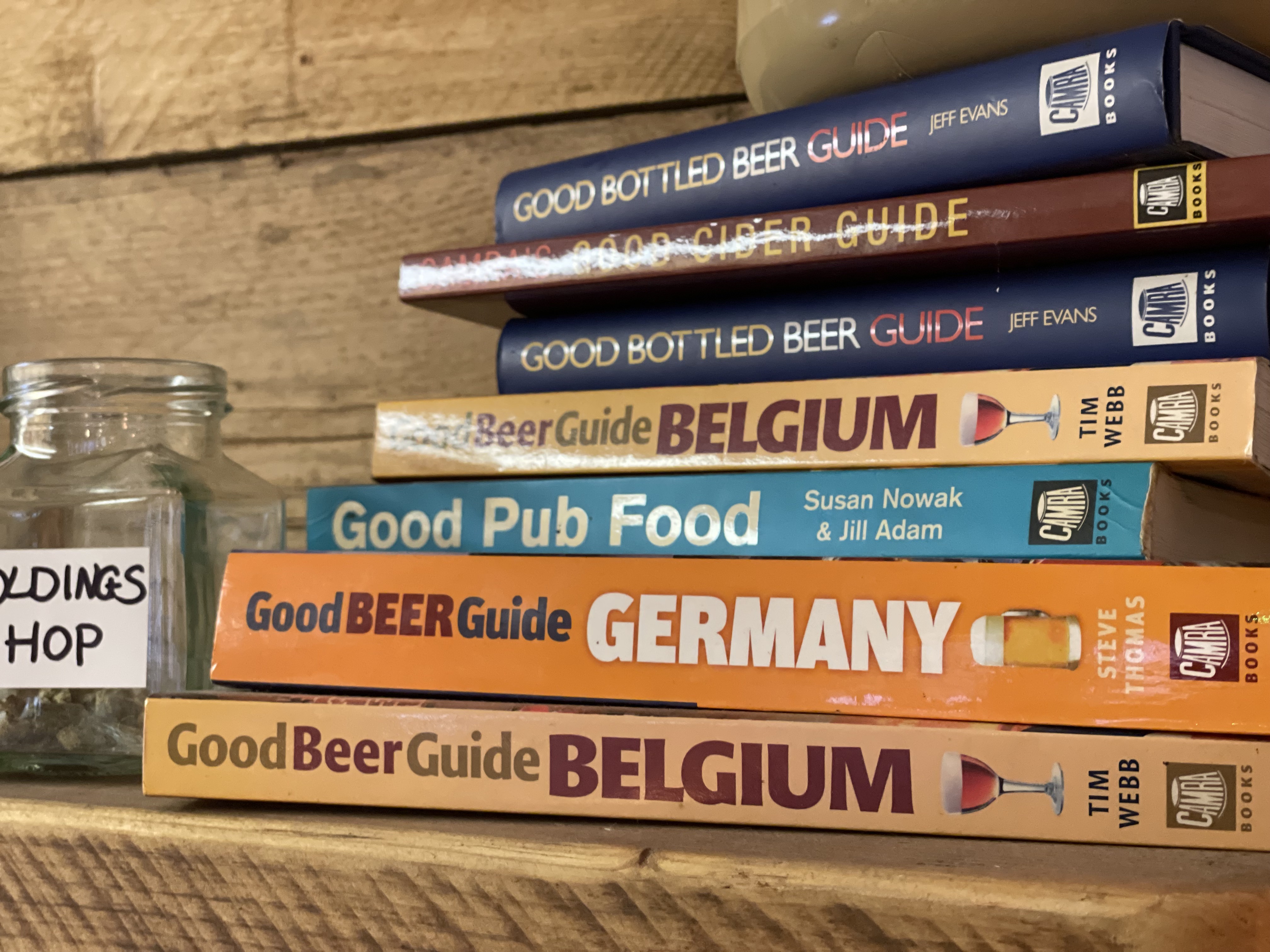
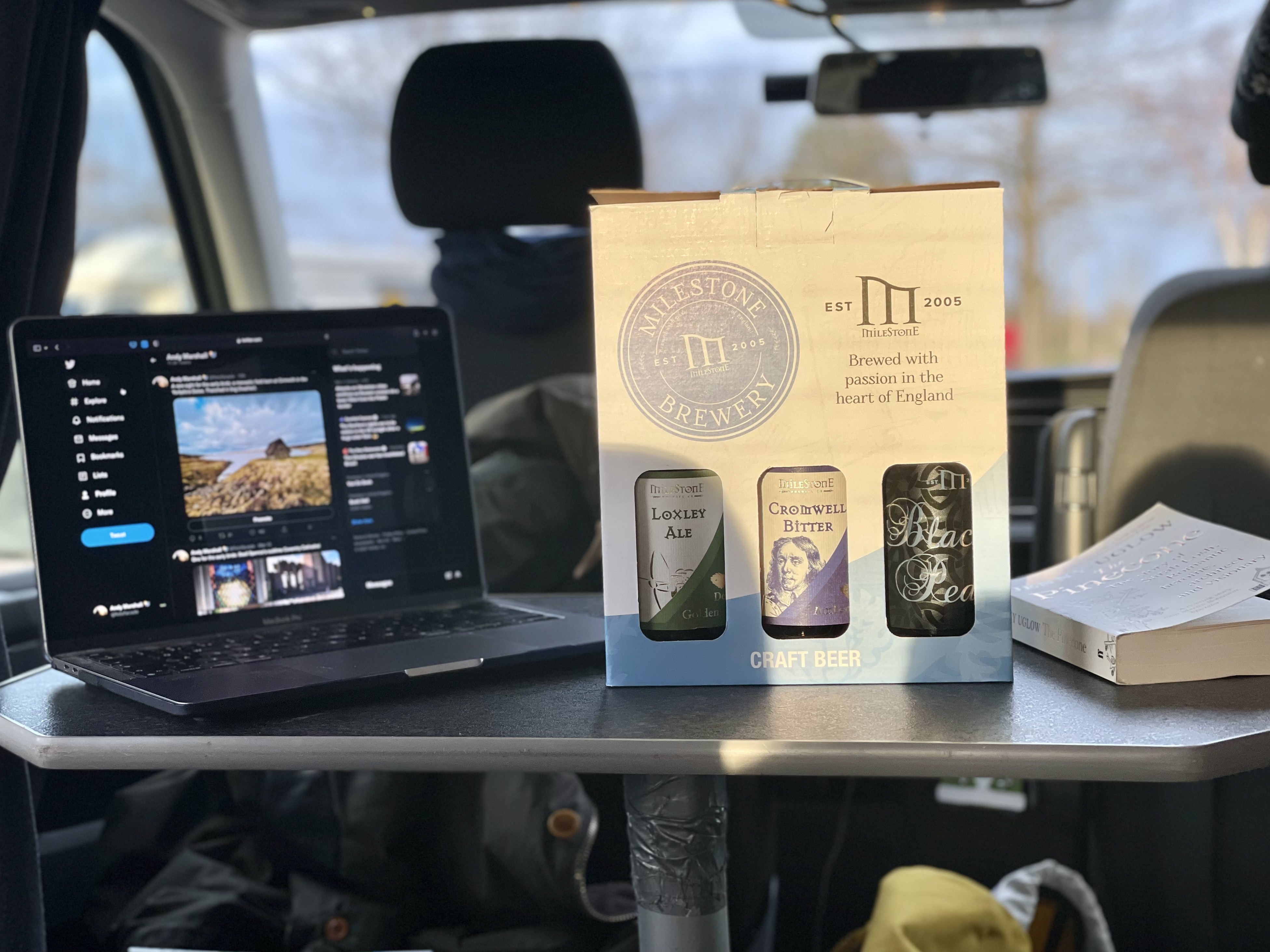
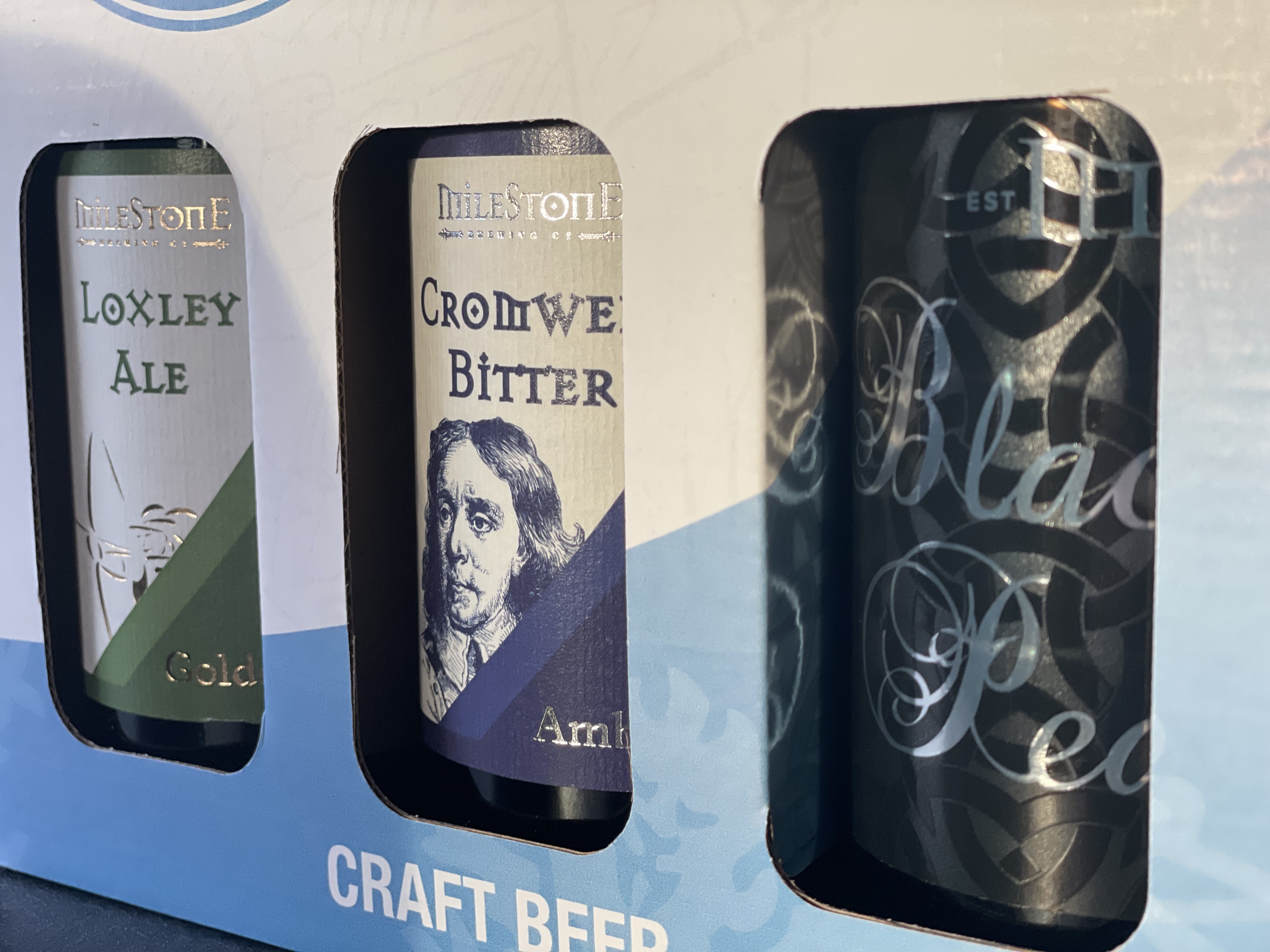
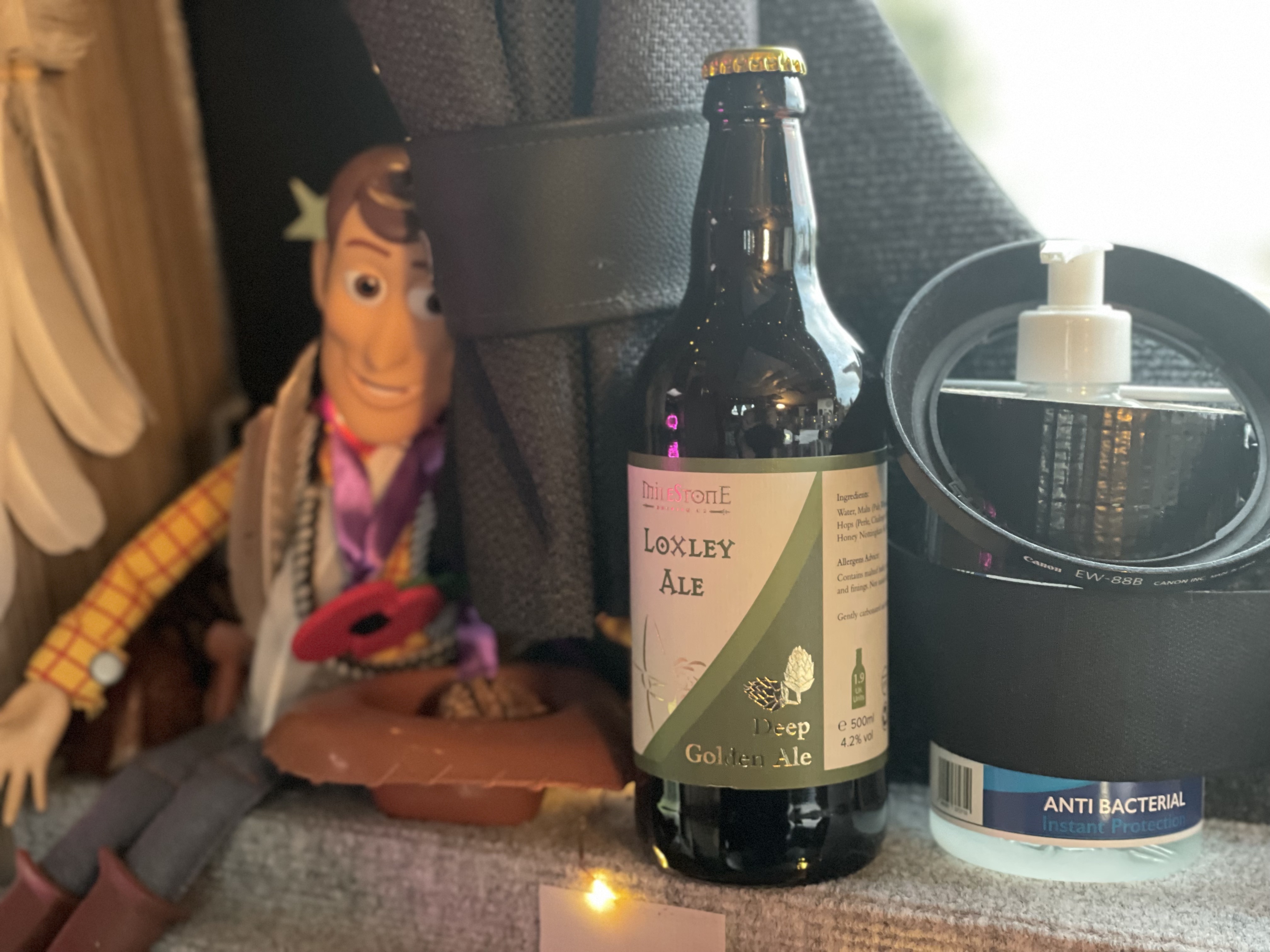

Below is a pic of Woody in Snowdonia this week. I pulled over for an hour to upload some photographs and write some of this digest. I'm on an epic journey from Caernarfon to the Cotswolds. More in next weeks digest.
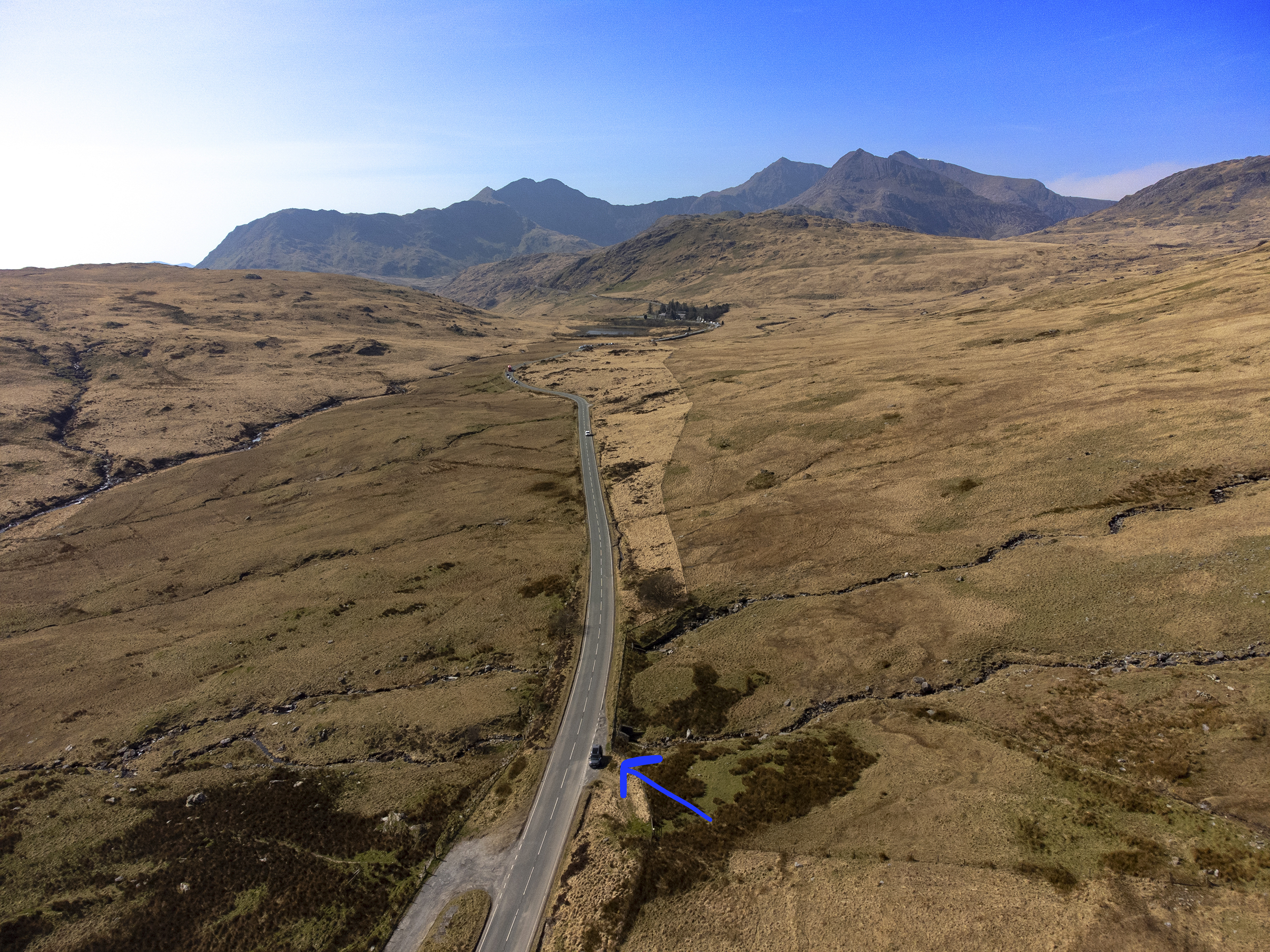
On My Coffee Table
Otherlands by Thomas Halliday is about the history of the earth. It's a breathtaking journey across millennia. The nearest thing you'll get to time travel. If the history of the earth was captured in a day - human occupation of the earth would be for the last two thousandth of a second - there's a lot of time out there to get to know.
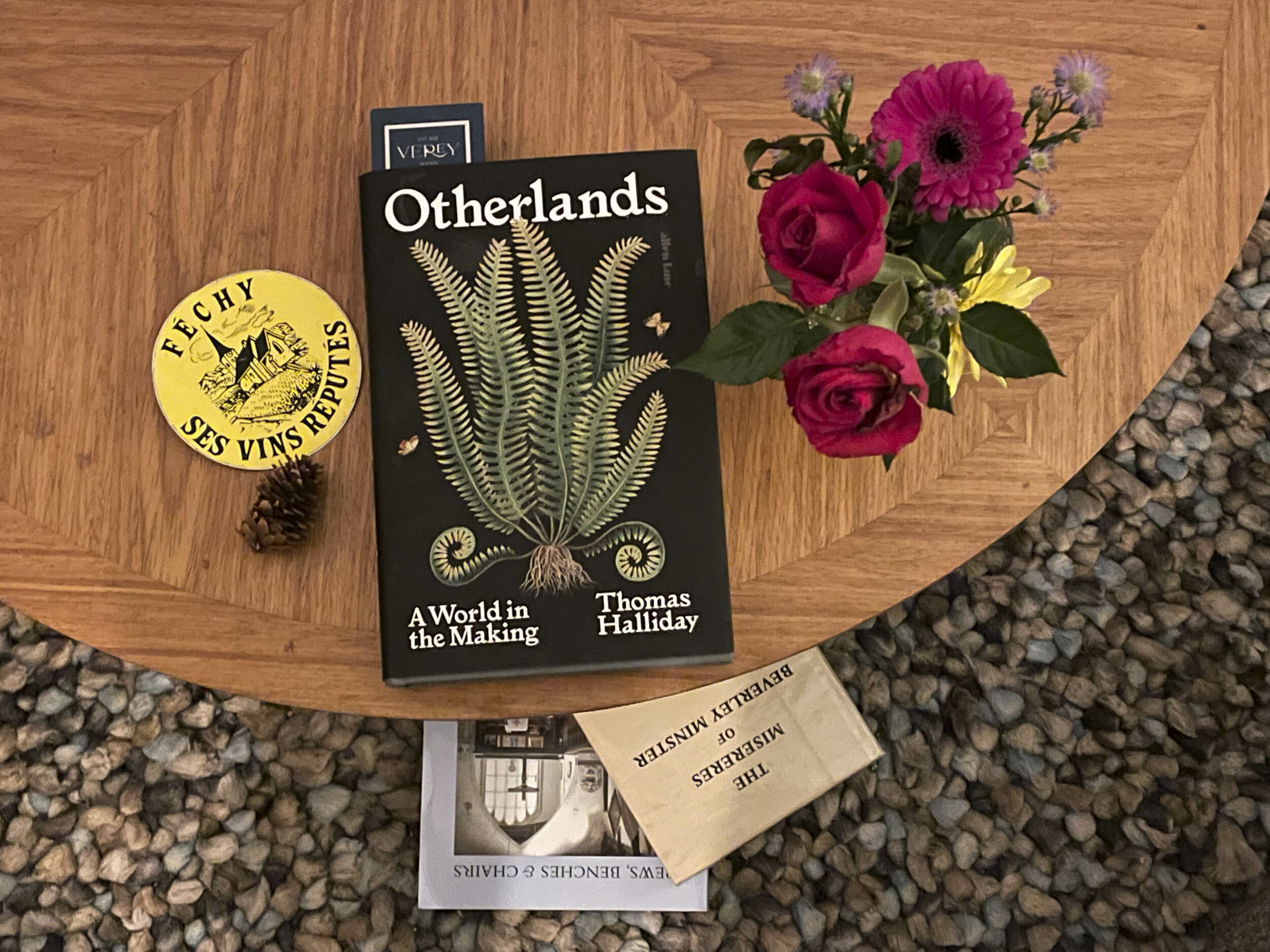
From The Charo's
From the library of Steve Tomlin: Plates to Batty Langley Builders Complete Assistant 1773
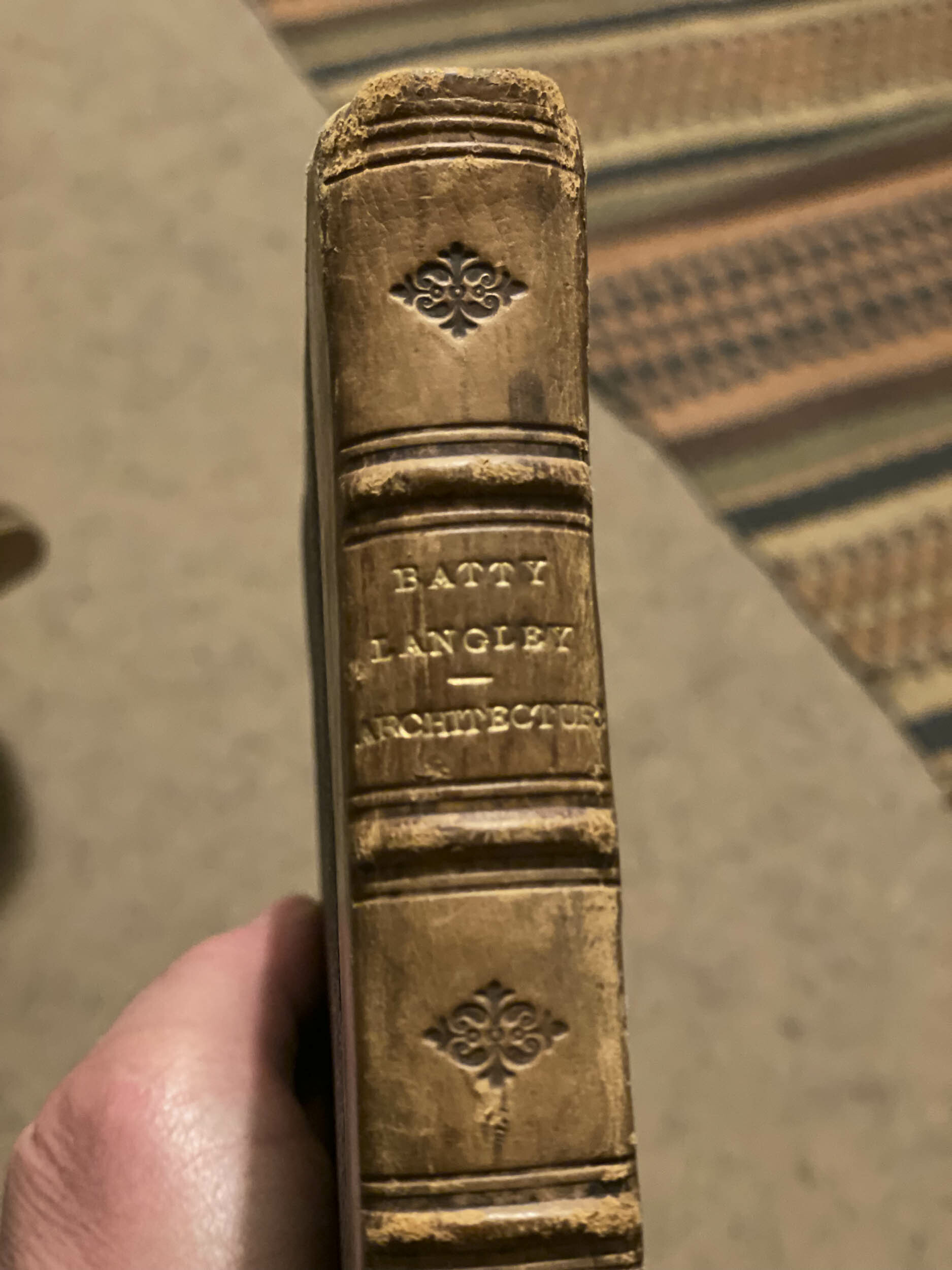
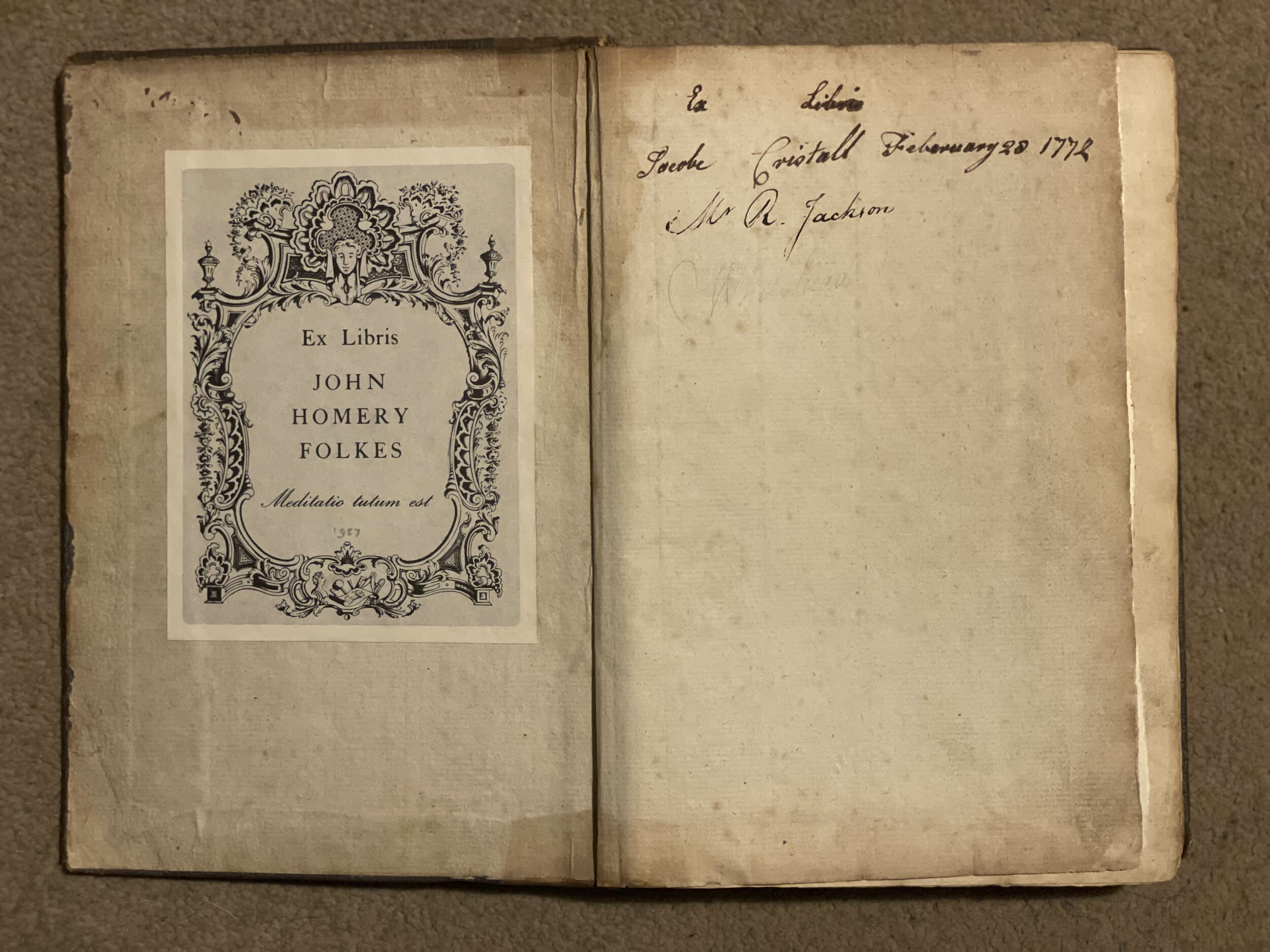
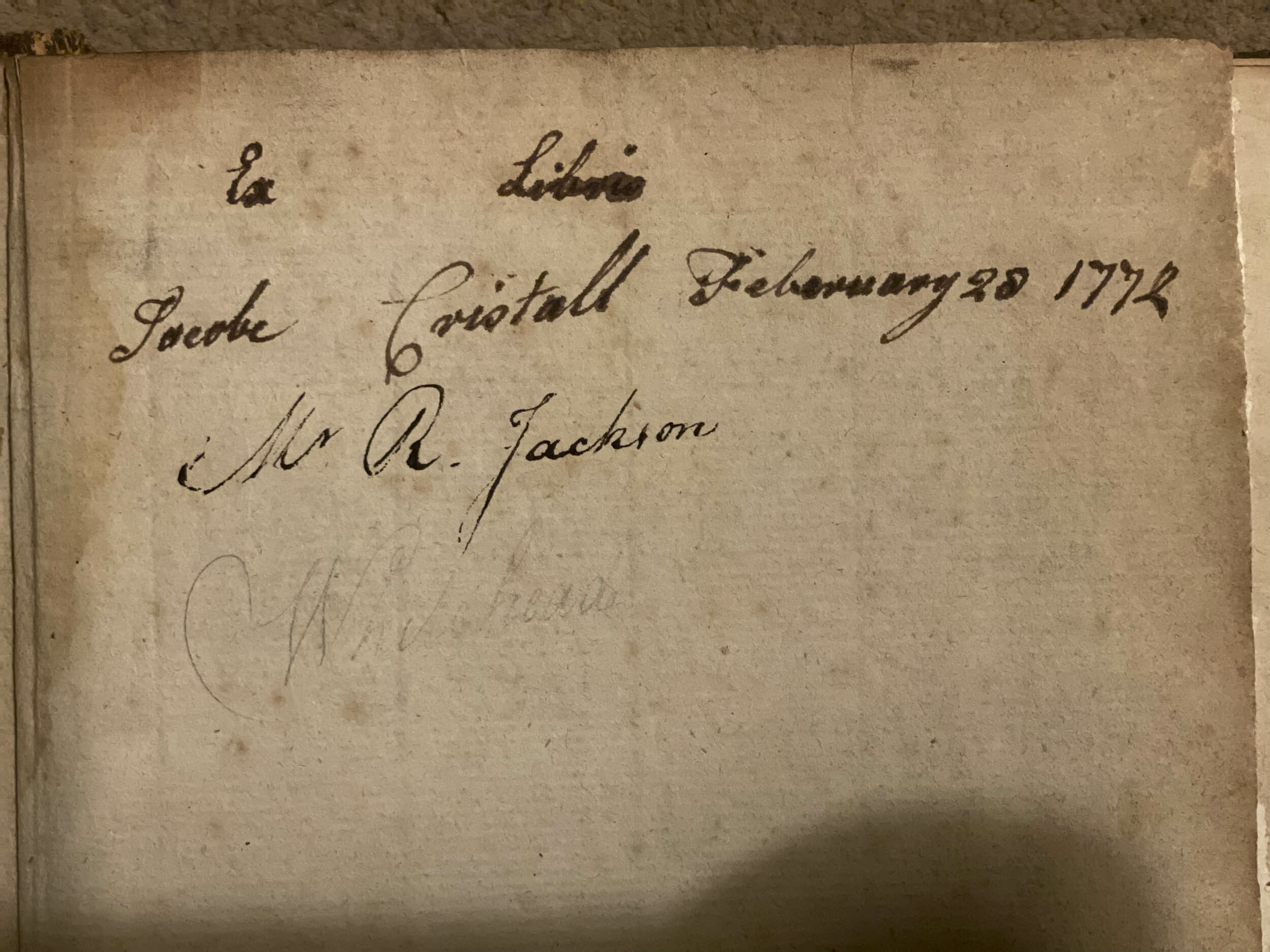
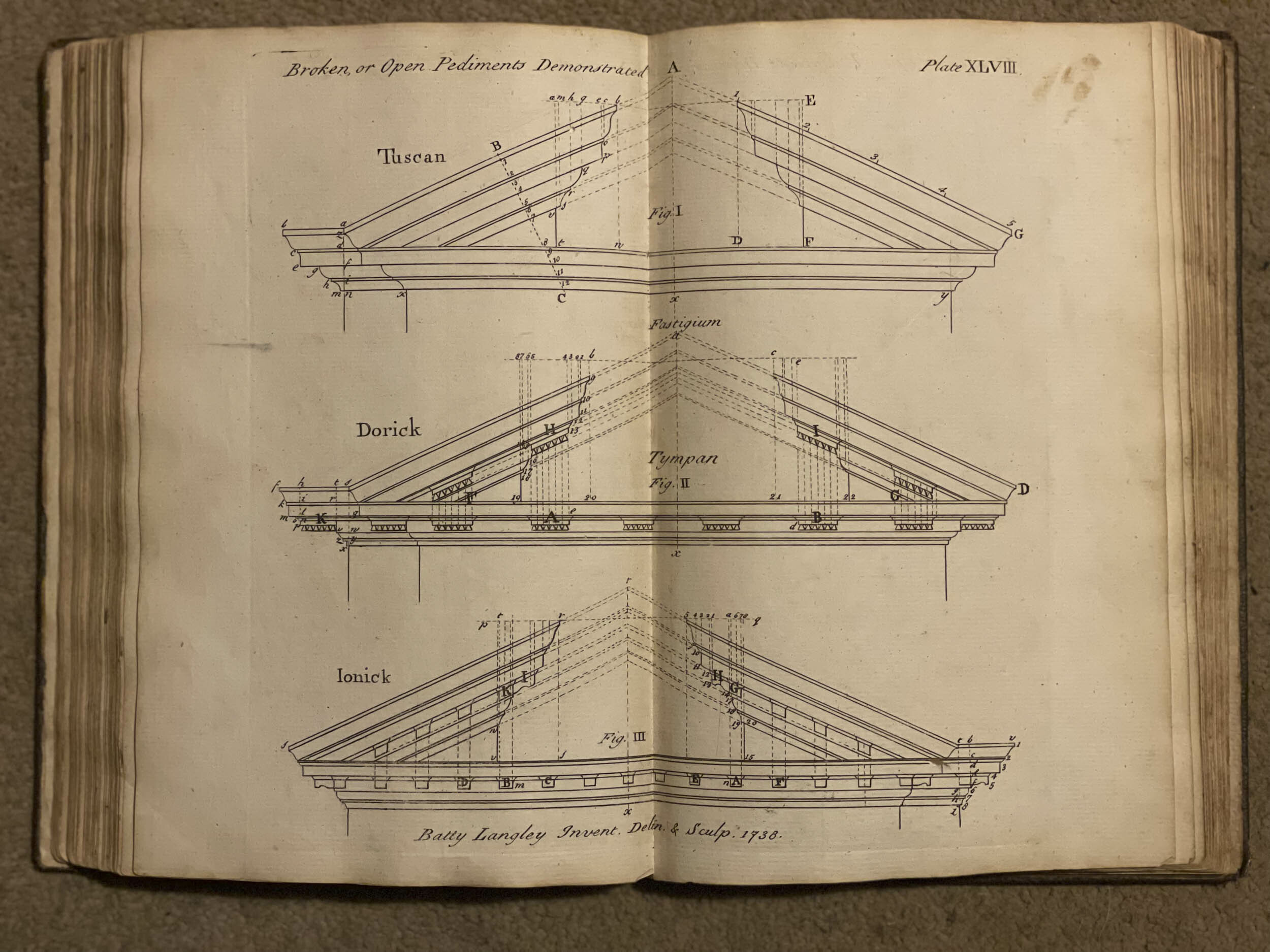
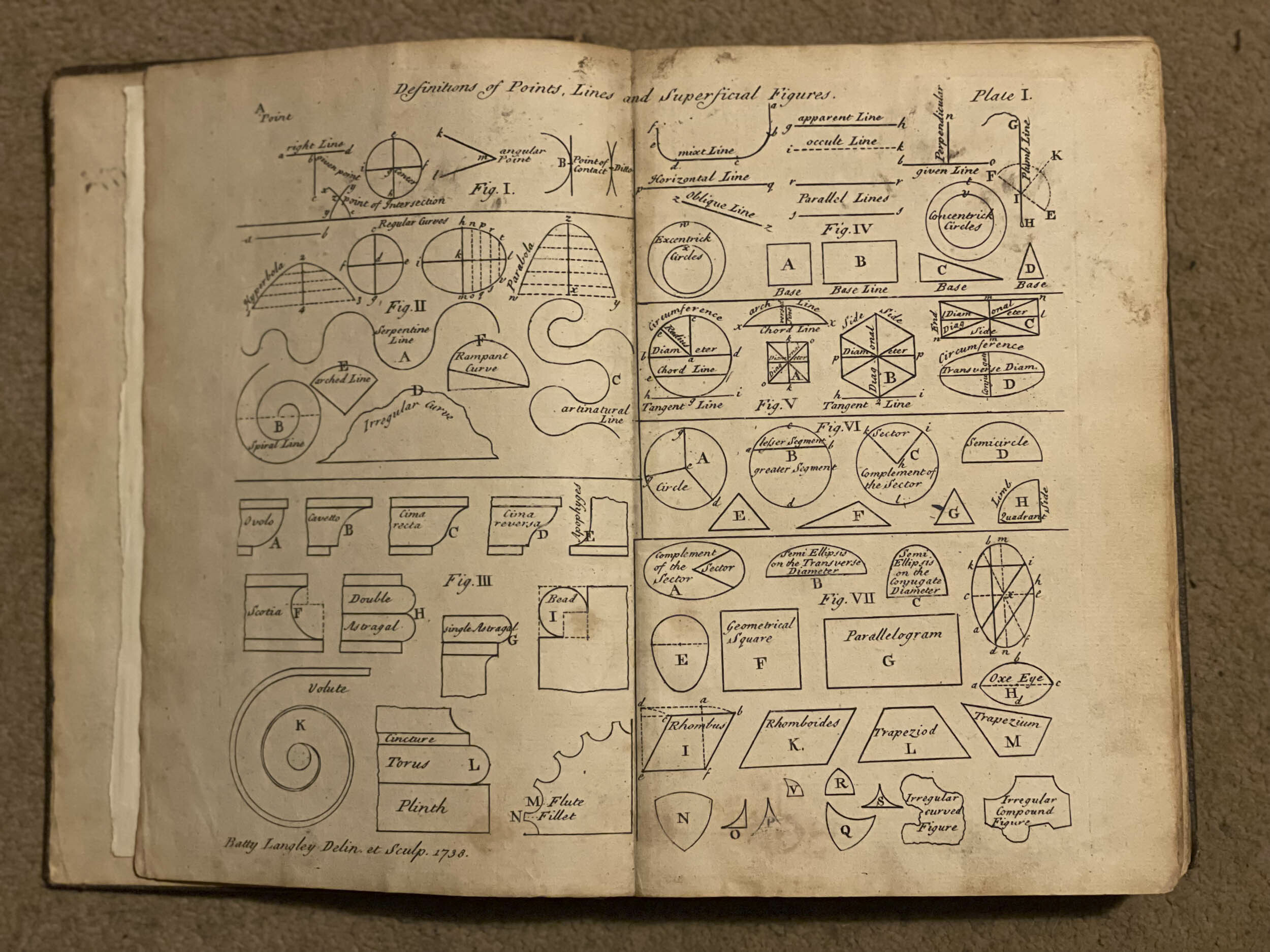
Bookmarked
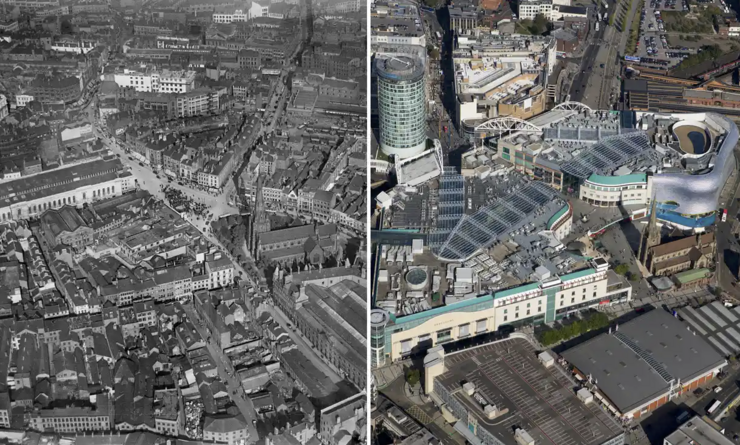
Historic England puts aerial photos of nation’s past online | Heritage | The Guardian
Images of thousands of sites dating from 1919 to the present day made available to view
Film and Sound

‘Rivers run through us’: Willem Dafoe and Robert Macfarlane on why they made a film of the world’s great waterways | Movies | The Guardian
Made by the same team that shot Mountain, including director Jennifer Peedom, this stunning documentary captures the great power and beauty of rivers – and how vulnerable they are to a modern world they helped create

Free History Podcasts | Travels Through Time
If you could travel back in time, what year would you visit? Free history podcasts with the world's best historians
From the Twittersphere
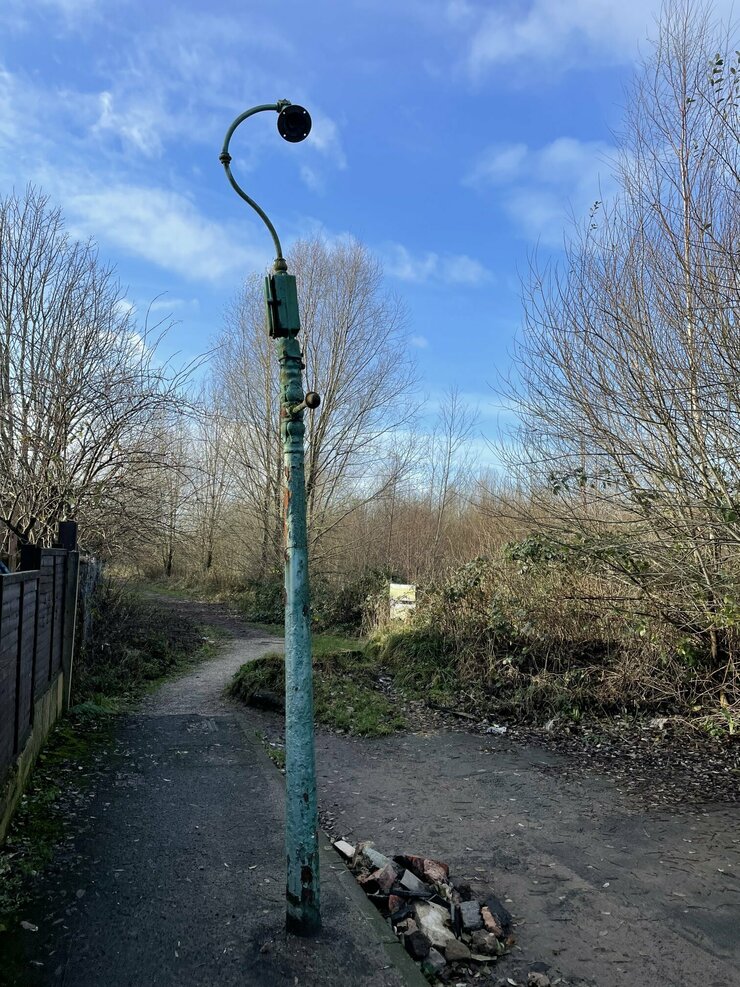
SpiritOfAPlace on Twitter: "A sign of former times: the remains of a former gas lamp in Radcliffe looks innocuous at first - but its lotus leaf decor tells of our ancestors fascination with Egyptian art and history. It tells their story. This lamp is a cultural link to the pyramids of Egypt. #Radcliffe…"
Become A Member
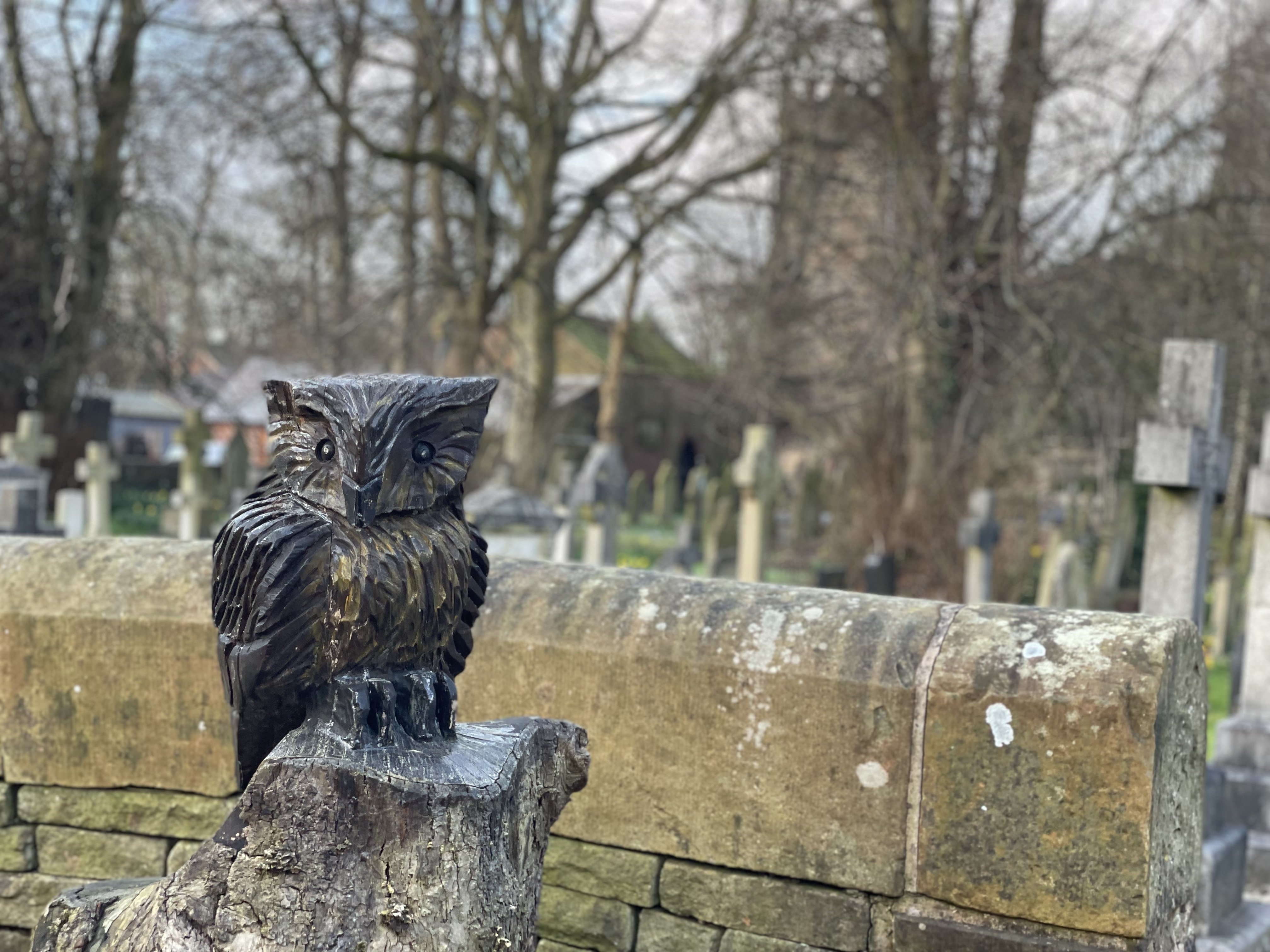
I love creating this digest - it’s a labour of love - and it remains free to all - posted out on a weekly basis, more often than not, from my travels in my van. It documents my engagement with our increasingly threatened historic built environment (heritage). I help others form attachments, ties and obligations to place.
From a Victorian trading shack in Oregon, USA to a medieval church in Stratford, England, our heritage is a vital part of our wellbeing - it nourishes us and contributes to a sense of identity. The aim of this digest is to underpin the significance of our heritage and share it with others to confront creeping baseline syndrome and help others develop new ways of seeing and interacting with the historic environment.
It takes a day every week to produce this digest and you can opt in to support my work by becoming a member. There are some juicy member benefits too - become a member here.
Thank You. 📸🚐🏛
Thank You!
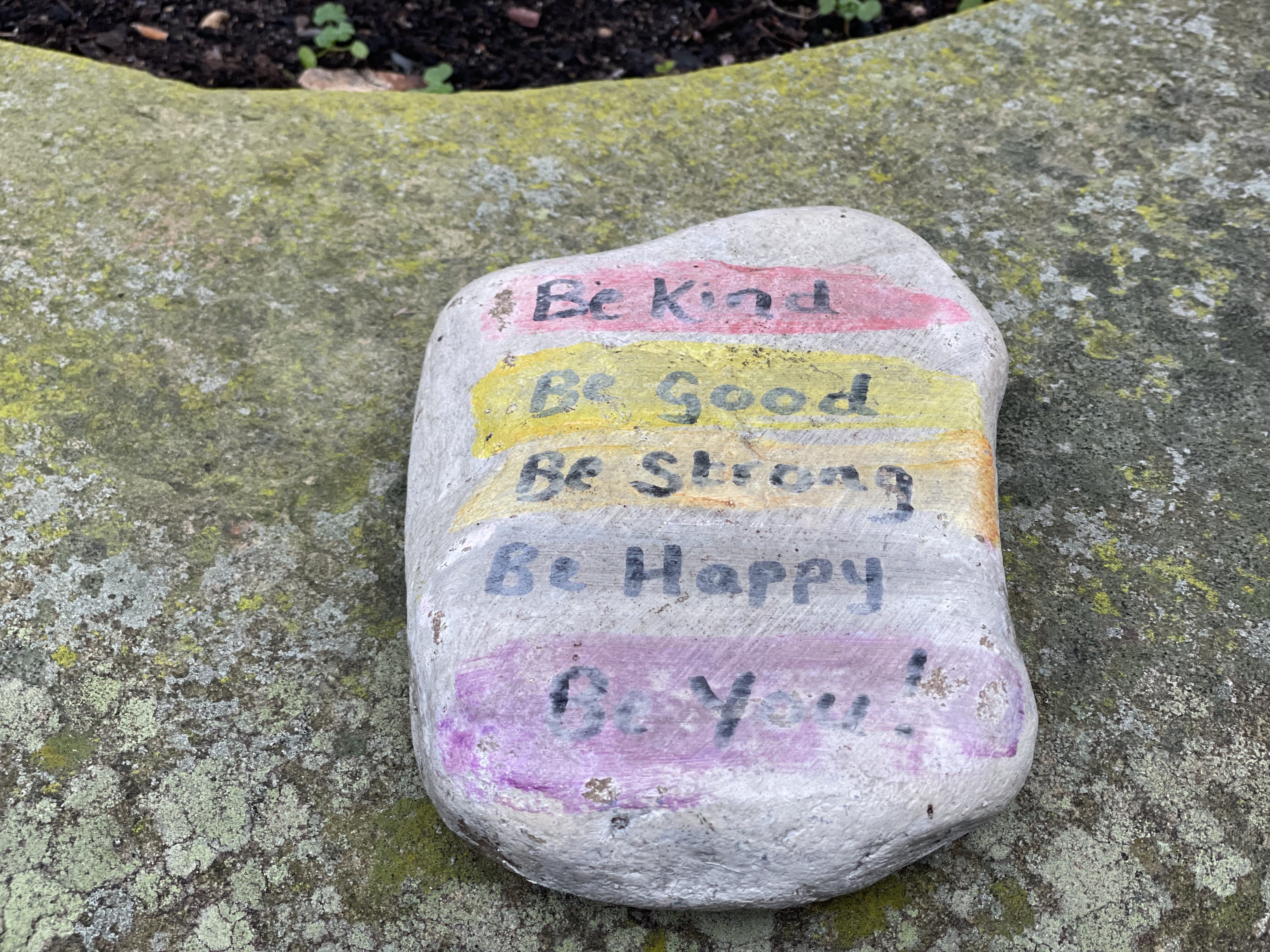
A huge thanks to those that have signed up for membership.
As well as the weekly Digests, you’ll also receive an exclusive ‘Patina’ monthly digest at the end of every month. Here you’ll be able to glimpse insights into how my book is developing (with extracts) and also get a link to your free digital download.
New Members
New members can access the other Patina digests here. Click on the relevant Patina issue and follow the instructions to read. This is the best way to read my book excerpts from the start.
And Finally...
Bell Ringers Rule.
From St. Mary's, Stow, Lincolnshire.
It was fascinating the read the bell ringer's rules - but it was the curtain design that took me back in time.
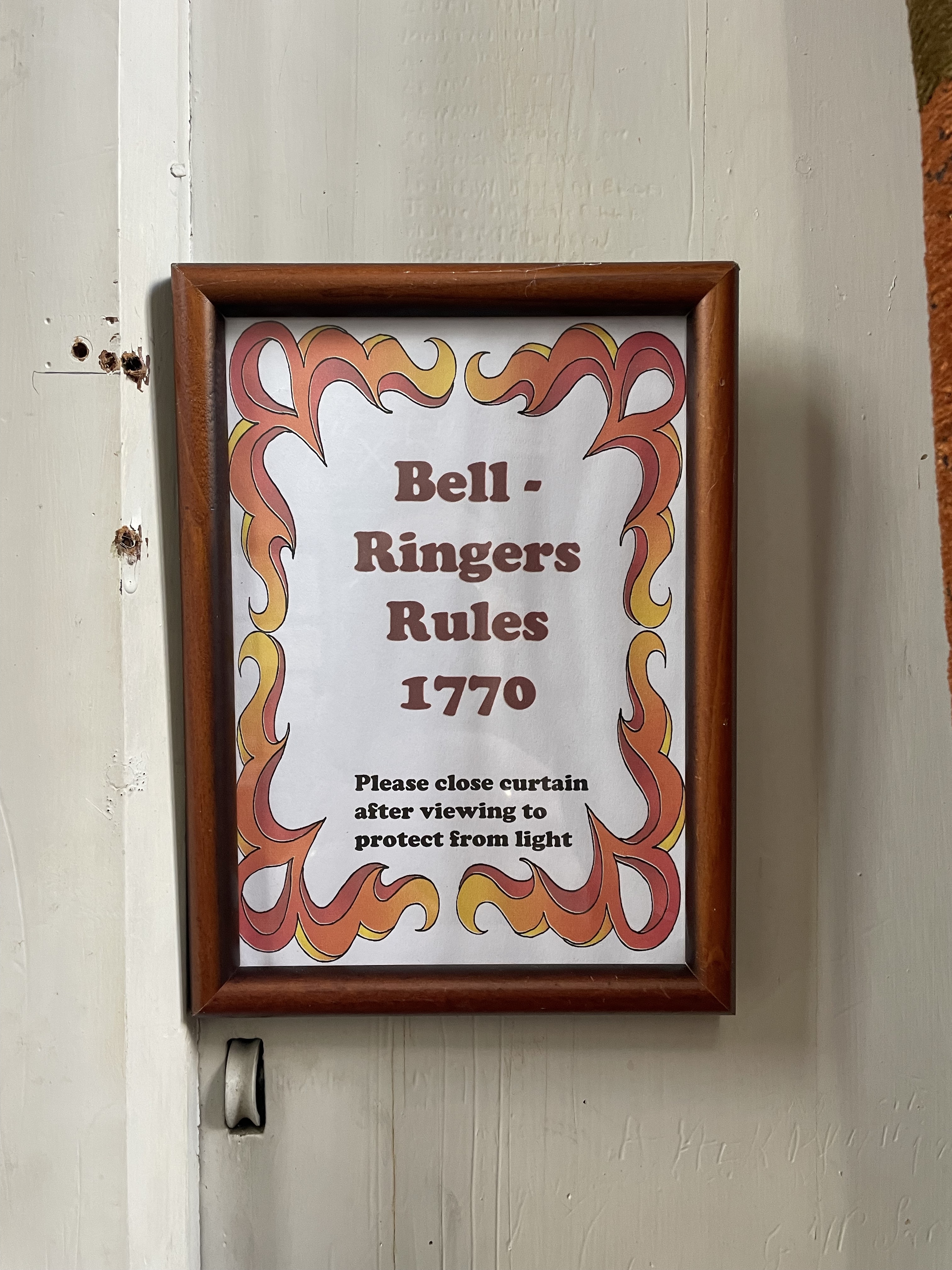
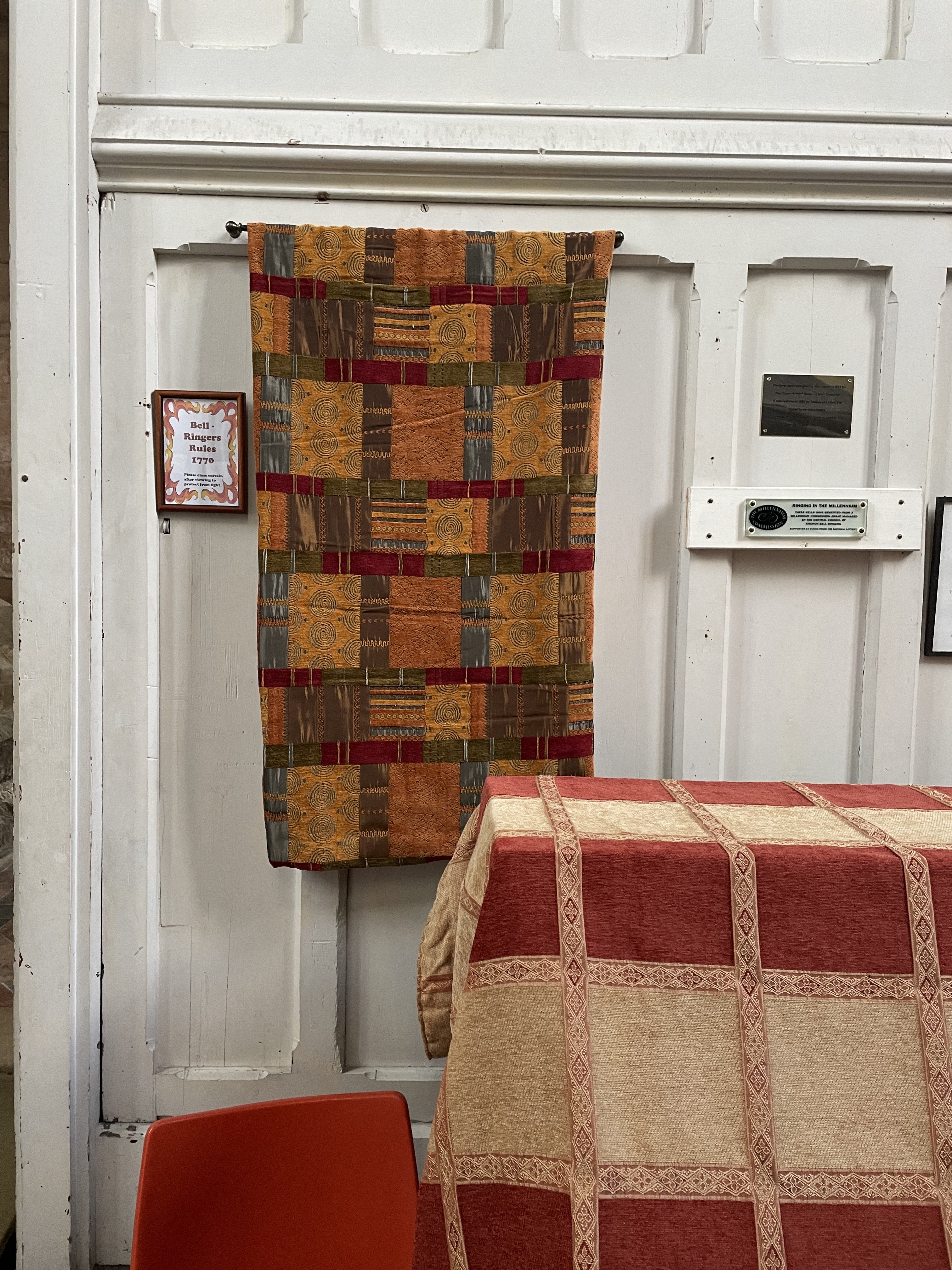
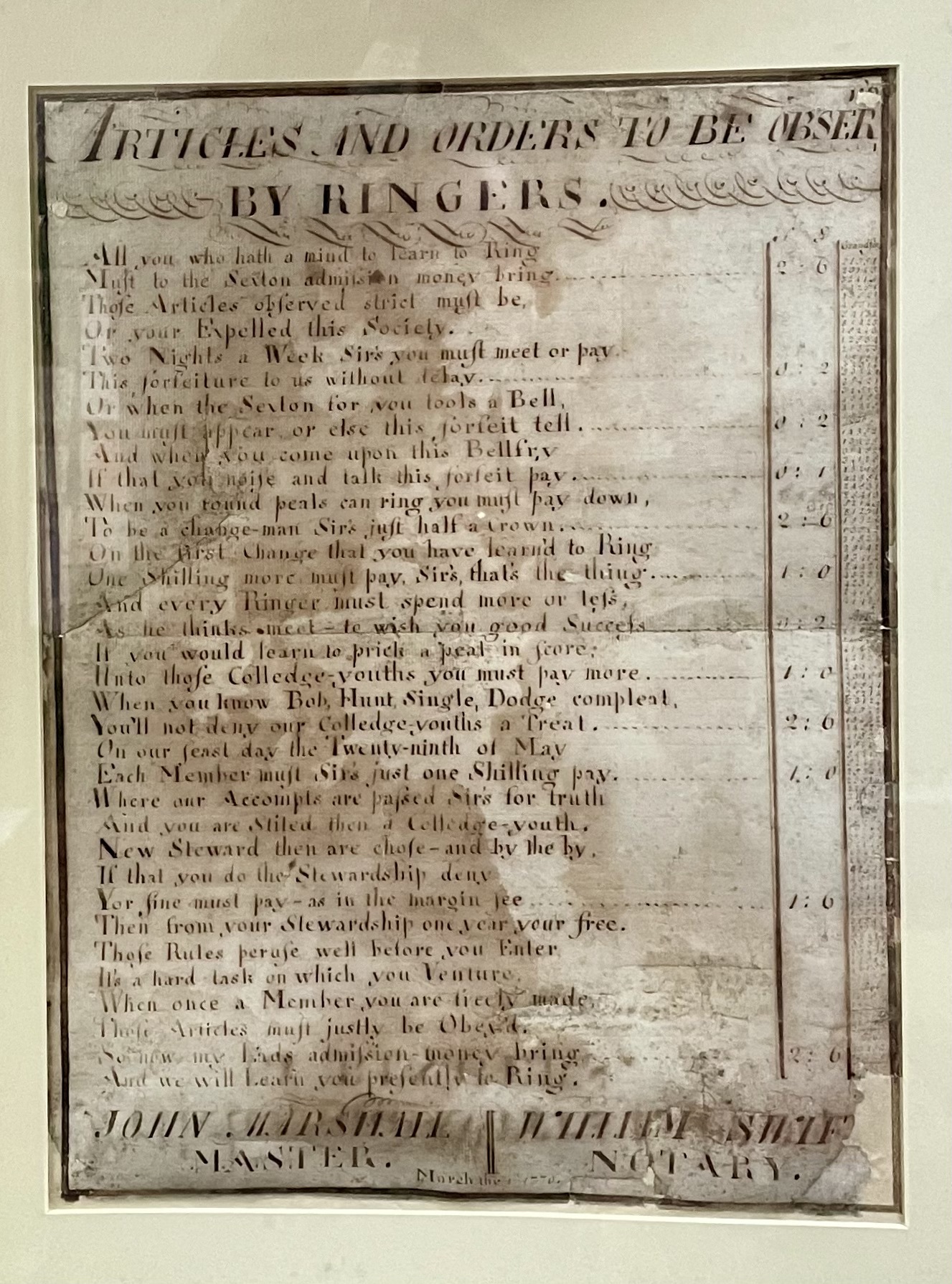
My Linktree



Member discussion